At A Glance
Nearly 500 species of birds live in, vacation in, or pass through North Louisiana. Birds are the most seasonal North Louisianans, and while many live here year round, you’ll have the opportunity to meet the most different species in the winter when Canadian and Great Lakes birds join us.
The locations in the badges are the biomes where we’ve met them (and where we think you’ll be most likely to come across them). That doesn’t mean they don’t hang out in other places.
Species of Raptors
Species of Warblers
By The Numbers
Learn more about birds in North Louisiana.
Species of Hummingbirds
Species of Birds
Species of Waterfowl
Blackbirds
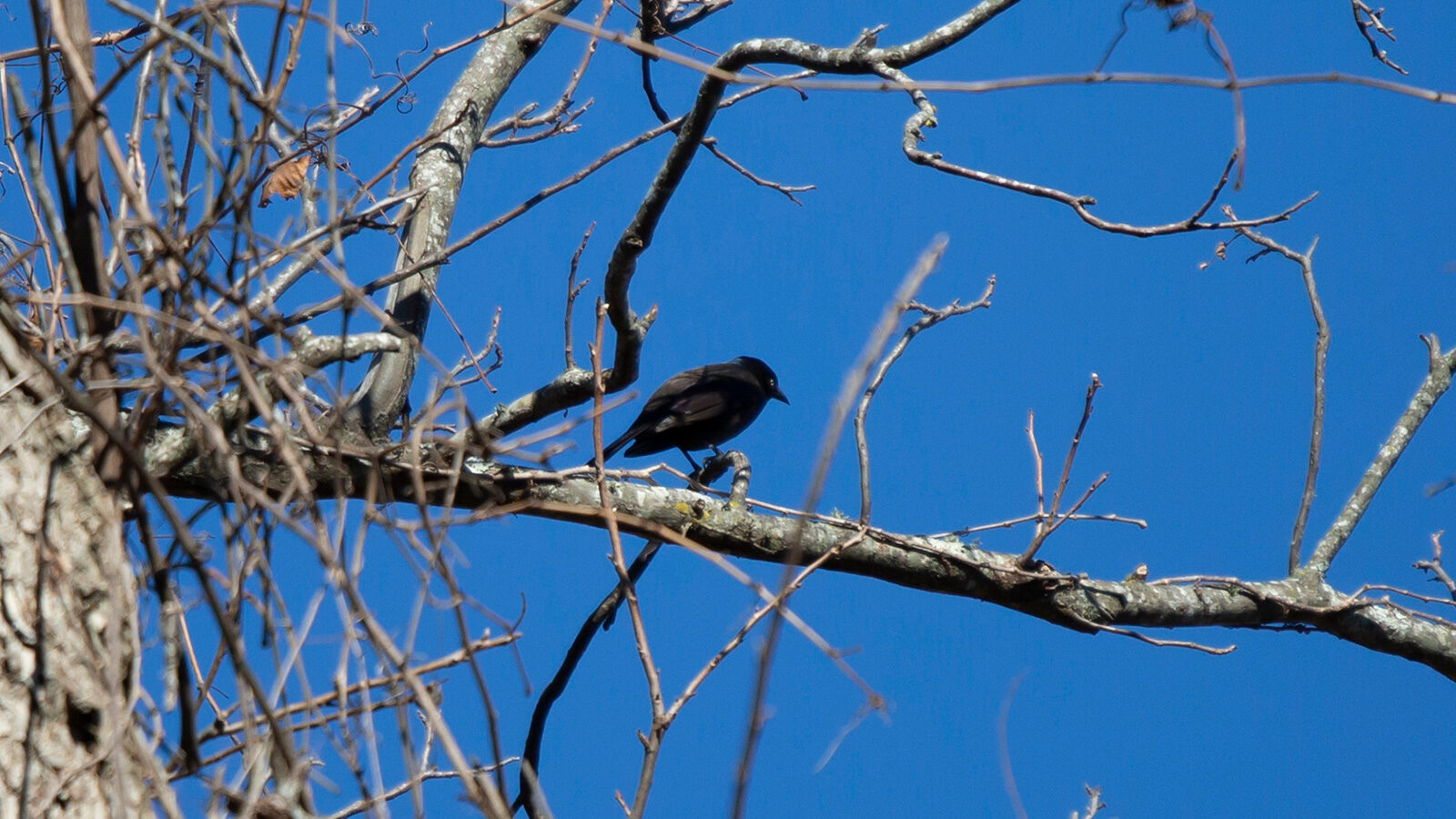
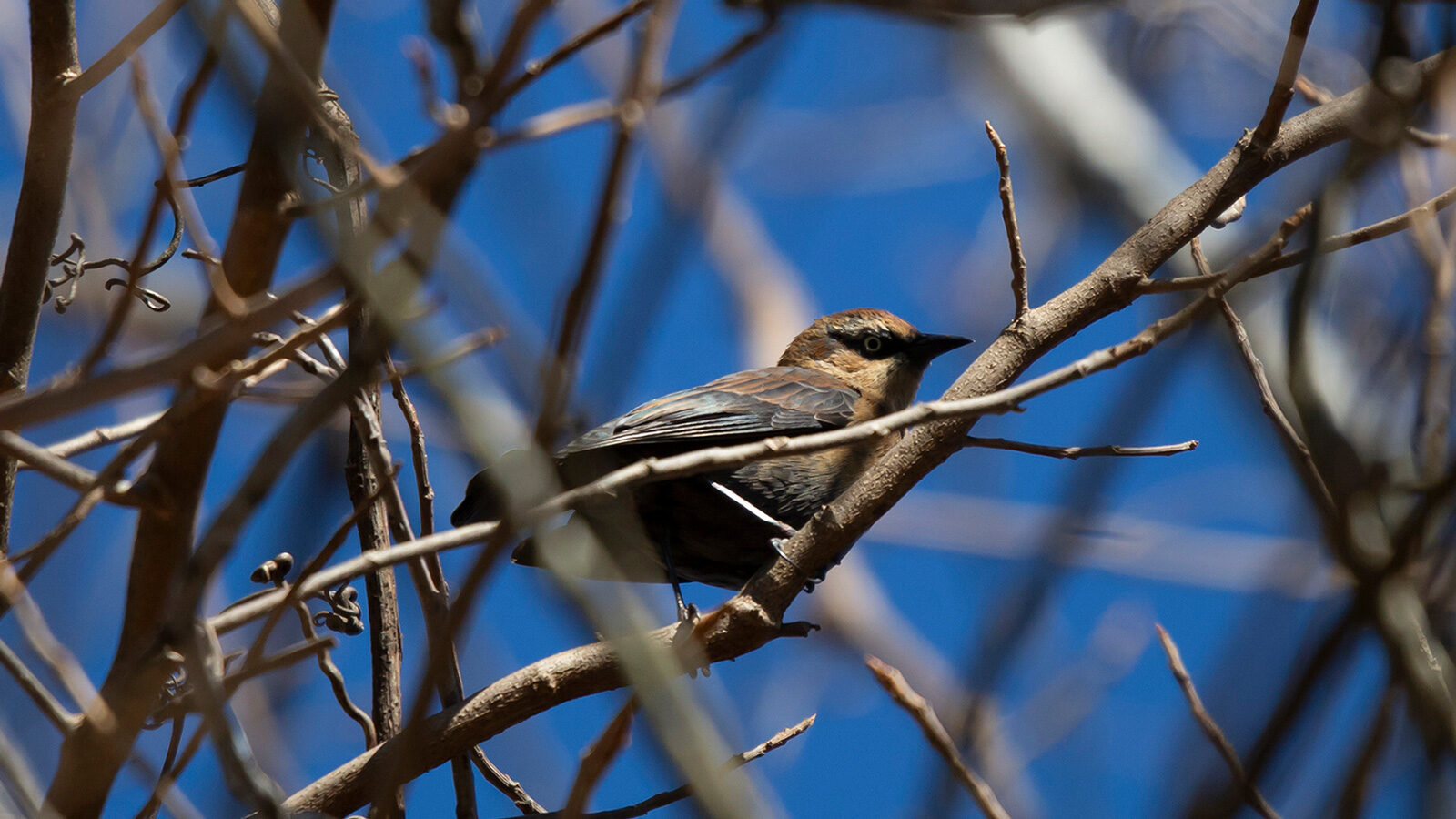
Rusty Blackbirds
These birds hang out in forested areas around swamps and lakes. The females are brown, while young and wintering males are rusty- colored. During mating season, the males are shiny black.
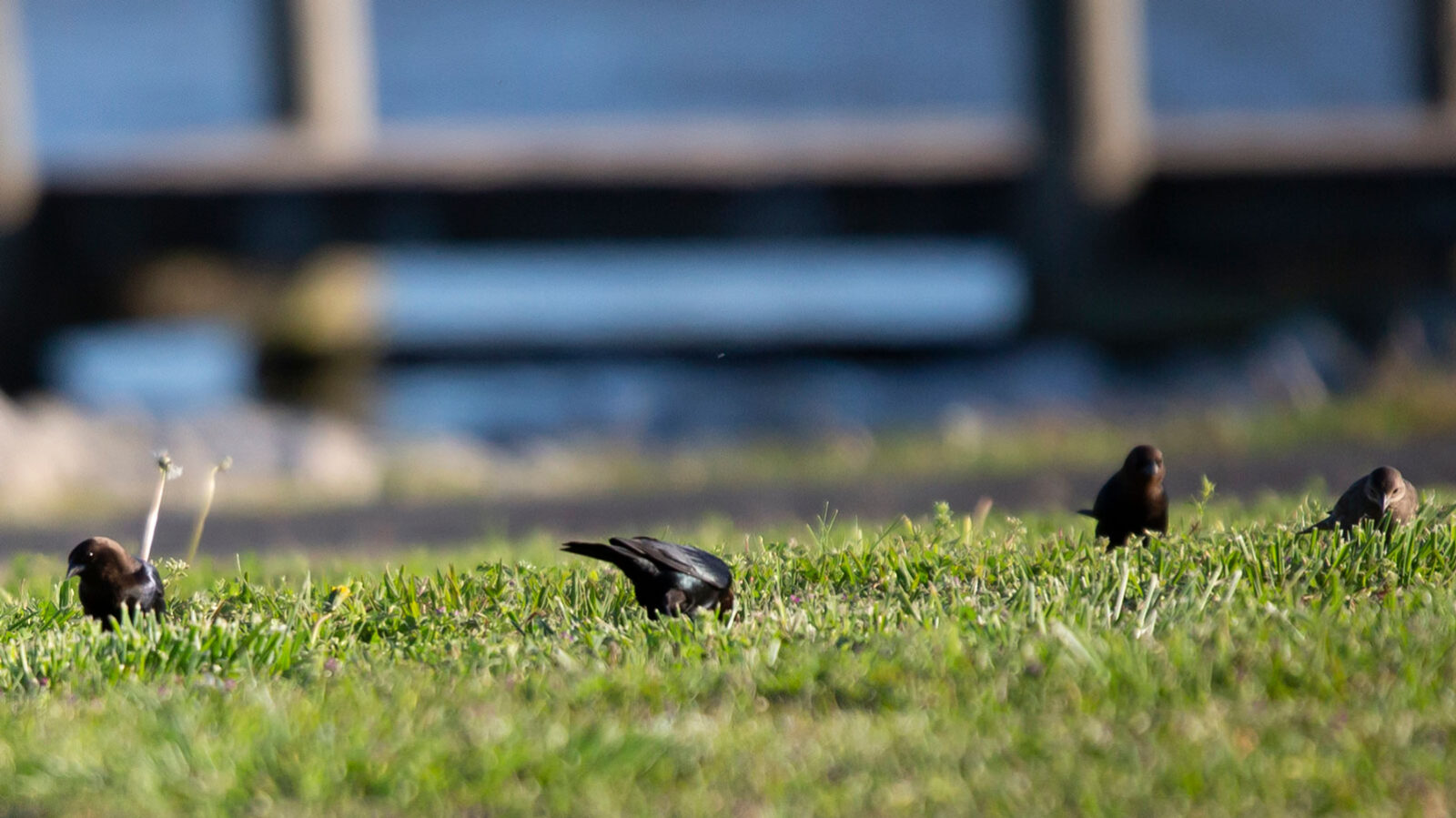
Brown-Headed Cowbirds
You'll find these noisy blackbirds birds, often in flocks, foraging on the ground near lakes. They tend to snack on well-kept lawns near picnic areas.
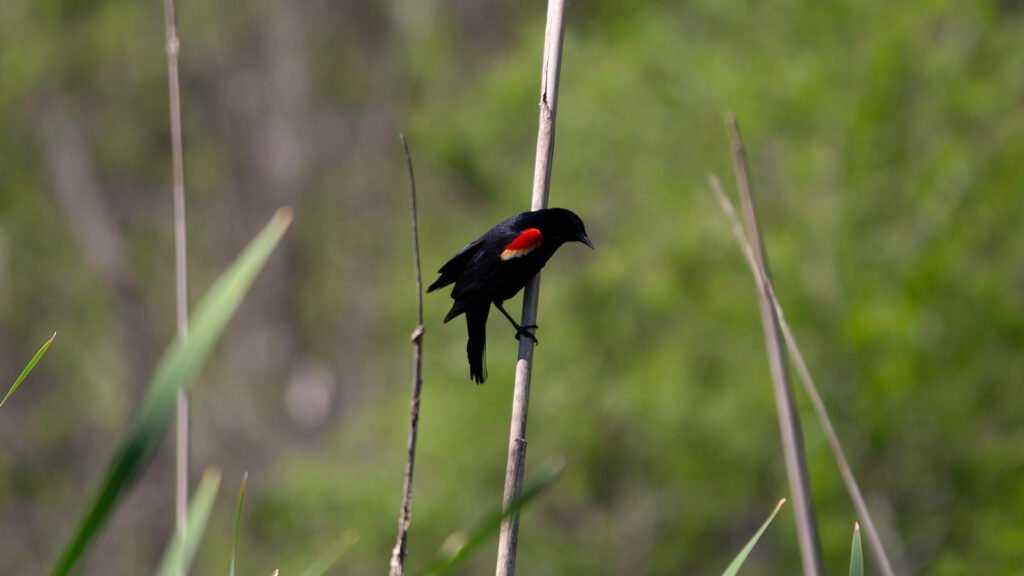
Red-Winged Blackbirds
You'll see red-winged blackbirds hanging out on weeds, logs, tree tops, and wooden platforms in the wetlands throughout North Louisiana. You'll probably notice the males quicker than the females because of their bright black color and bright red and yellow wings.
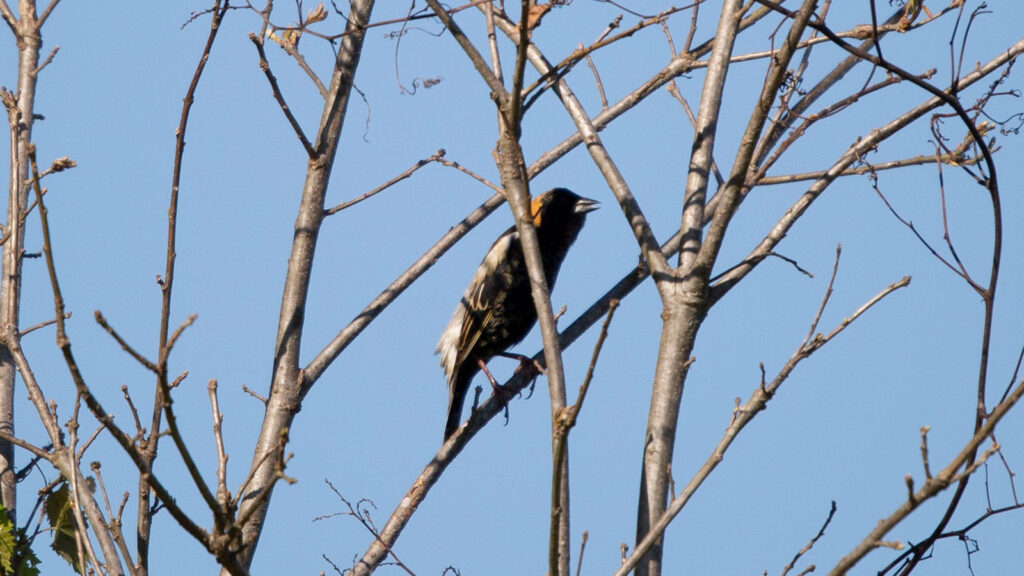
Bobolinks
You'll find bobolinks between late April and early June. You can find these red-headed blackbirds in swampy grasslands or dry weedy areas near water.
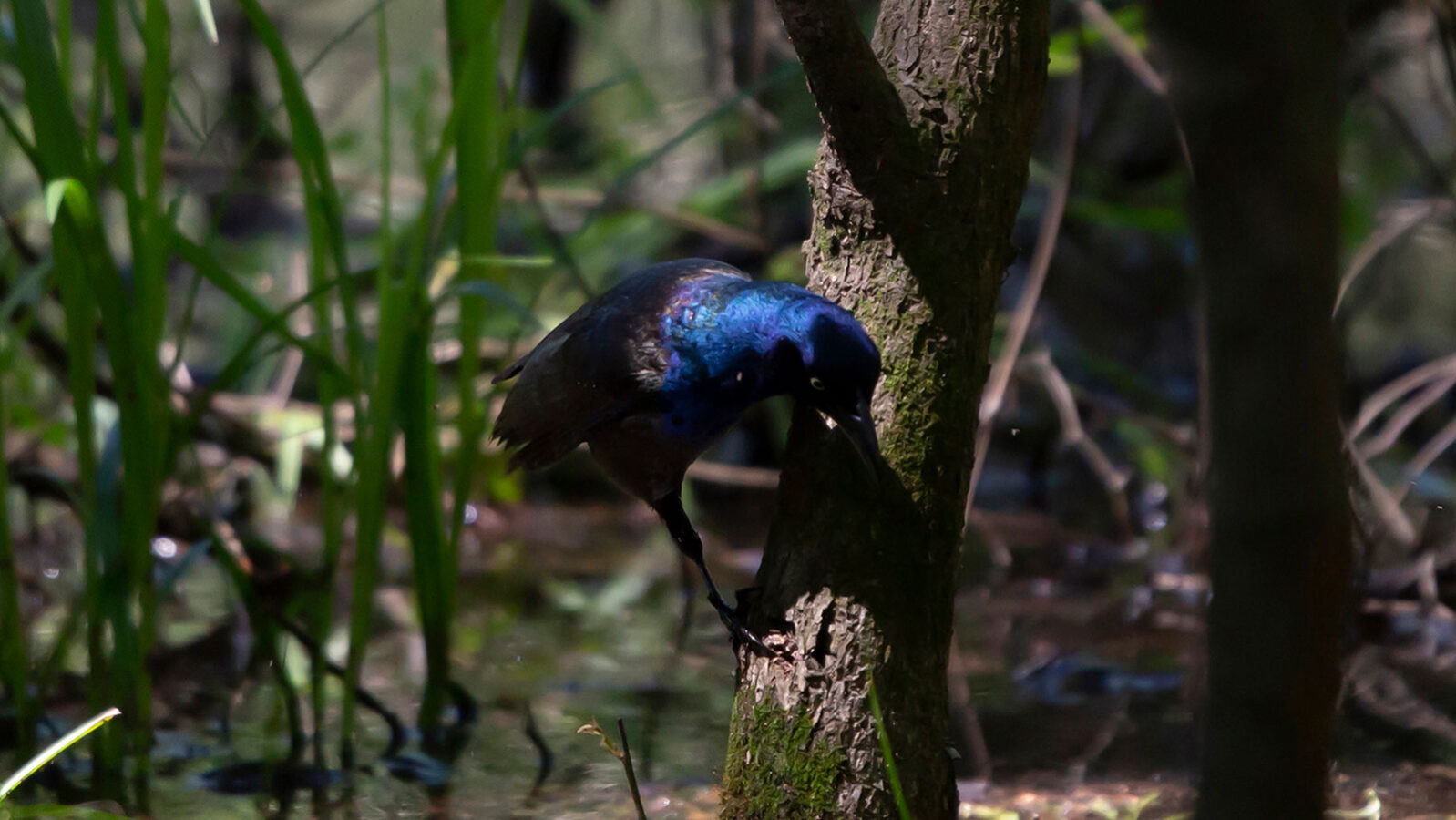
Common Grackles
These blue-headed blackbirds will be flying above or foraging for bugs in trees and on logs in swamps. You'll probably recognized their whistle as they call out from their perches in bushes and low- to mid-level tree branches.
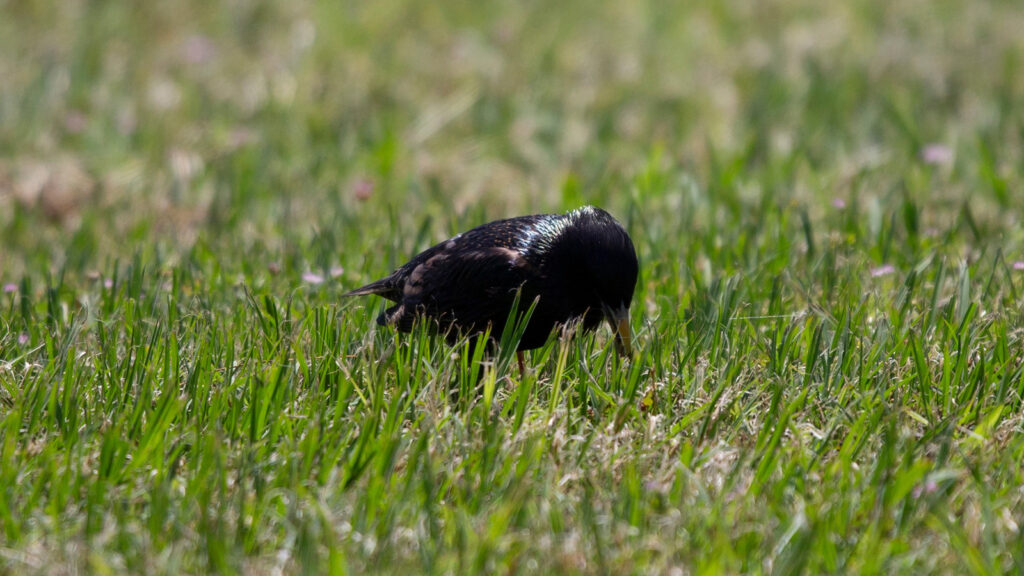
European Starlings
Starlings are invasive birds who migrated south from NYC. You'll find these Shakespearean invaders in trees over lakes, foraging on lawns. Like other blackbirds, starlings are usually somewhere near water.
Doves
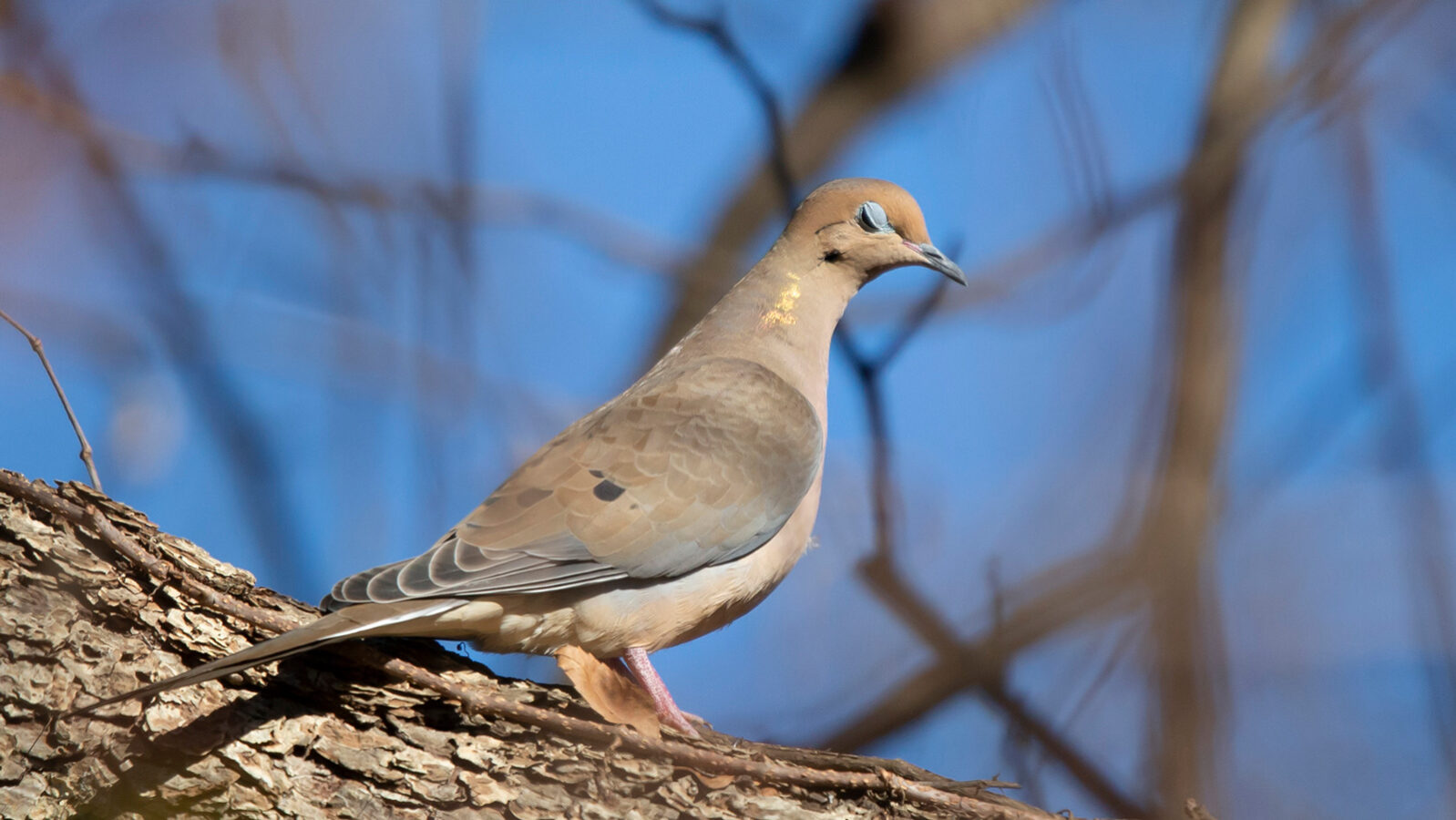
Mourning Doves
You'll find mourning doves throughout North Louisiana year round. These common birds hang around forests -- especially in areas of the forest near meadows, wooded areas near lakes, towns, and yards. You're likely to see these doves on power lines.
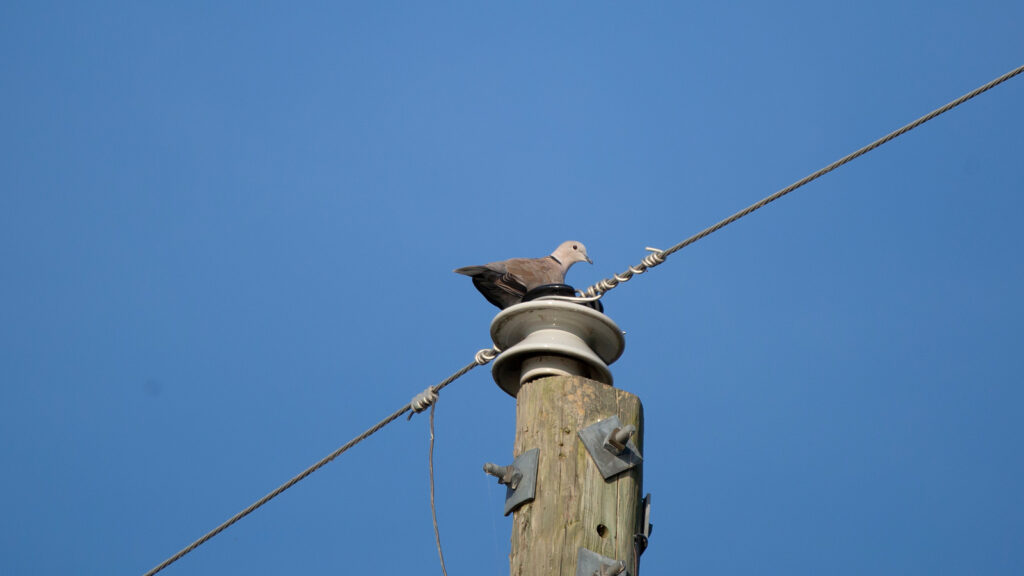
Eurasian Collared-Doves
Eurasian collared-doves live in North Louisiana year round. You're most likely to spot these doves hanging out on power lines in towns throughout the area. You'll also find them in state parks and lake landings throughout the area
Ducks, Geese, & Other "Waterfowl"
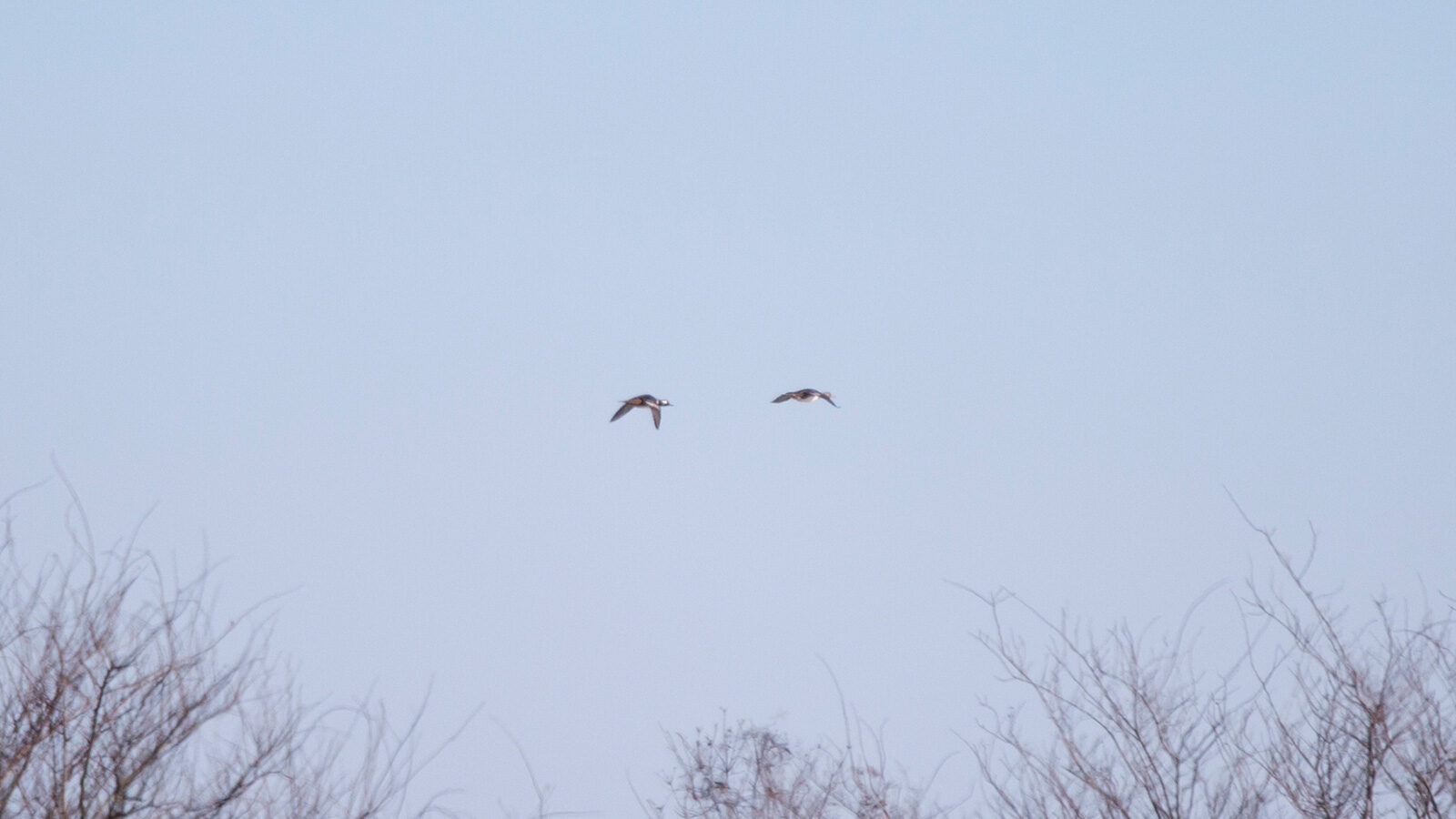
Buffleheads
These birds hang out in the same areas as mallards, gadwall, and wigeons. You'll find these ducks in wetland areas and large lakes during the winter.
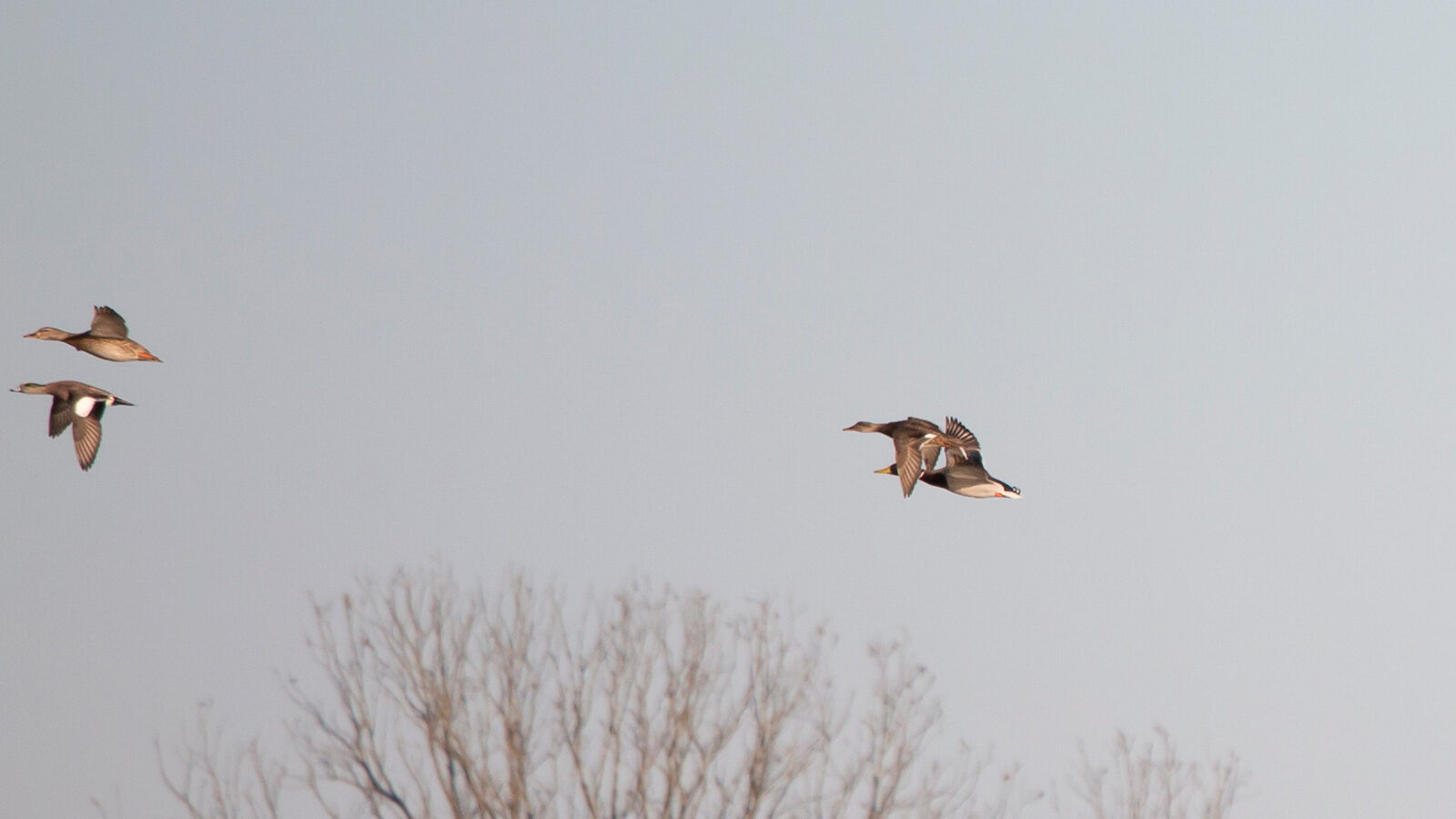
Gadwalls
Learn More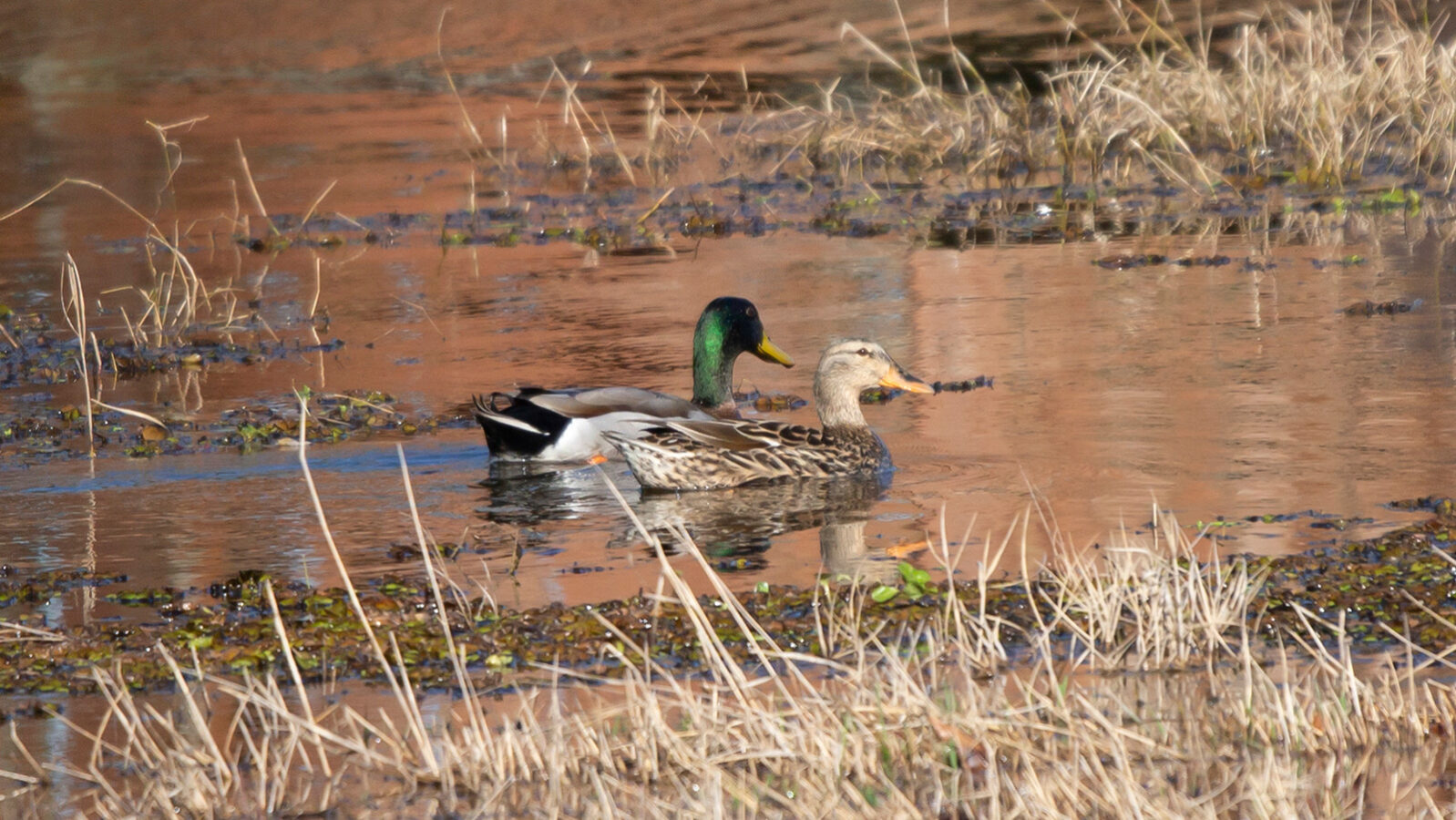
Rouen Ducks
Rouen ducks, like Pekin ducks, are domesticated mallards bred for meat. These ducks look like bulkier mallards, but they're more people-friendly than their wild doppelganger. You're most likely to meet these ducks in parks.
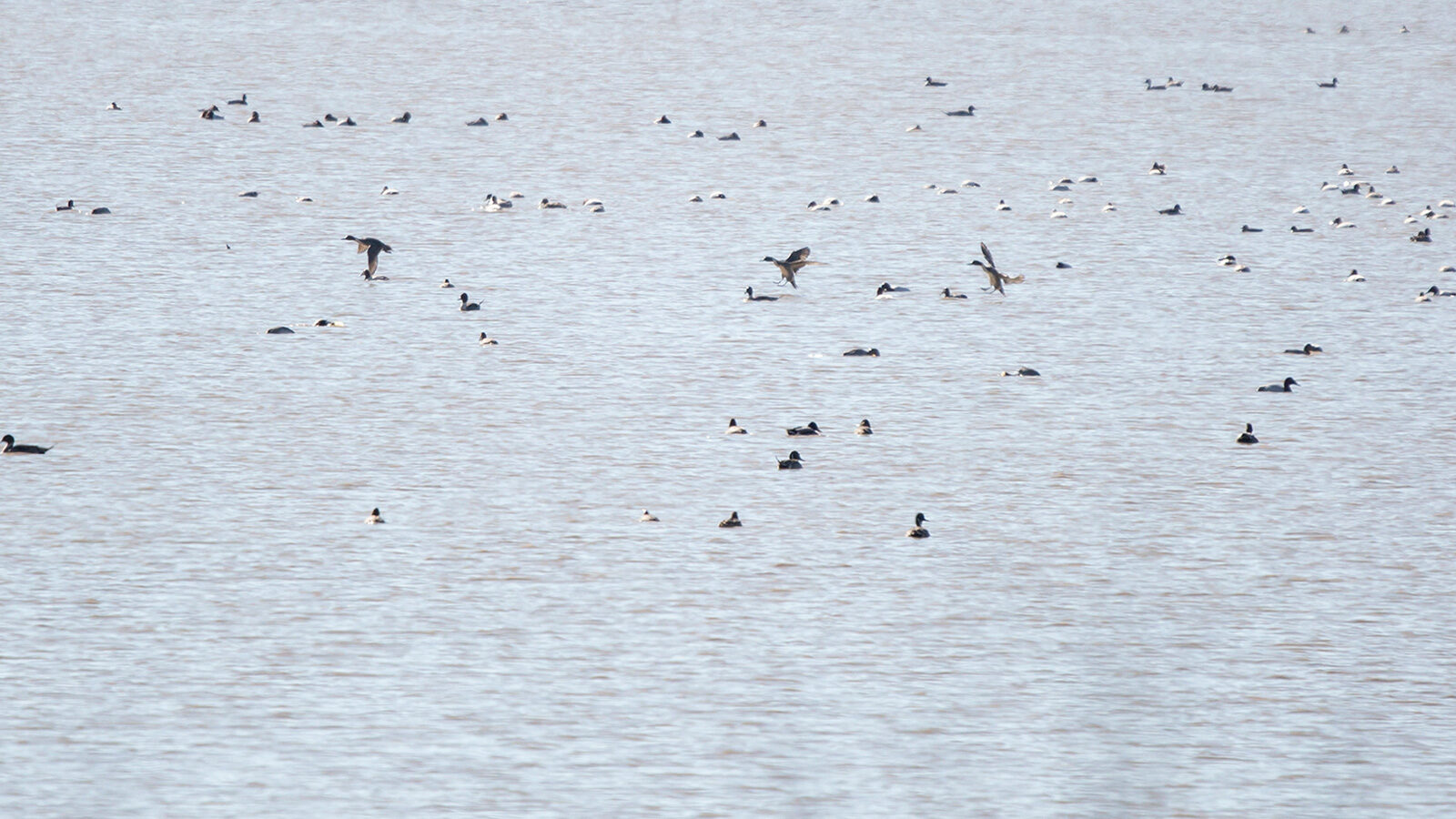
Northern Pintails
Learn More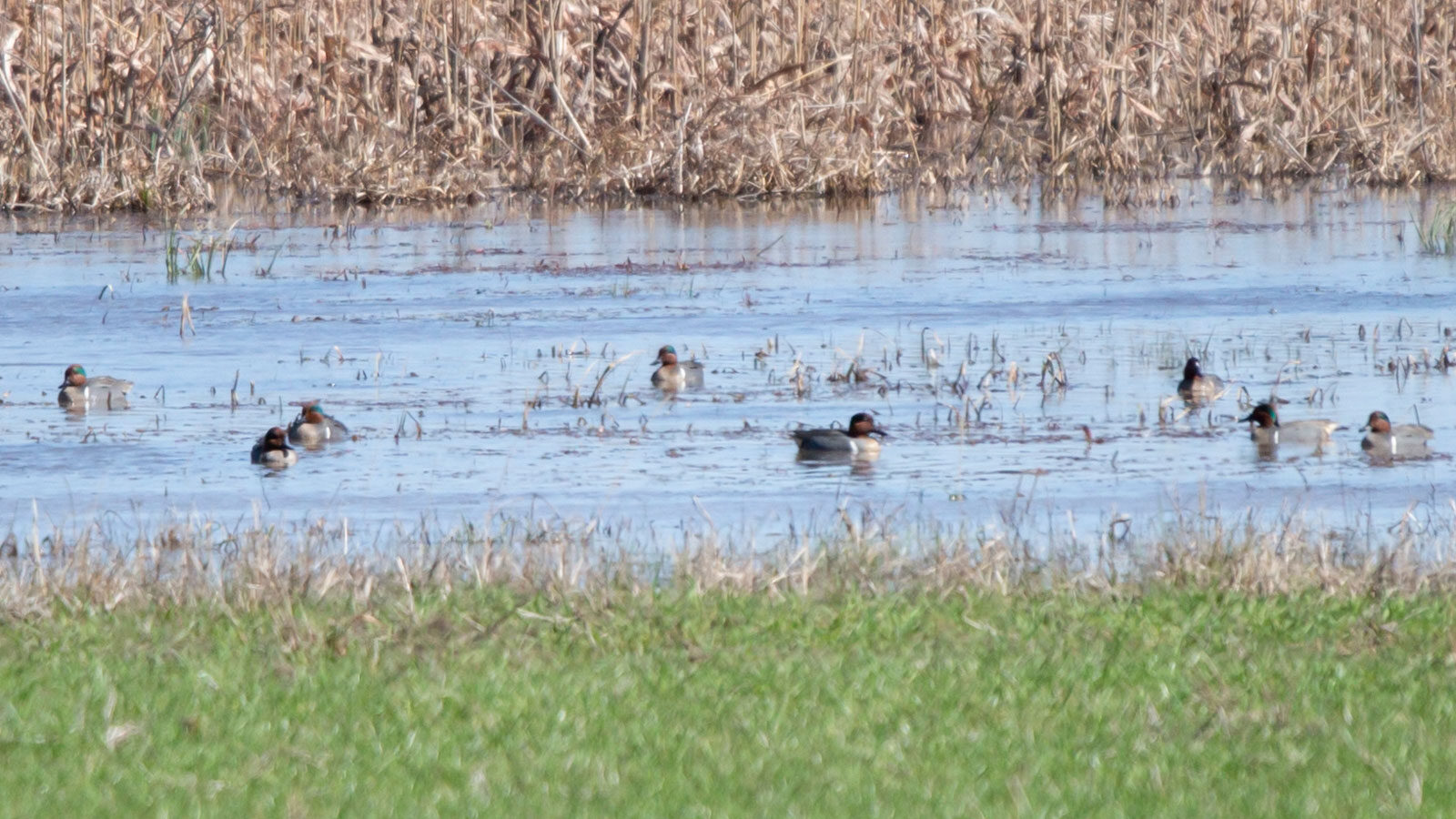
Blue-Winged Teals
Learn More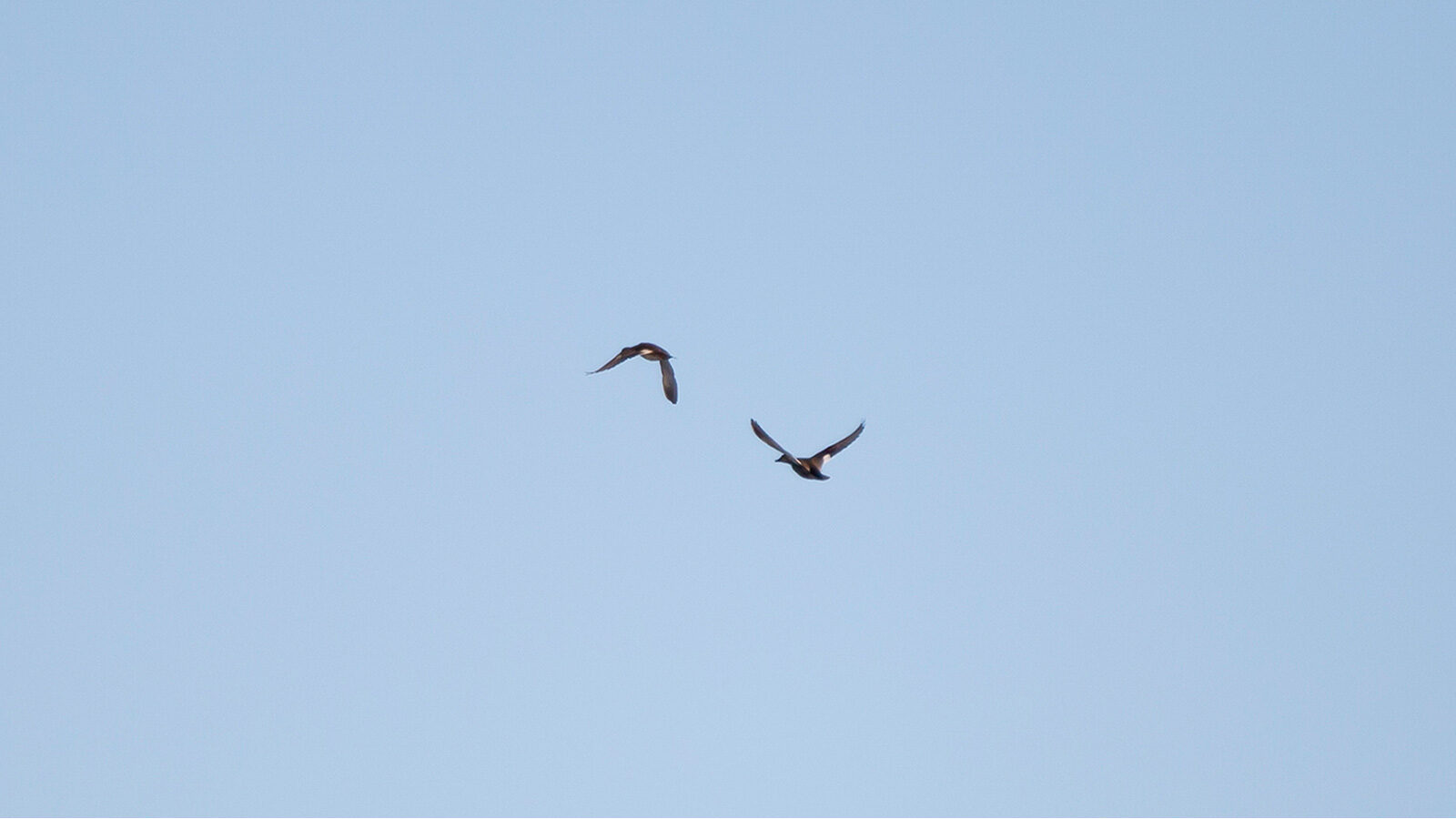
American Wigeons
You'll find American wigeons hanging out in large flocks with gadwall and mallards. They'll generally be swimming in swamps or large open bodies of water.
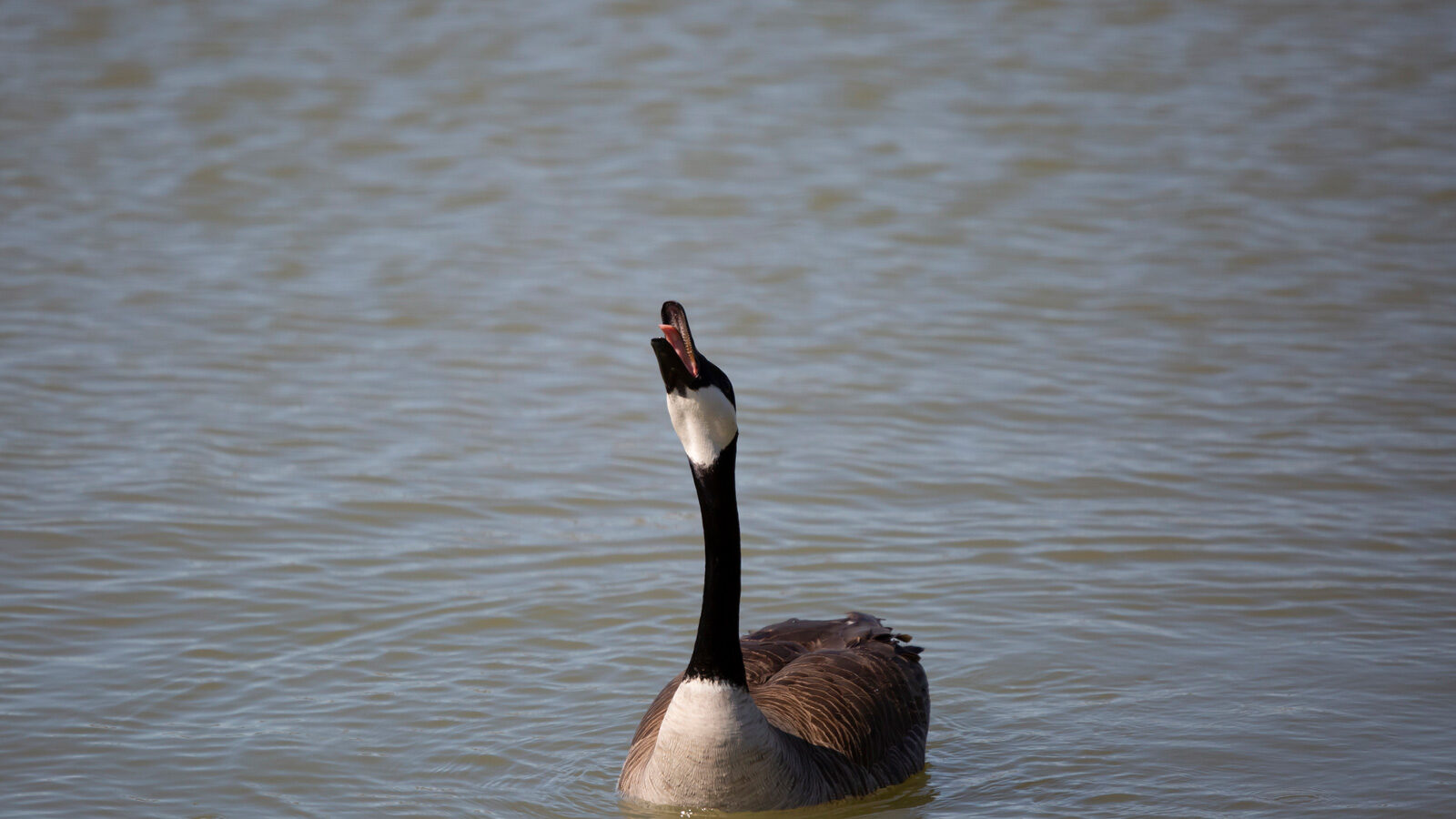
Canada Geese
You'll find these geese in North Louisiana's lakes during the fall, winter, and spring. They may be alone, in pairs, or in flocks.
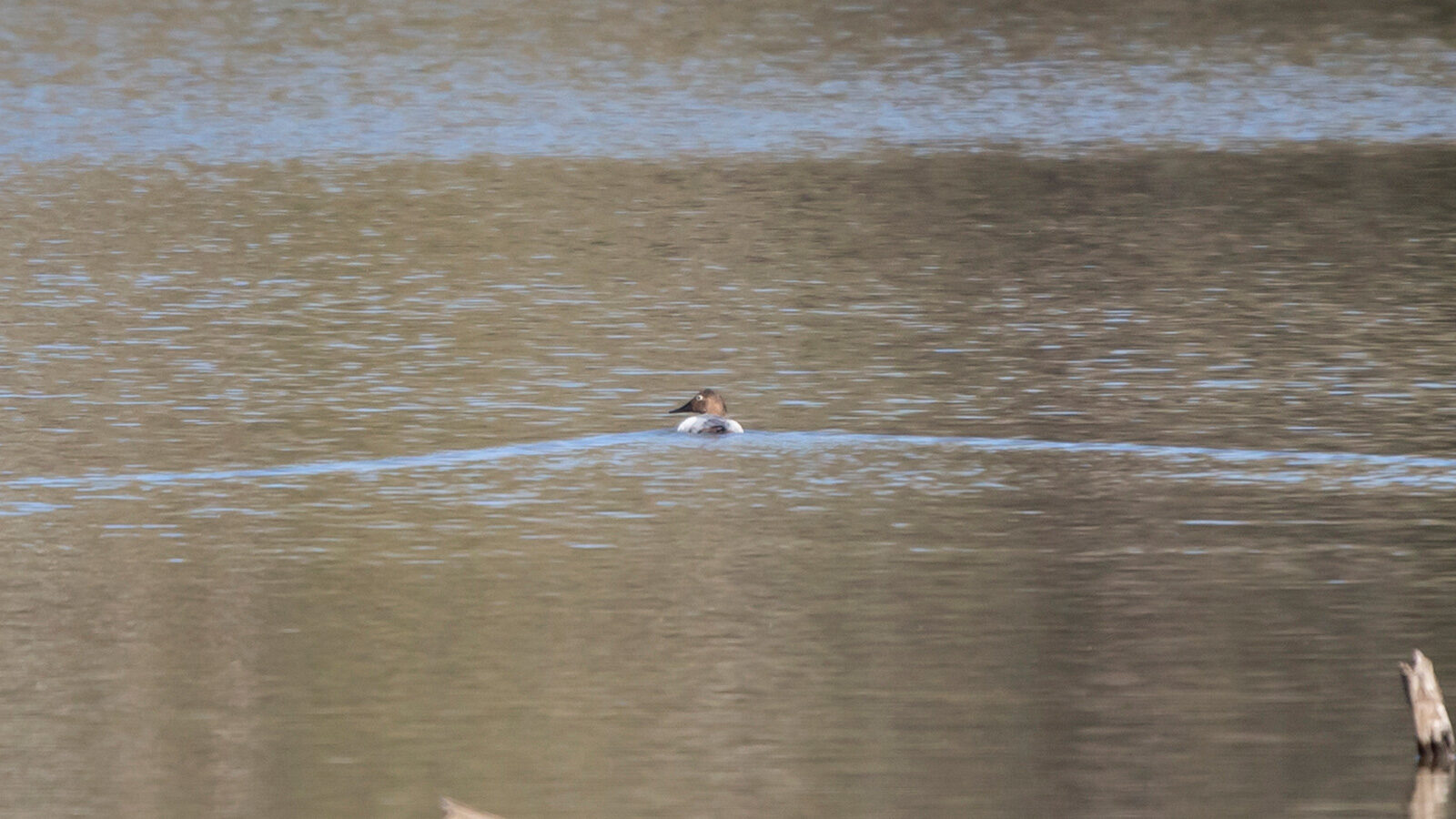
Canvasback Ducks
Canvasback ducks hang out in large North Louisiana lakes during the winter. You'll find them swimming in open water alone, in pairs, or even with large flocks.
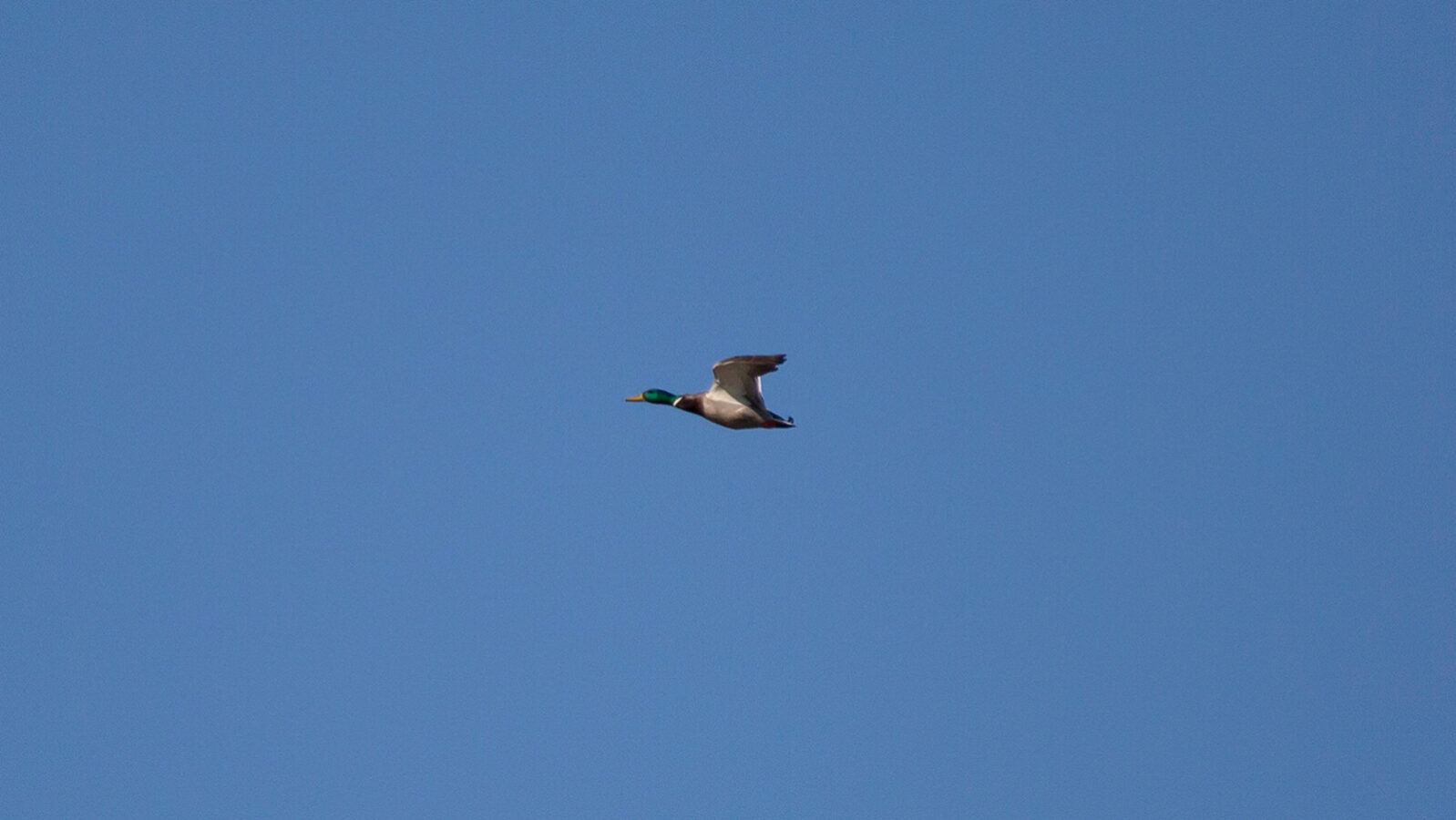
Wild Mallards
Wild mallards are smaller than Rouens and Pekins, and tend to be standoffish when it comes to people. You'll most likely meet this bird soaring through or leaping into the air. You'll also see this duck swimming in wetlands and large lakes with brakey foliage.
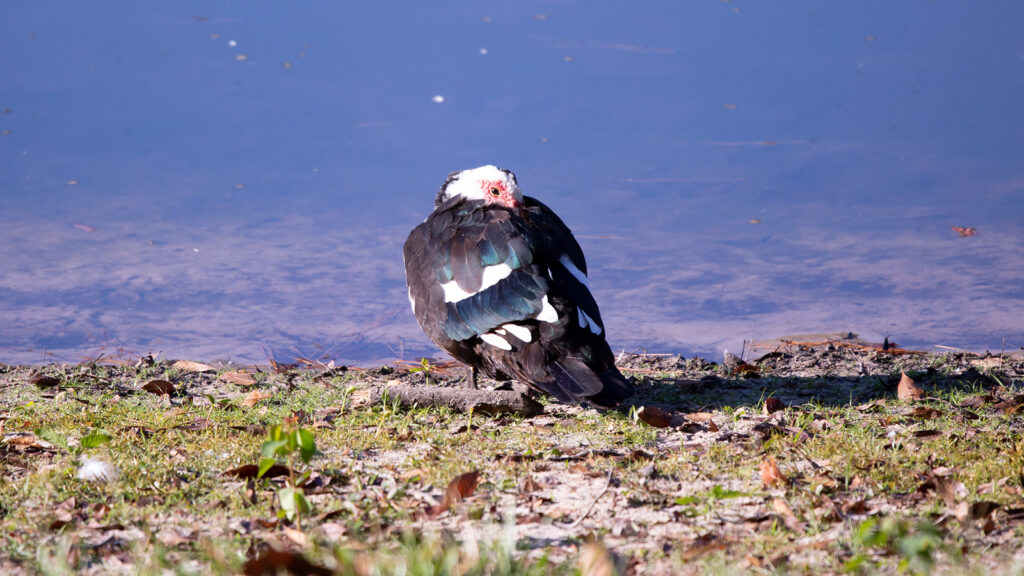
Muscovy Ducks
Muscovy ducks are domesticated birds that you'll find in park lakes throughout North Louisiana year round. You'll find them swimming or resting by lakes.
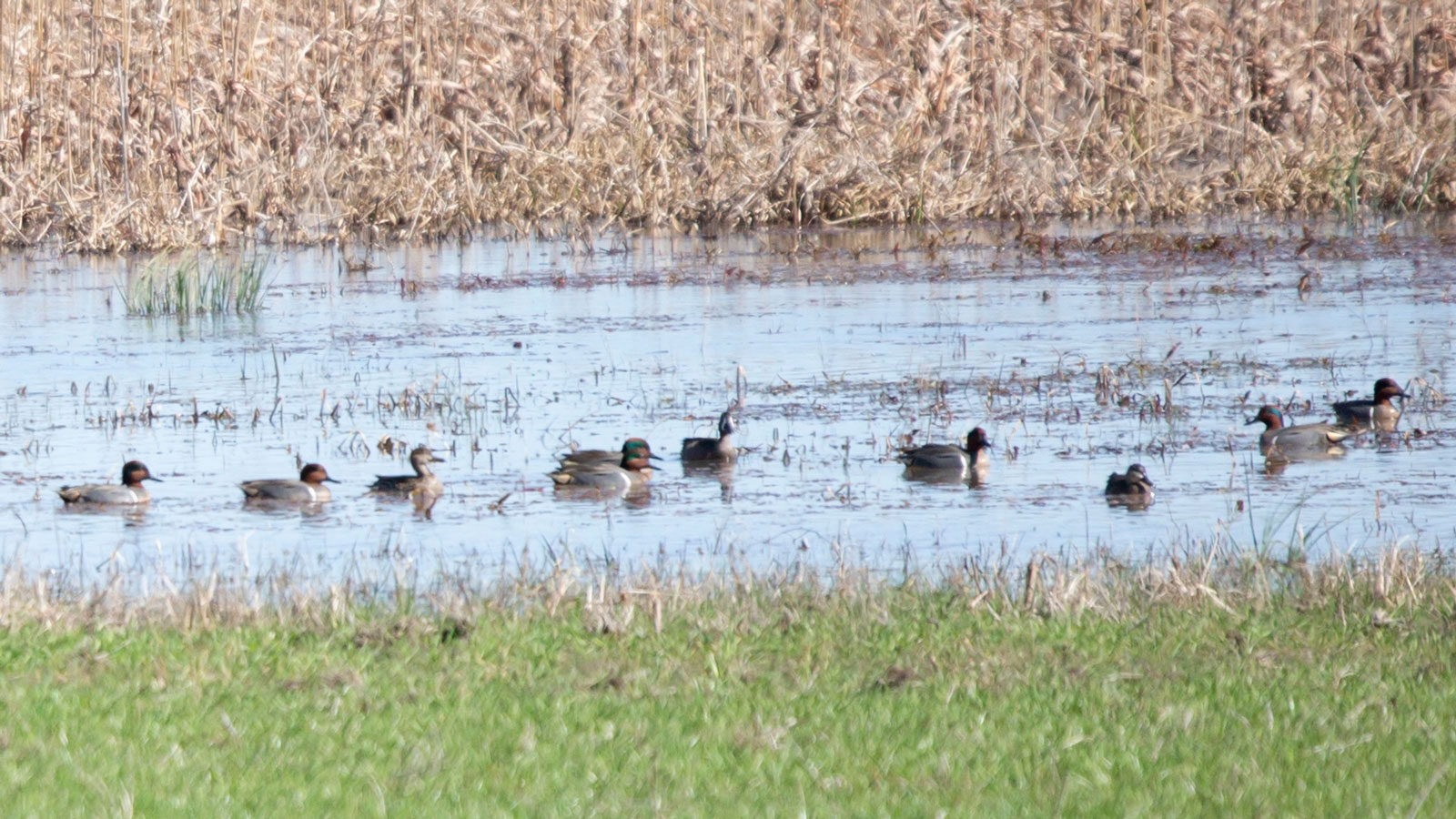
Teal Ducks
Teal ducks, particularly blue-winged teals, tend to arrive before other ducks, and you'll find these visitors in sloughs near swamps and rivers.
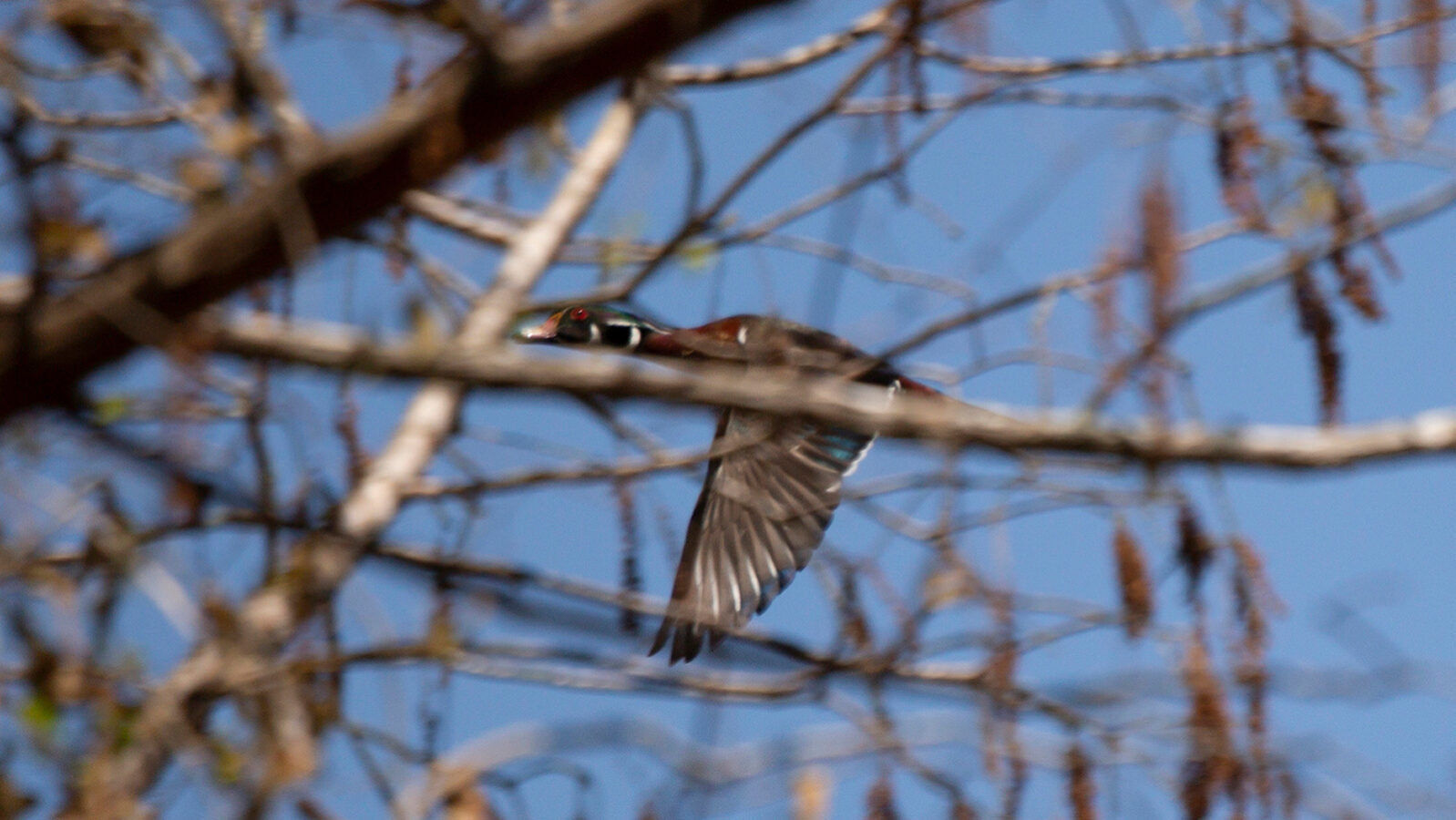
Wood Ducks
Wood ducks are common throughout North Louisiana all year, and you'll find them in lakes, sloughs, and wetlands, often alone or in pairs.
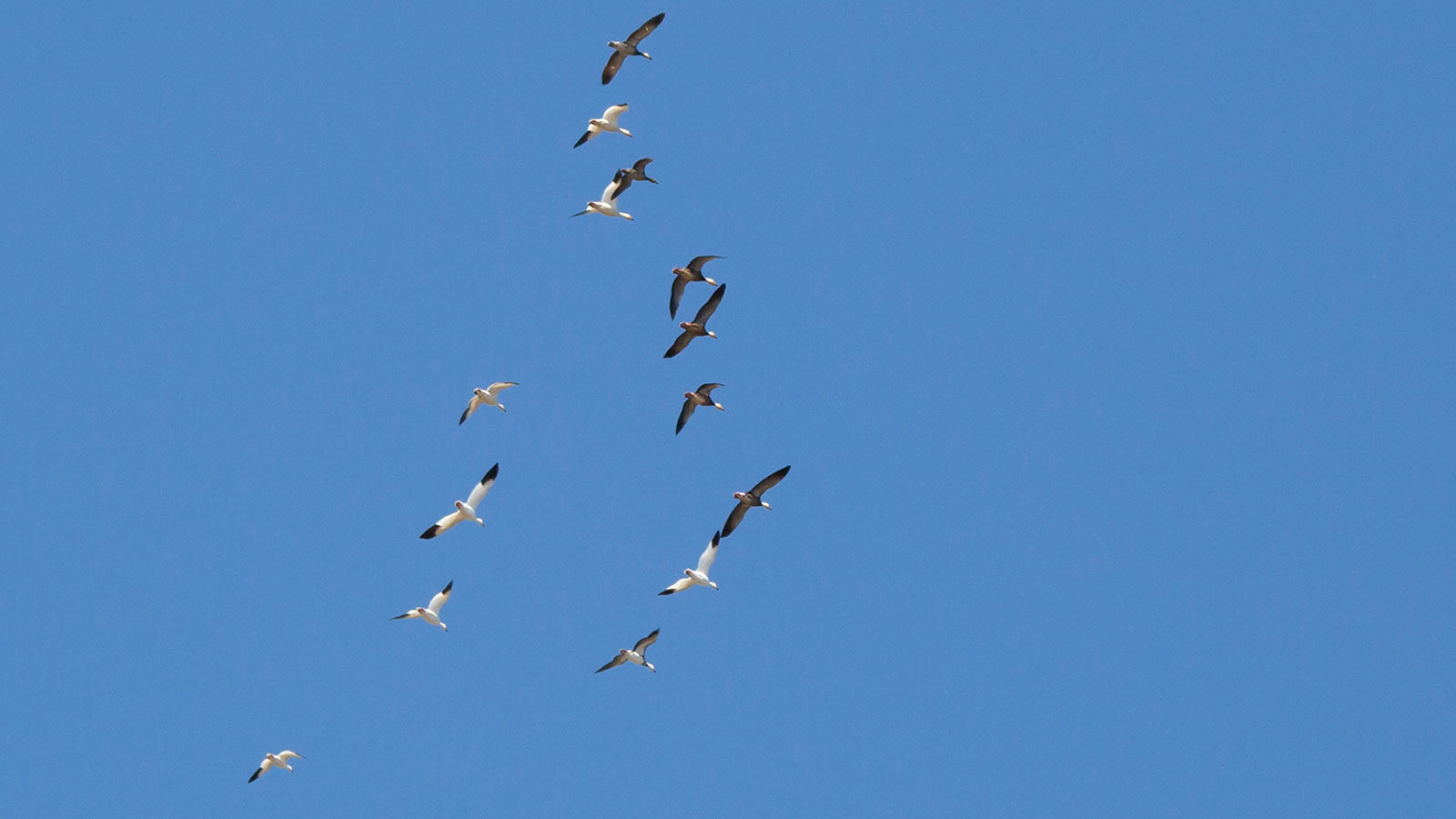
Snow Geese
Snow geese visit North Louisiana in the winter. You'll find them in flocks in lakes and swamps. You'll often find them flying overhead.
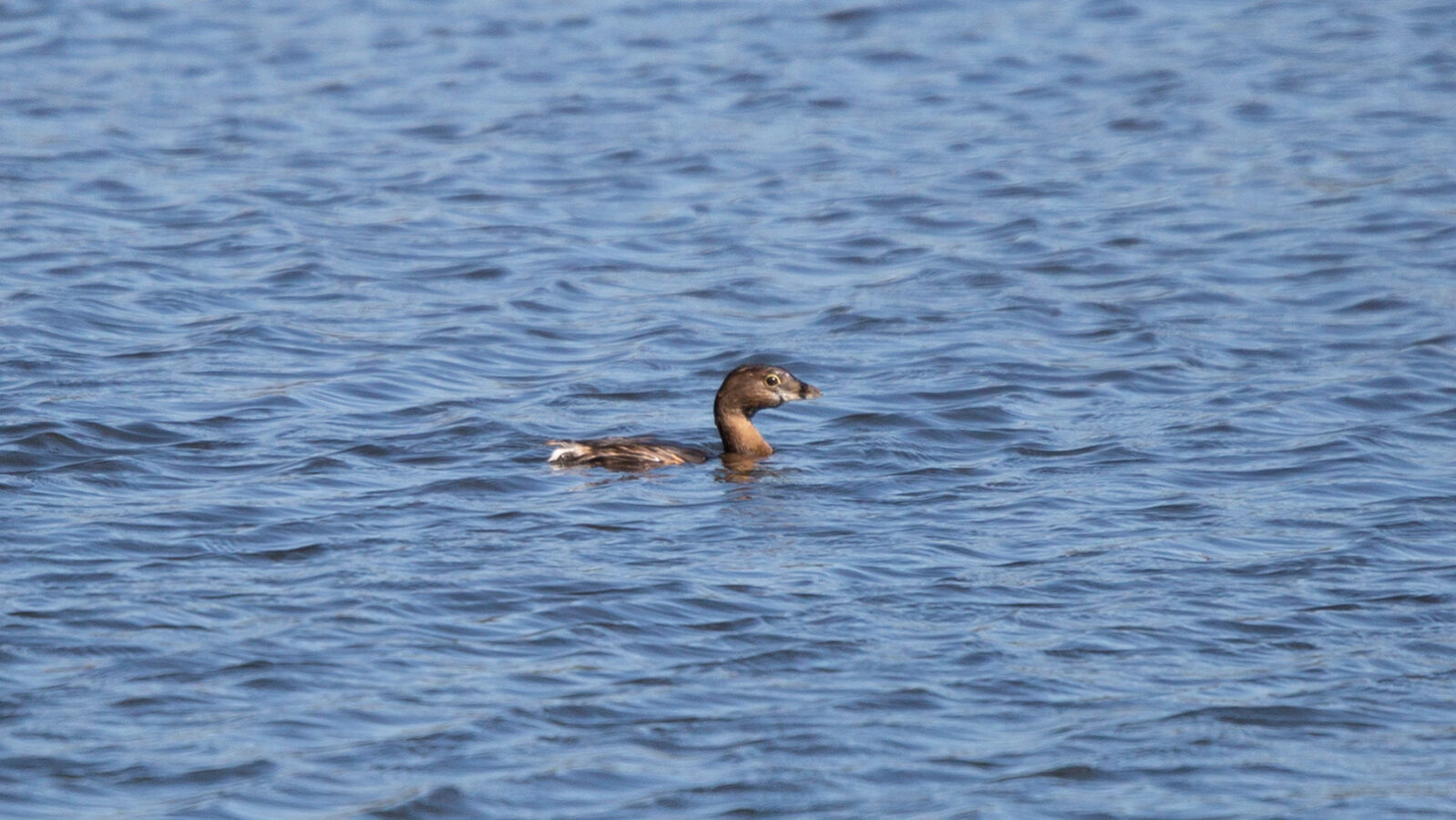
Pied-Billed Grebes
These "not ducks" hang out in lakes throughout North Louisiana year round, and you'll find them a few yards from shore in many places. Grebes are divers who tend to go underwater like turtles rather than fly away like ducks. You're most likely to find them swimming alone or in pairs.
Flycatchers
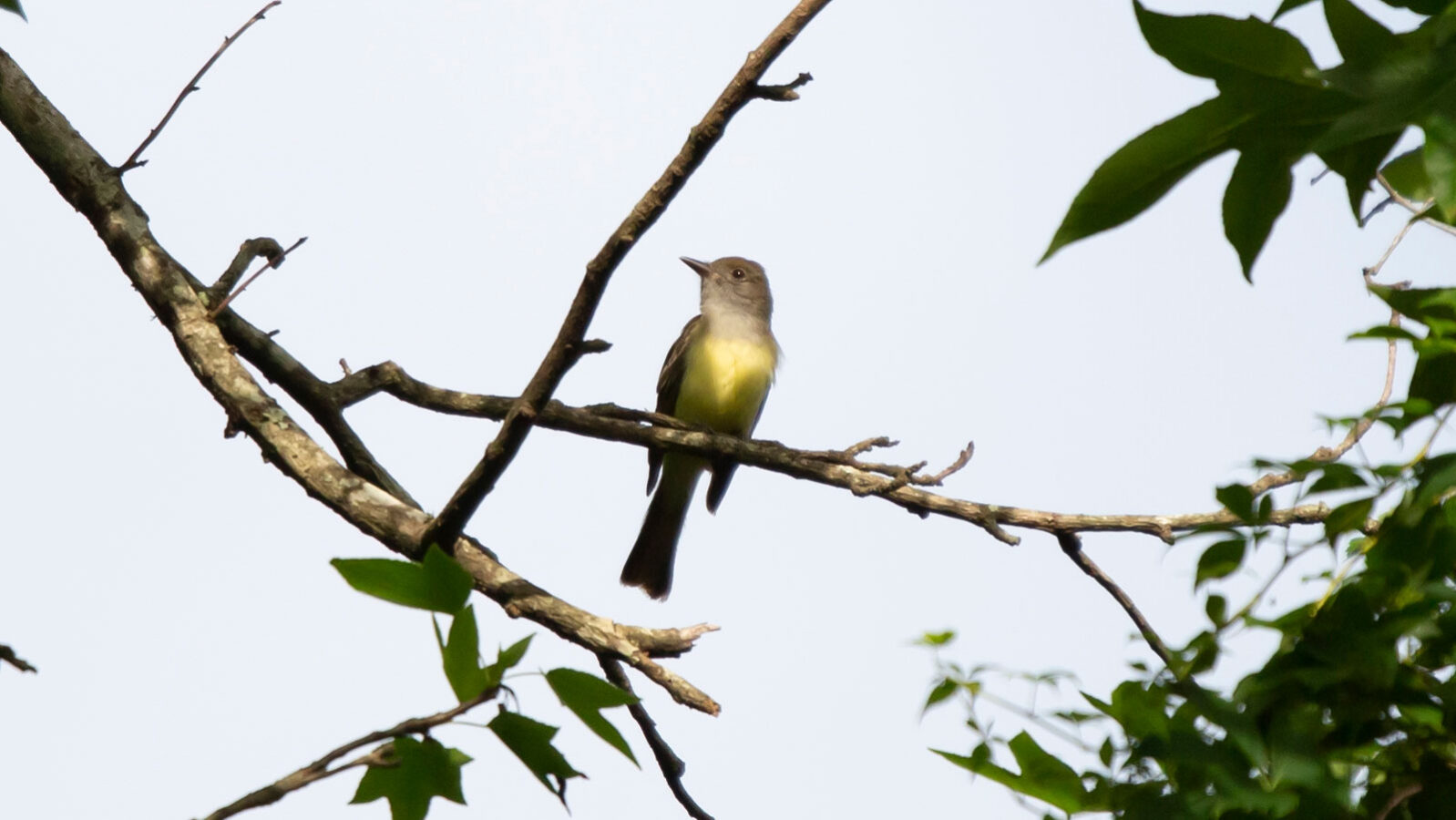
Great-Crested Flycatchers
You'll find great-crested flycatchers in North Louisiana during the spring, summer, and early fall. They like to hang out on branches and chase bugs through the skies.
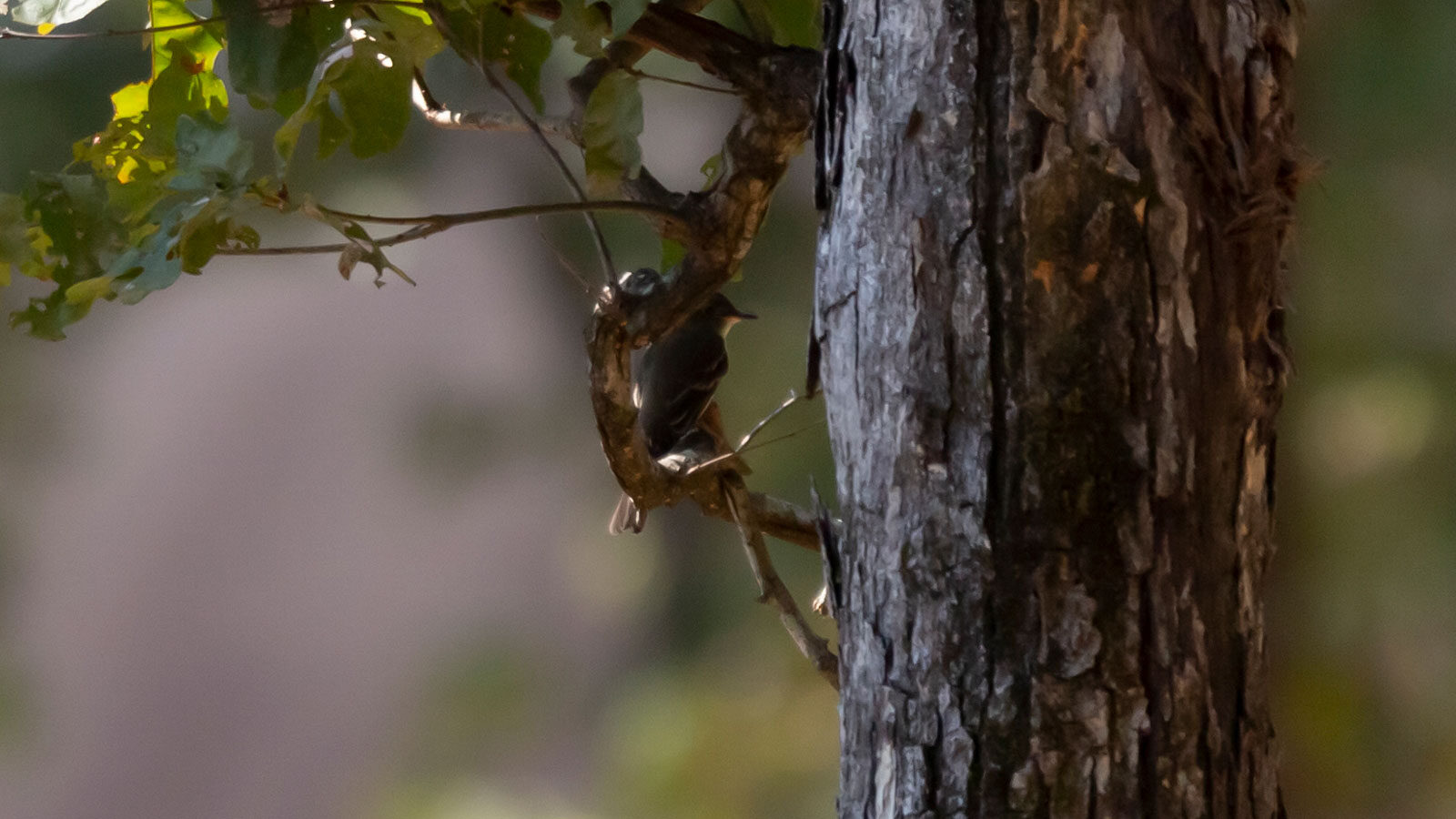
Eastern Kingbirds
Learn More.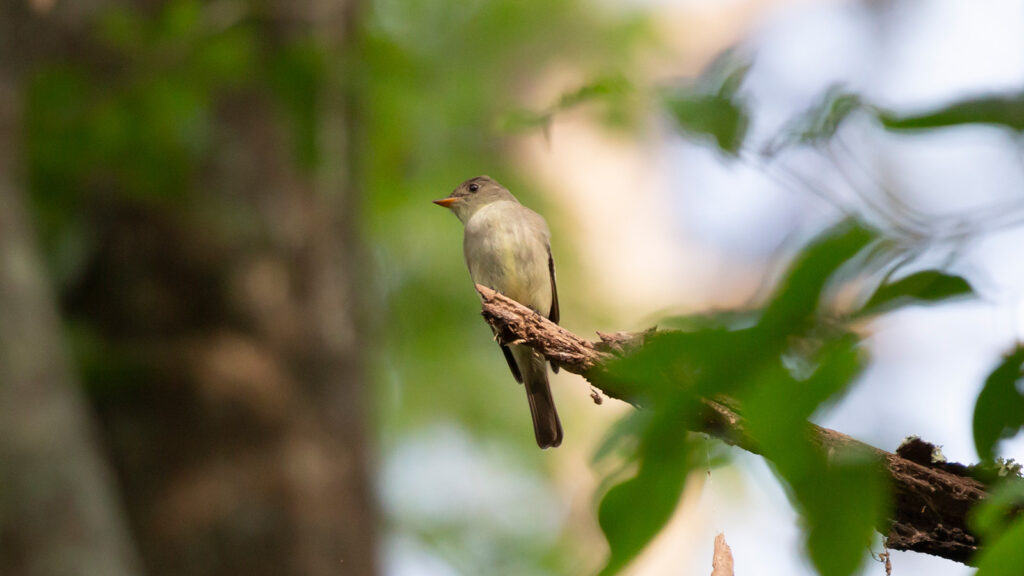
Eastern Wood-Pewees
Eastern wood-pewees hang out in wooded areas near water and in yards for most of the year. You'll see more of these flycatchers from mid-spring through mid-fall, probably as it hangs out on a branch.
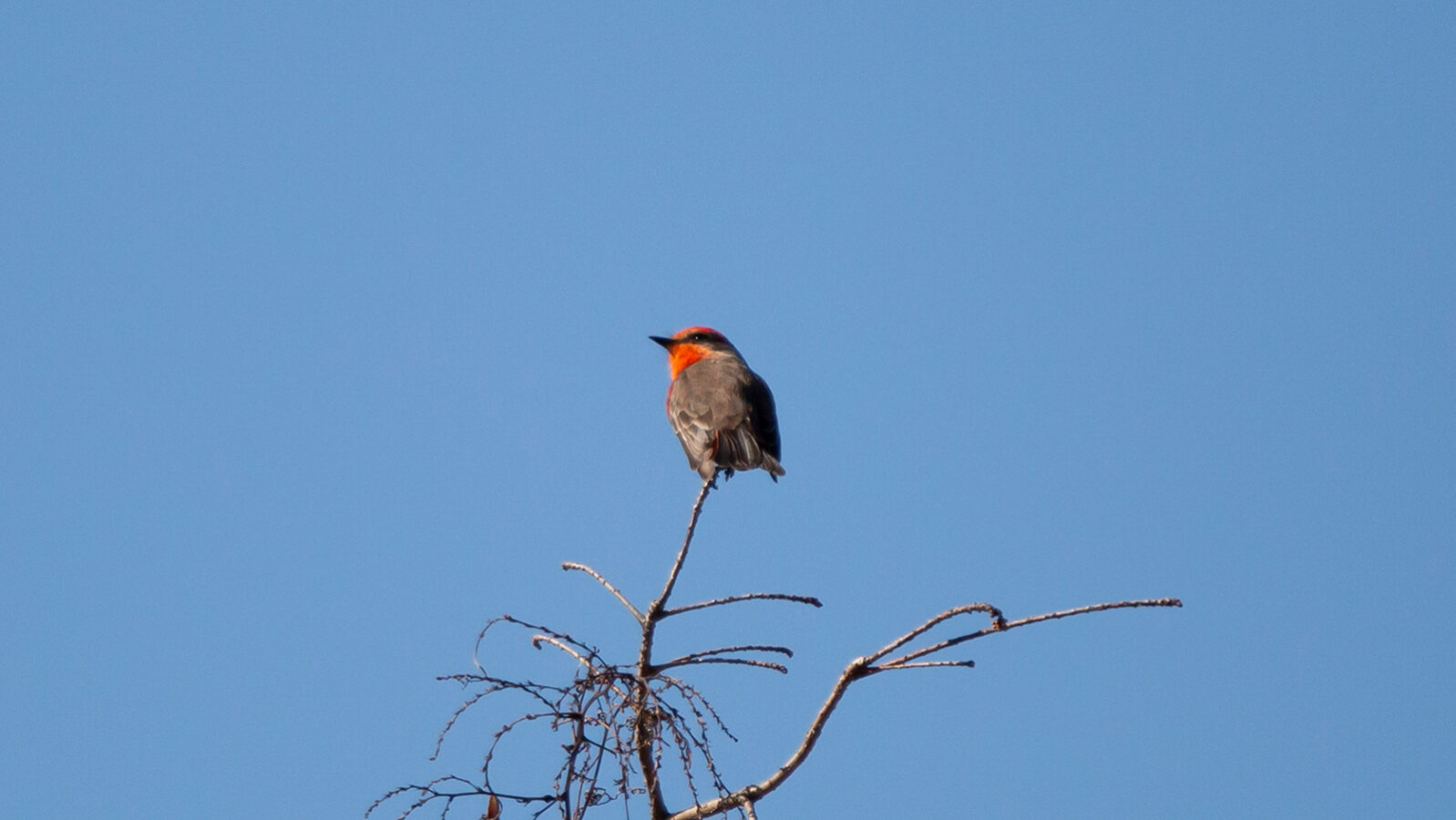
Vermilion Flycatchers
You'll find a few of these little birds wandering around North Louisiana during the winter and early spring, perched on branches or chasing bugs through the sky.
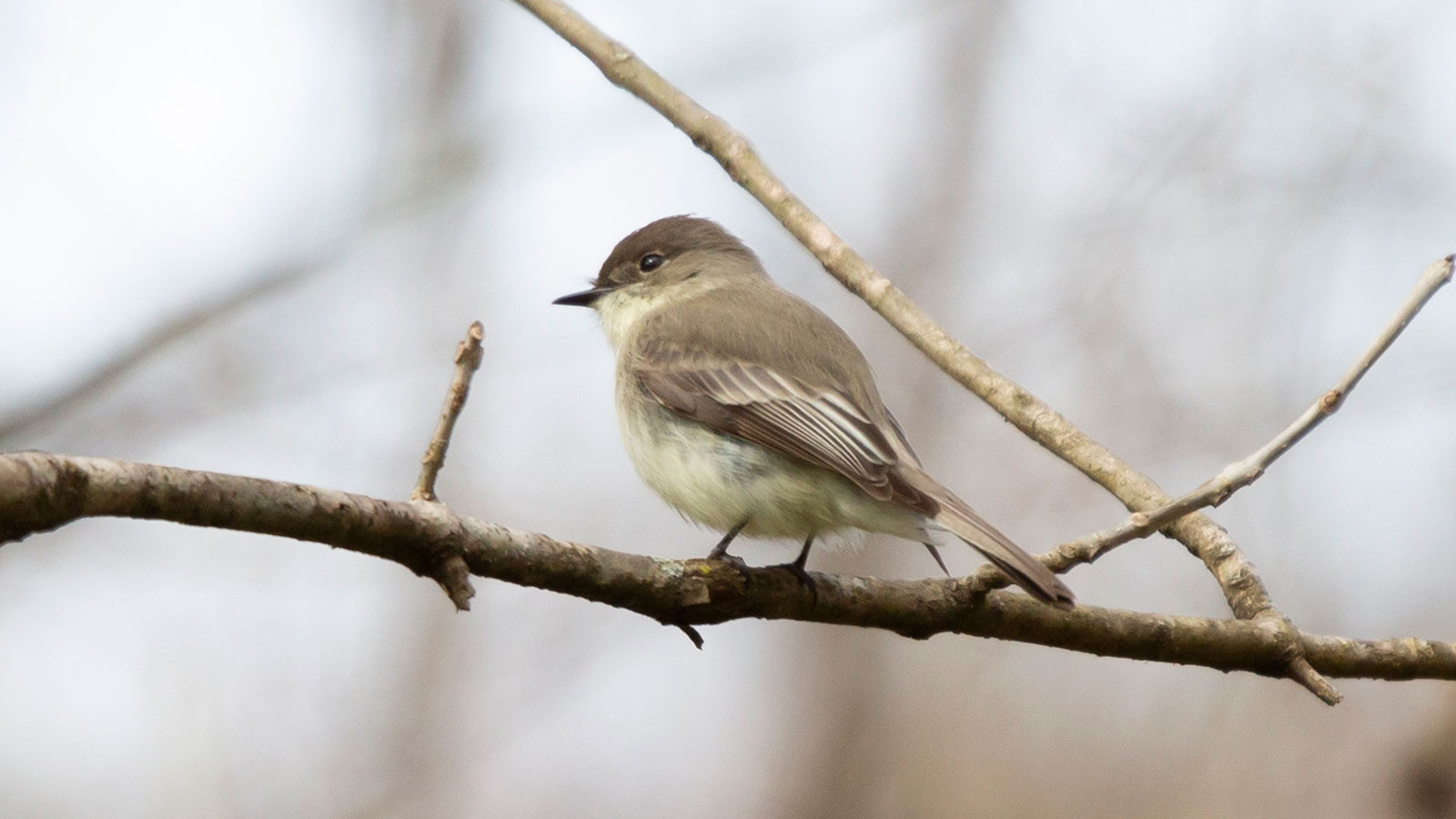
Eastern Phoebes
Eastern phoebes are some of the most common birds in North Louisiana. You'll find these little flycatchers in wooded areas near wetlands year round, but you'll find the most eastern phoebes during the winter.
Gallinules, Rails, and Allies
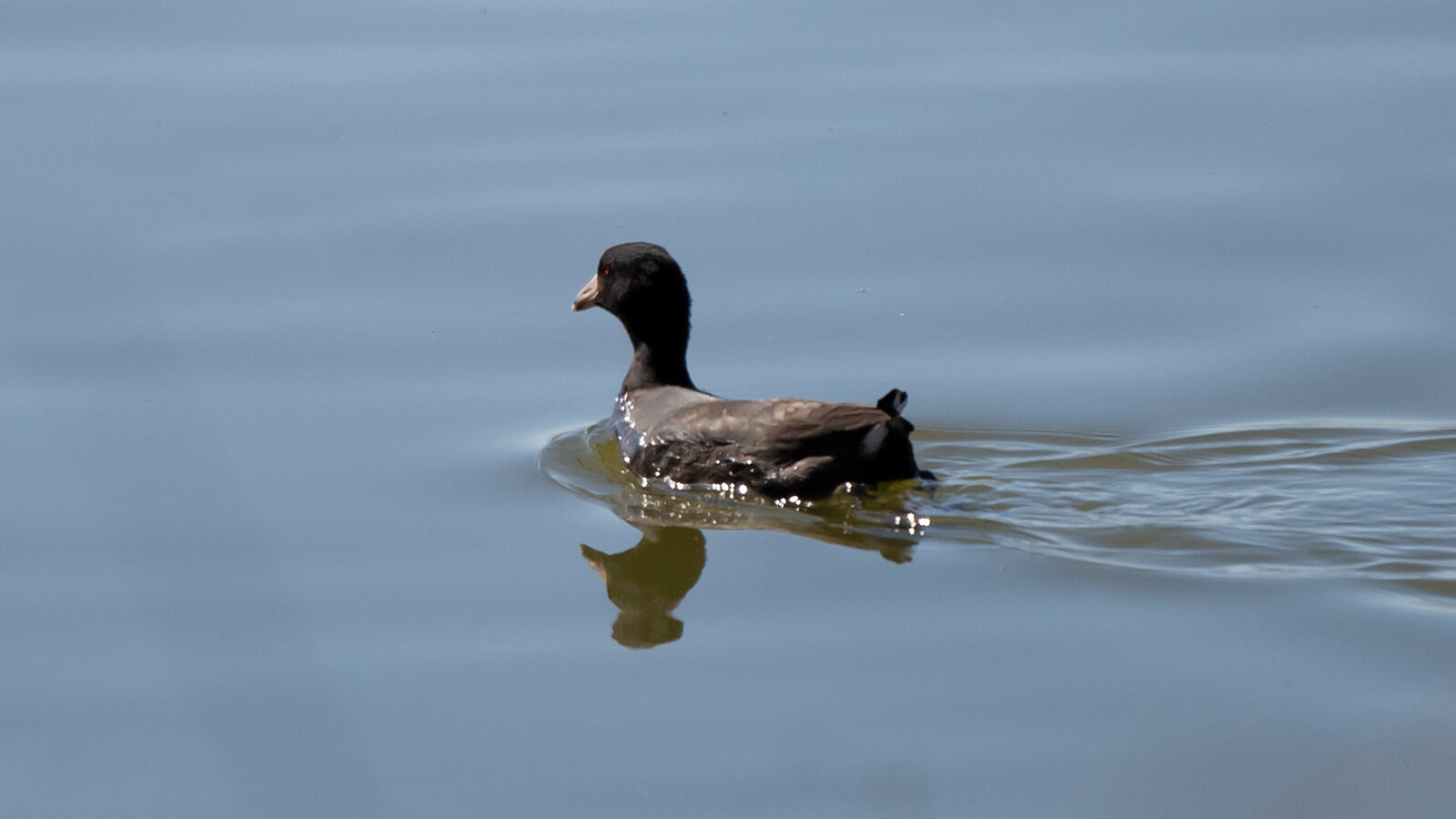
American Coots
You'll find American coots, aka not ducks in lakes throughout North Louisiana. Like grebes -- also not ducks, coots hang out near the shore. Unlike their unduck friends, coots often hang out groups, sometimes in large flocks. You're most likely to find these birds in North Louisiana in the winter.
Gulls and Terns
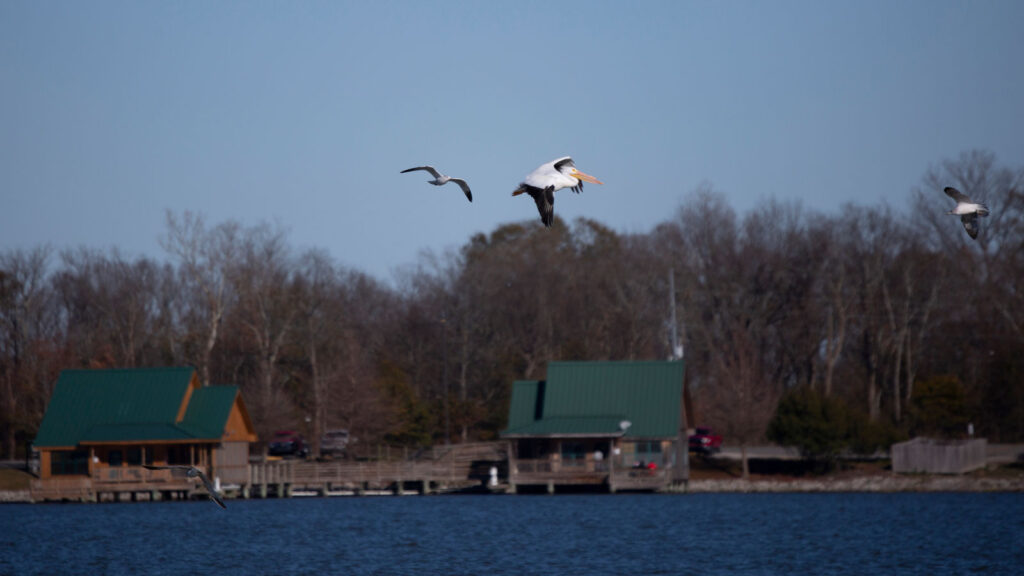
Herring Gulls
Learn More.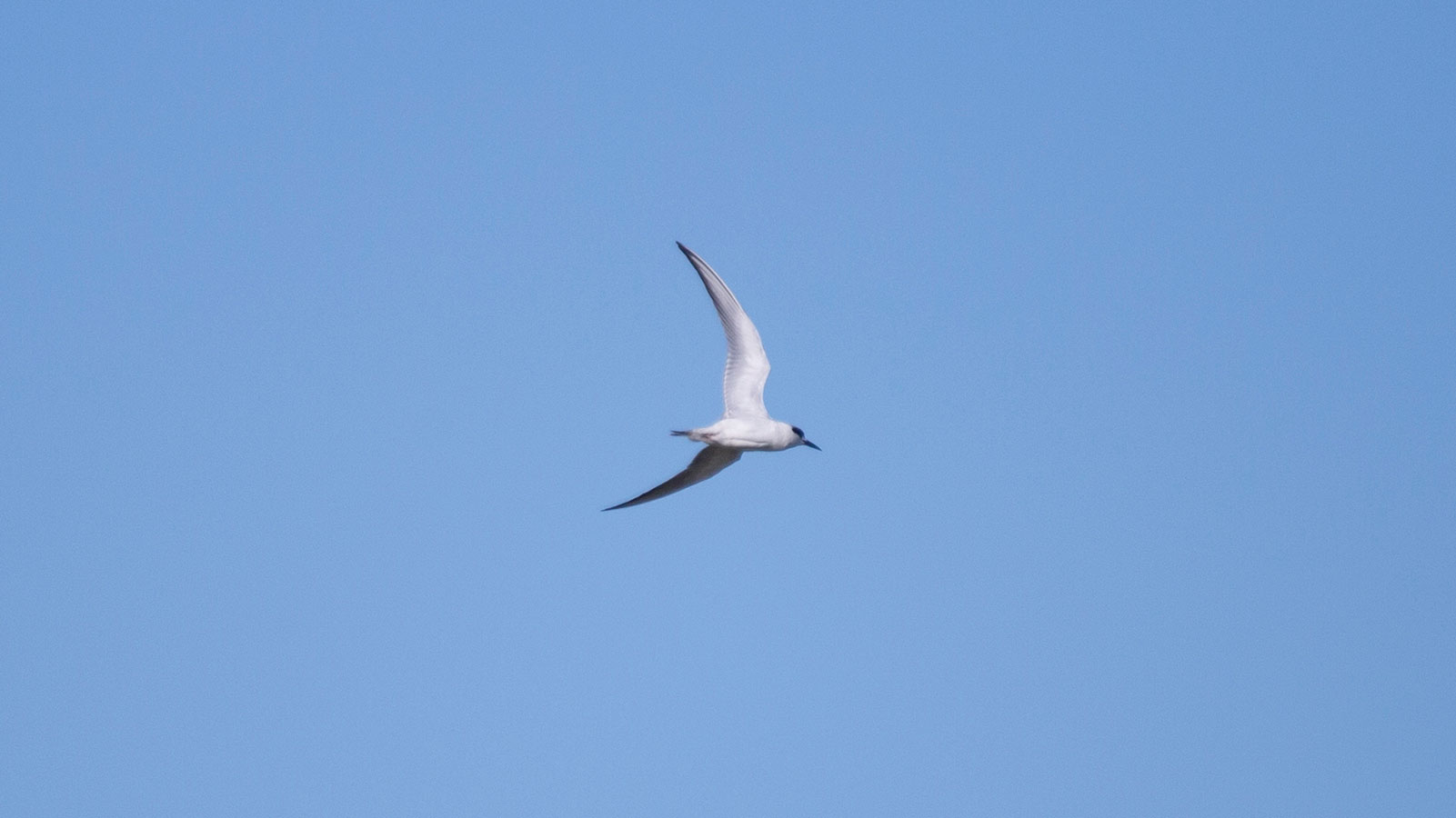
Forster's Terns
Learn More.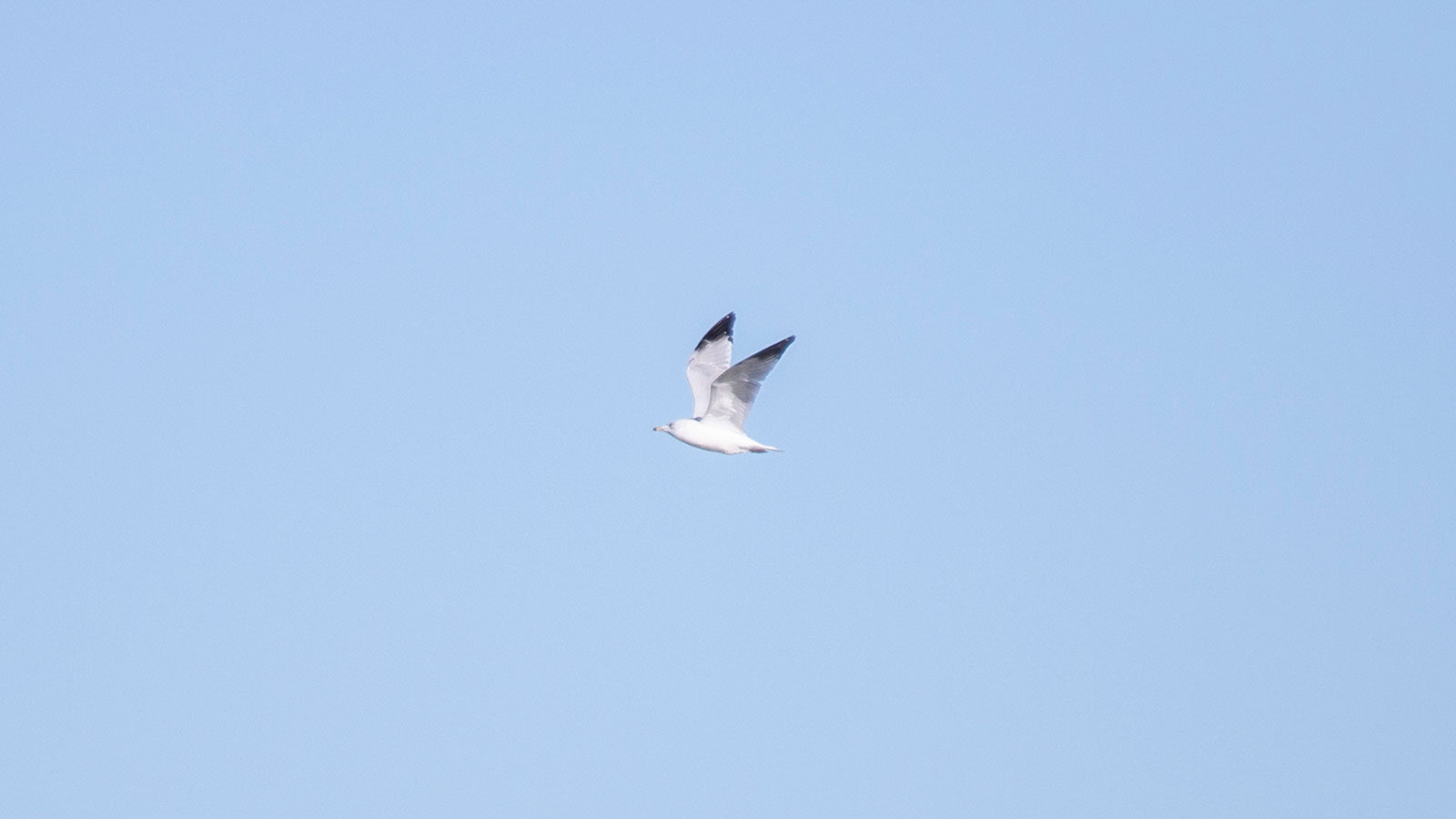
Ring-Billed Gulls
Learn More.Herons
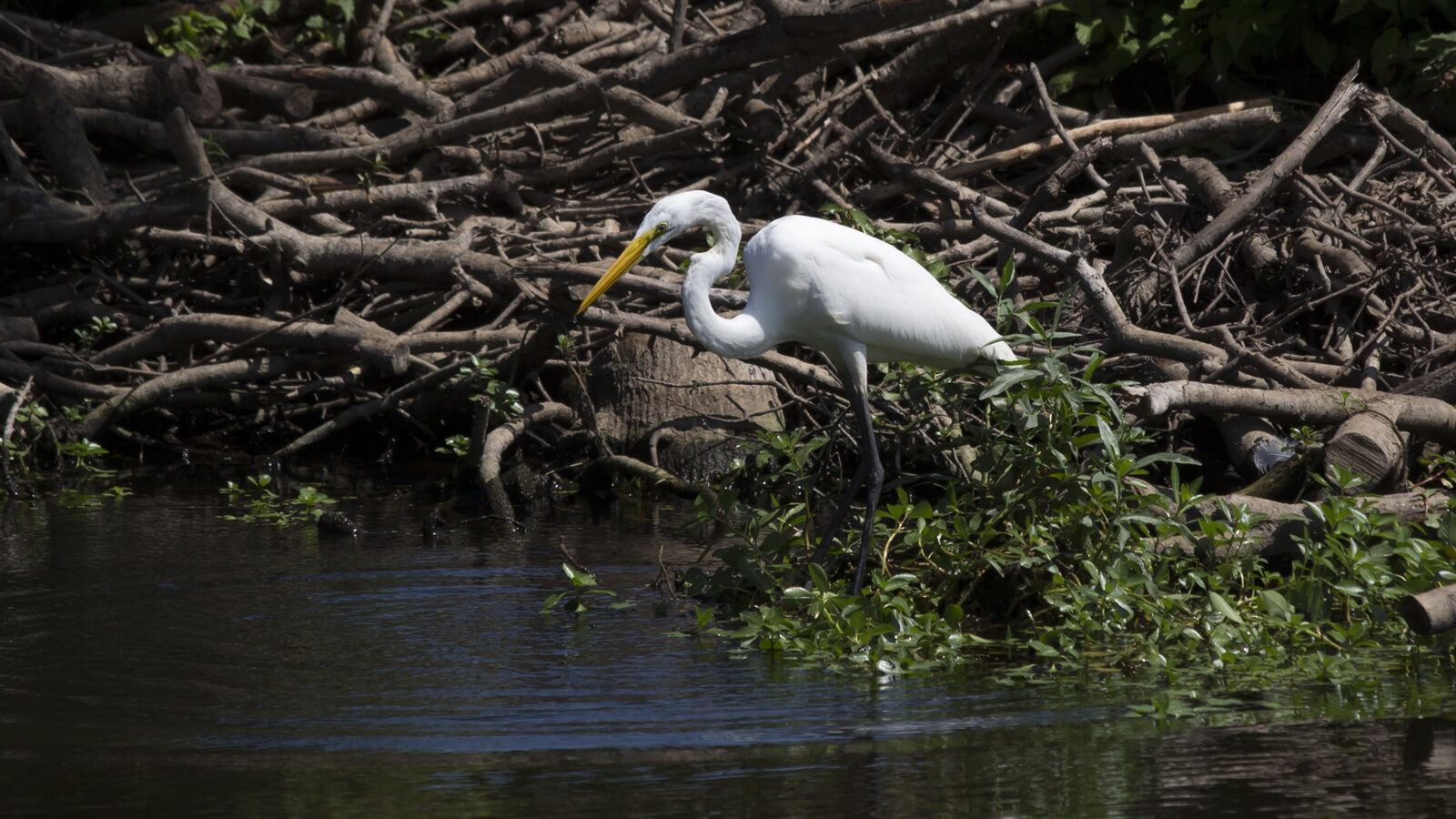
Great Egrets
You can find great egrets throughout North Louisiana wetlands and lakes throughout the year. You'll find them in larger numbers between mid-spring and late-fall. They roost with other herons like snowy egrets and little blue herons during breeding season.
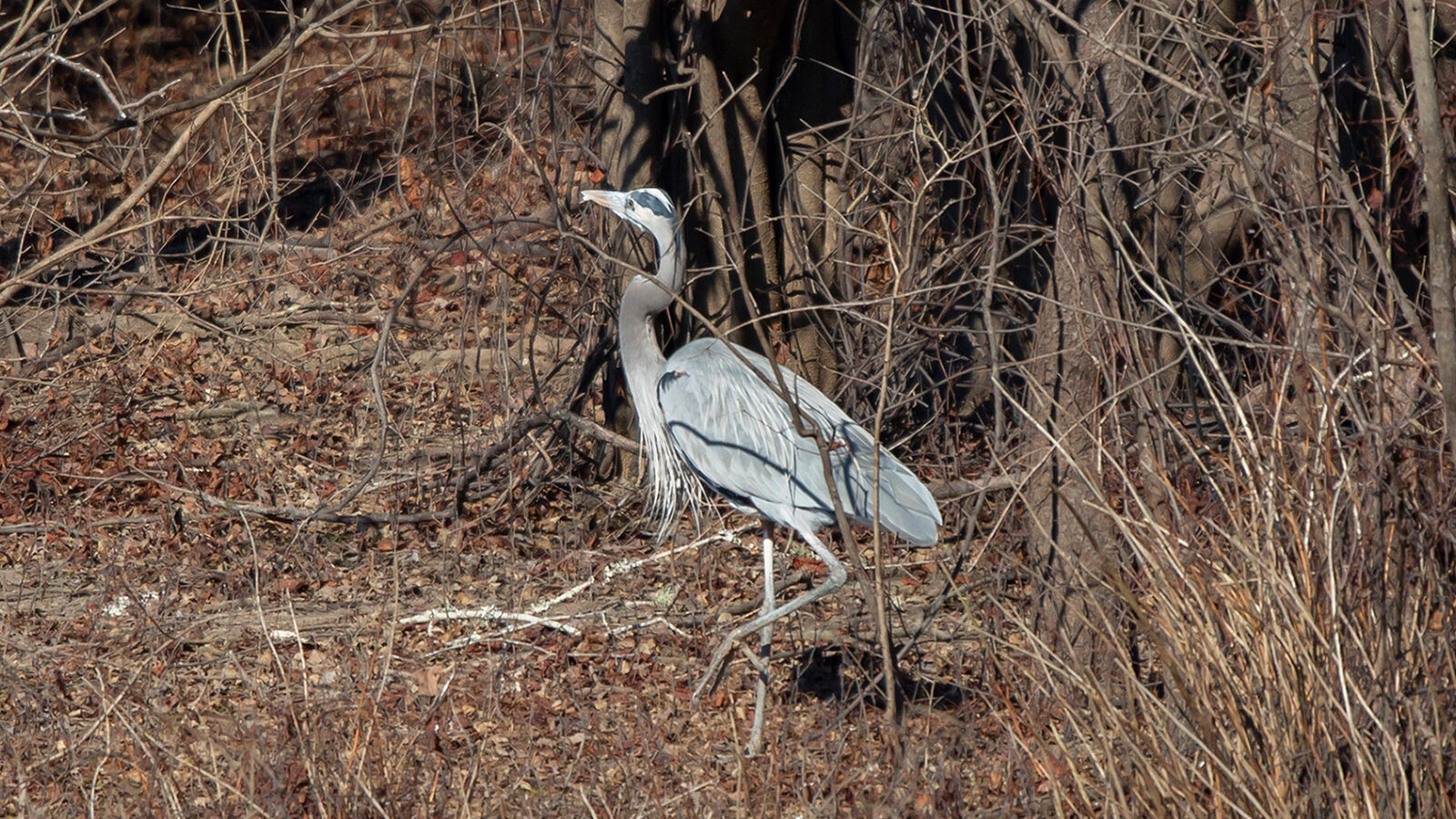
Great Blue Herons
Great blue herons are some of the largest birds in the North Louisiana swamps. These birds are common throughout the year.
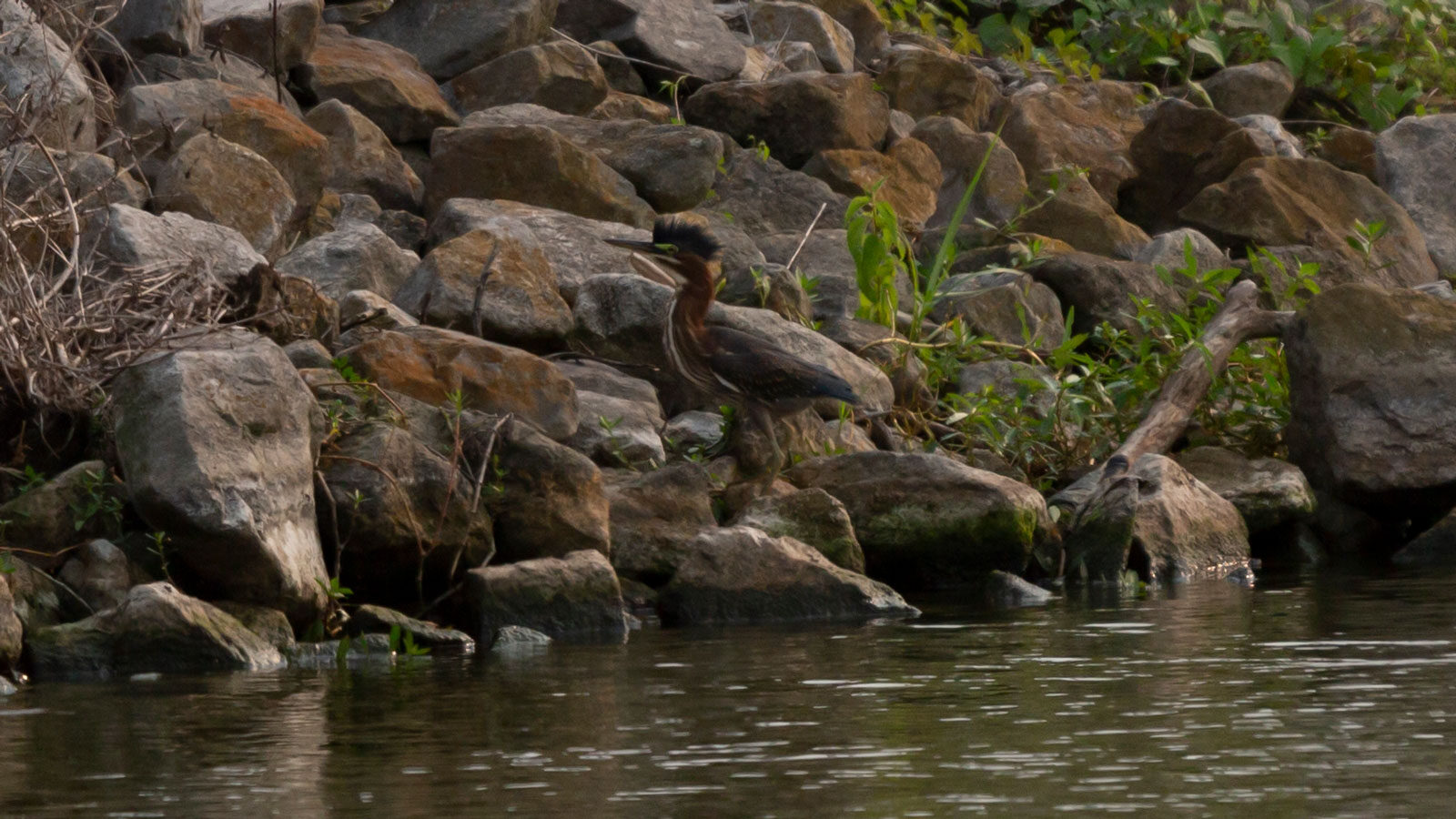
Green Herons
Learn More.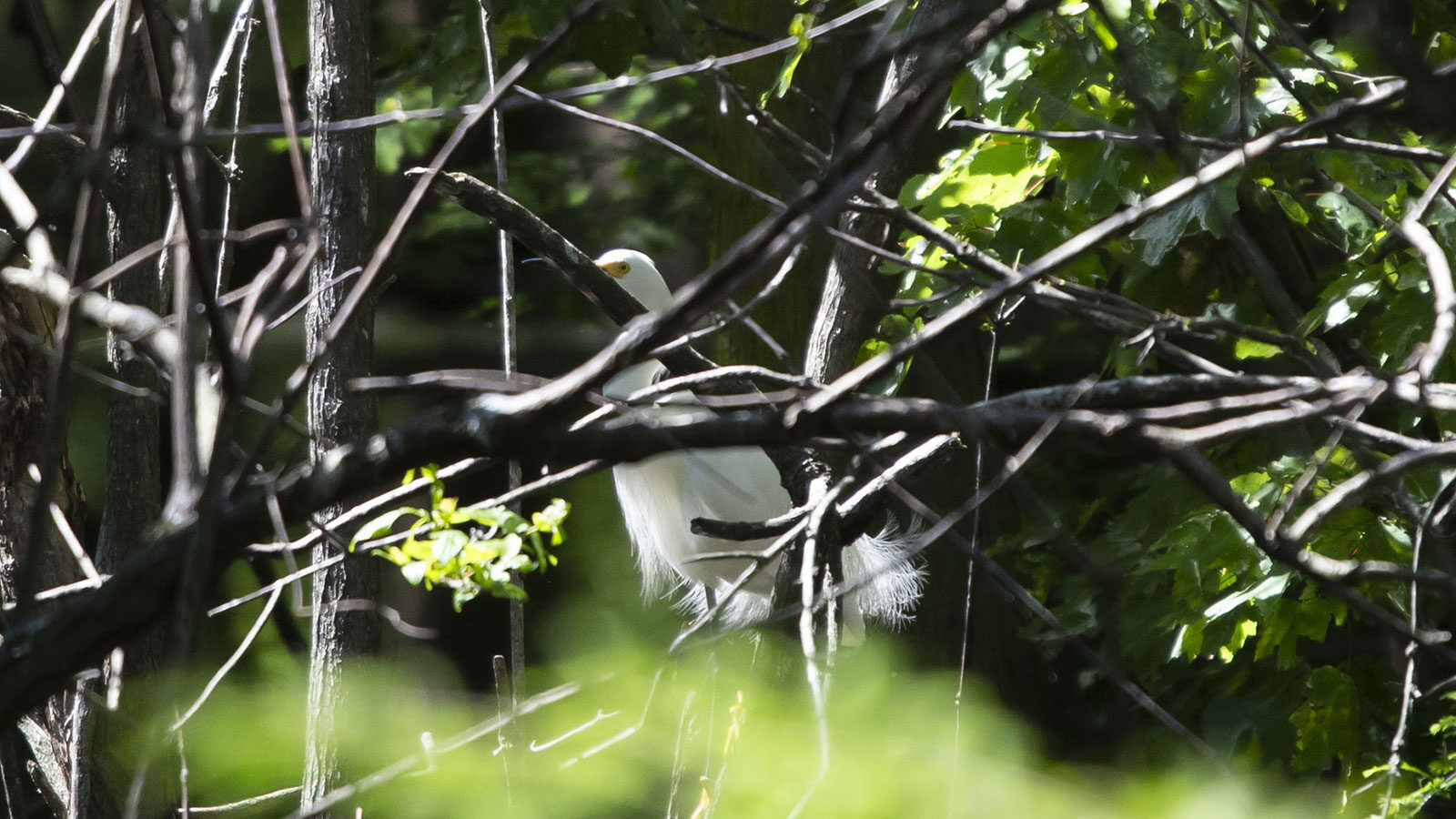
Snowy Egrets
You'll find these little egrets near lakes and wetlands in North Louisiana year round. They're more common during the warmer months, when they'll roost with great egrets and little blue herons and raise their chicks in the large colony.
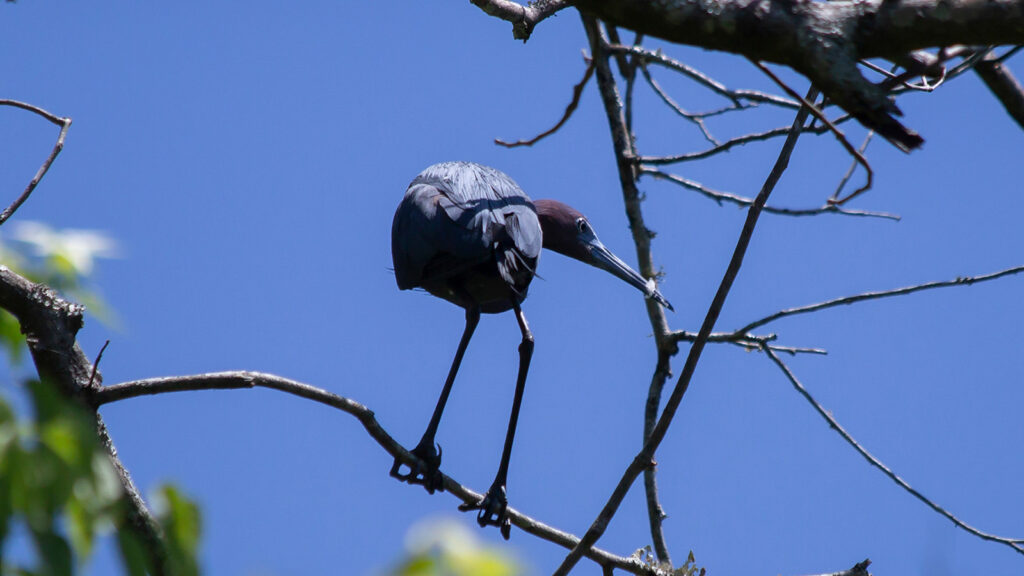
Little Blue Herons
You'll find little blue herons in North Louisiana from April to October. You can find the birds hunting at the water's edge or raising its chicks in large roosts.
Kingfishers and Pelicans
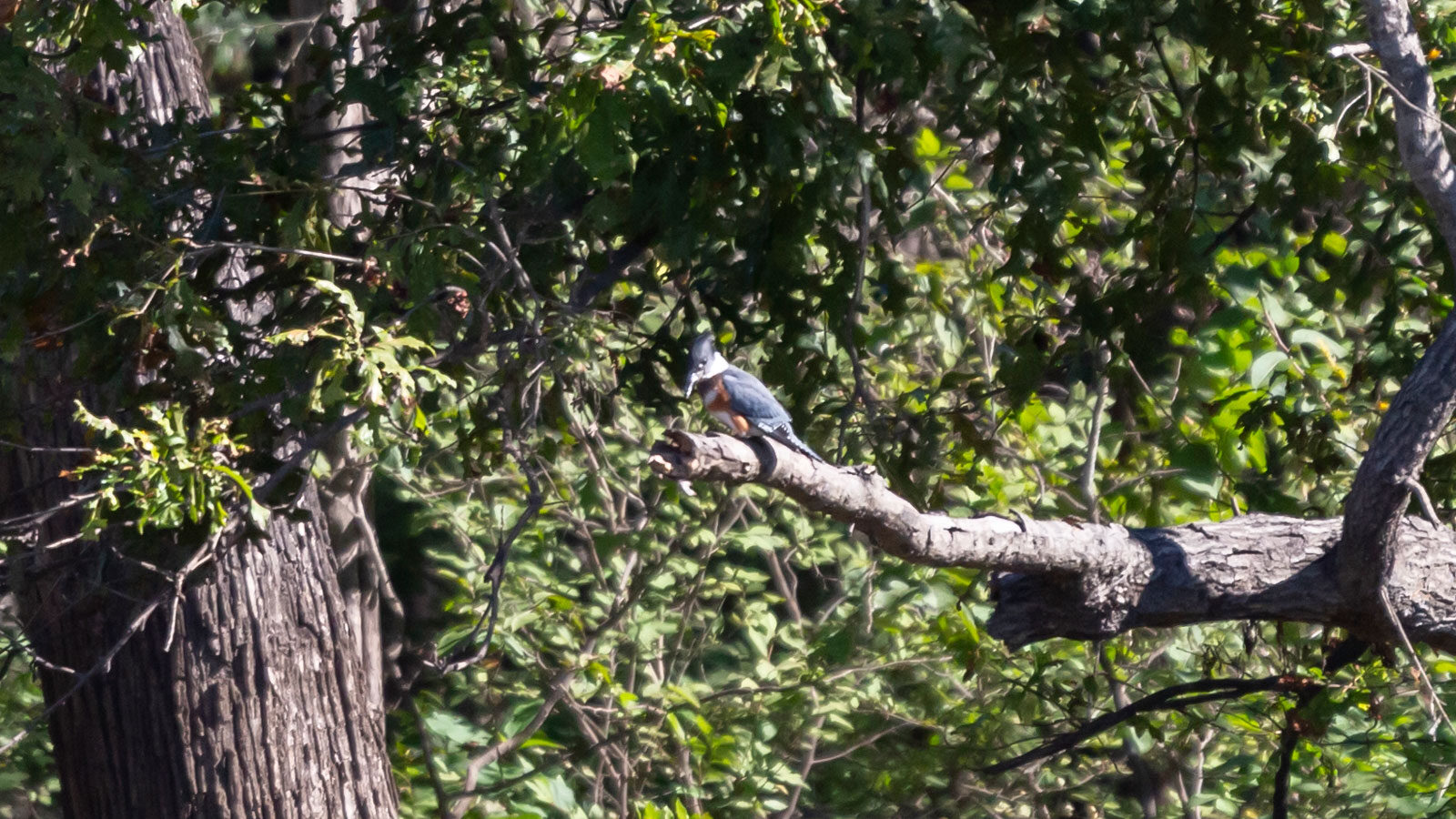
Belted Kingfishers
Learn More.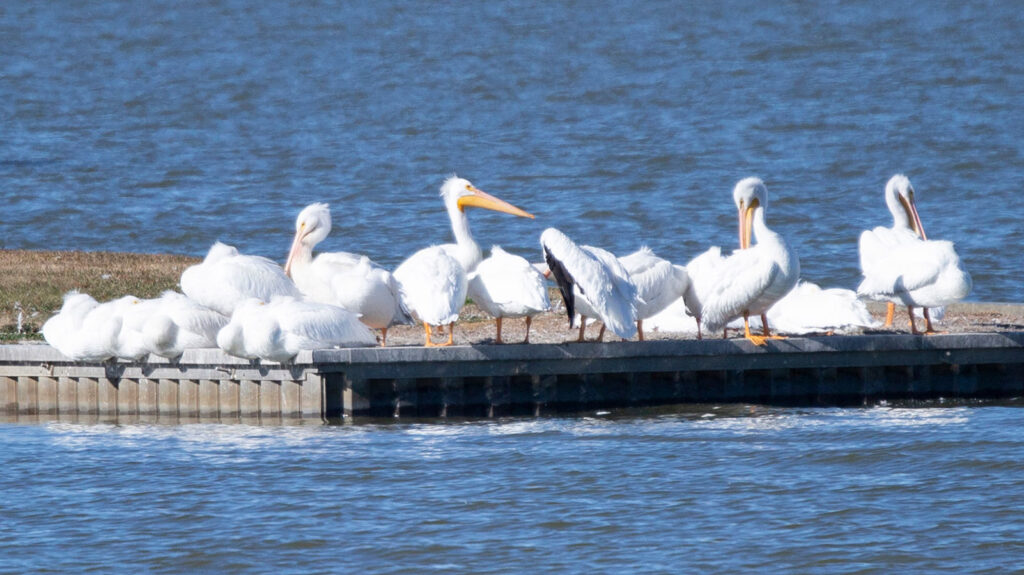
American Pelicans
Pelicans hang out in North Louisiana during the winter, and you'll find them in North Louisiana from October through March most years.
Raptors
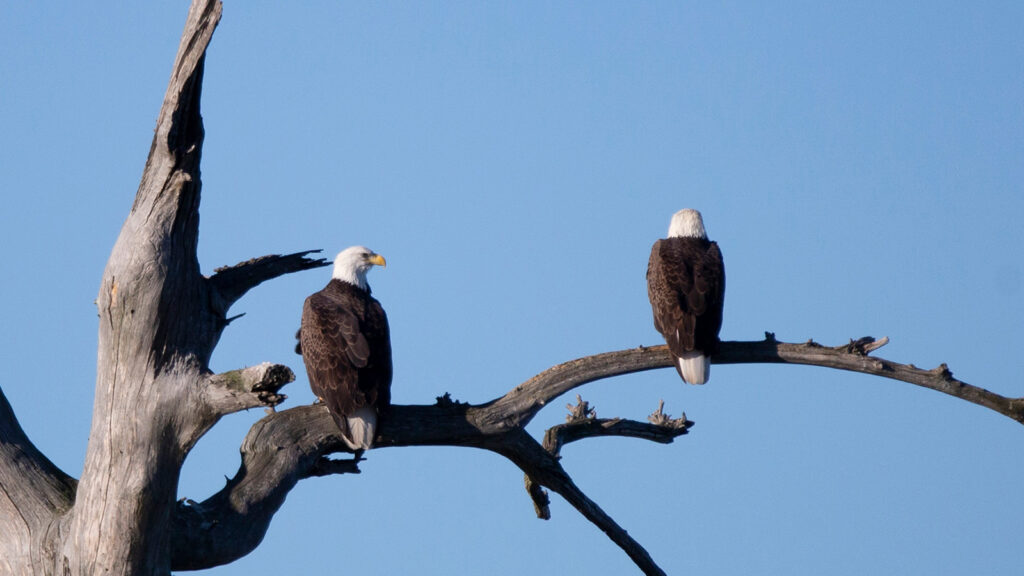
Bald Eagles
You'll meet bald eagles at lakes throughout North Louisiana. They're most likely to be soaring above the water or diving to grab a fish. You'll find more bald eagles in the winter, but you can find them year round.
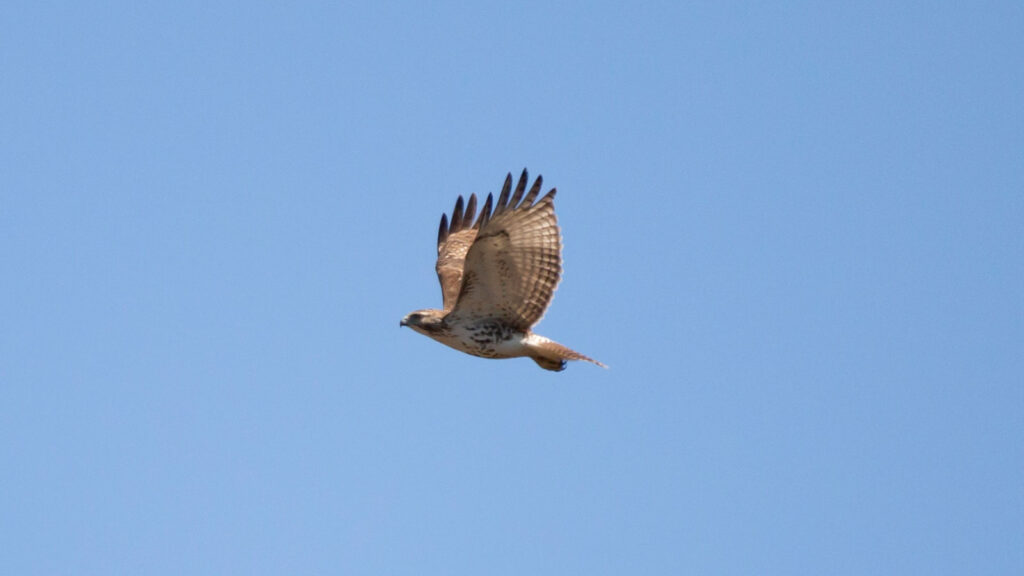
Red-Tailed Hawks
Red-tailed hawks are the largest and most common hawks in North Louisiana. You'll meet these hawks near lakes, swamps, meadows, and even in yards year round. You're most likely to see them soaring through the sky.
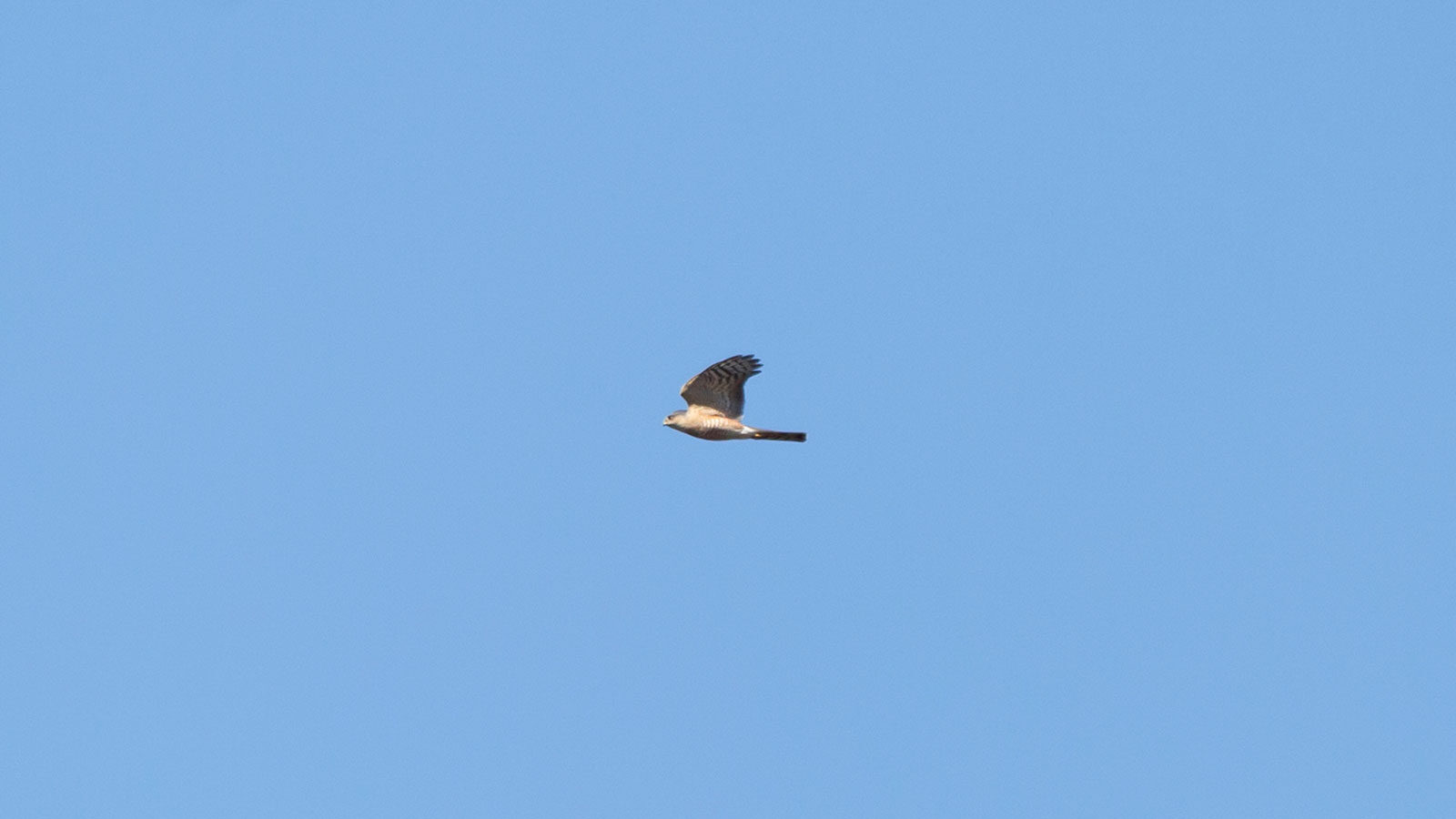
Sharp-Shinned Hawks
These tiny hawks roam forested areas throughout North Louisiana in the winter, searching for unsuspecting songbirds to lunch on.
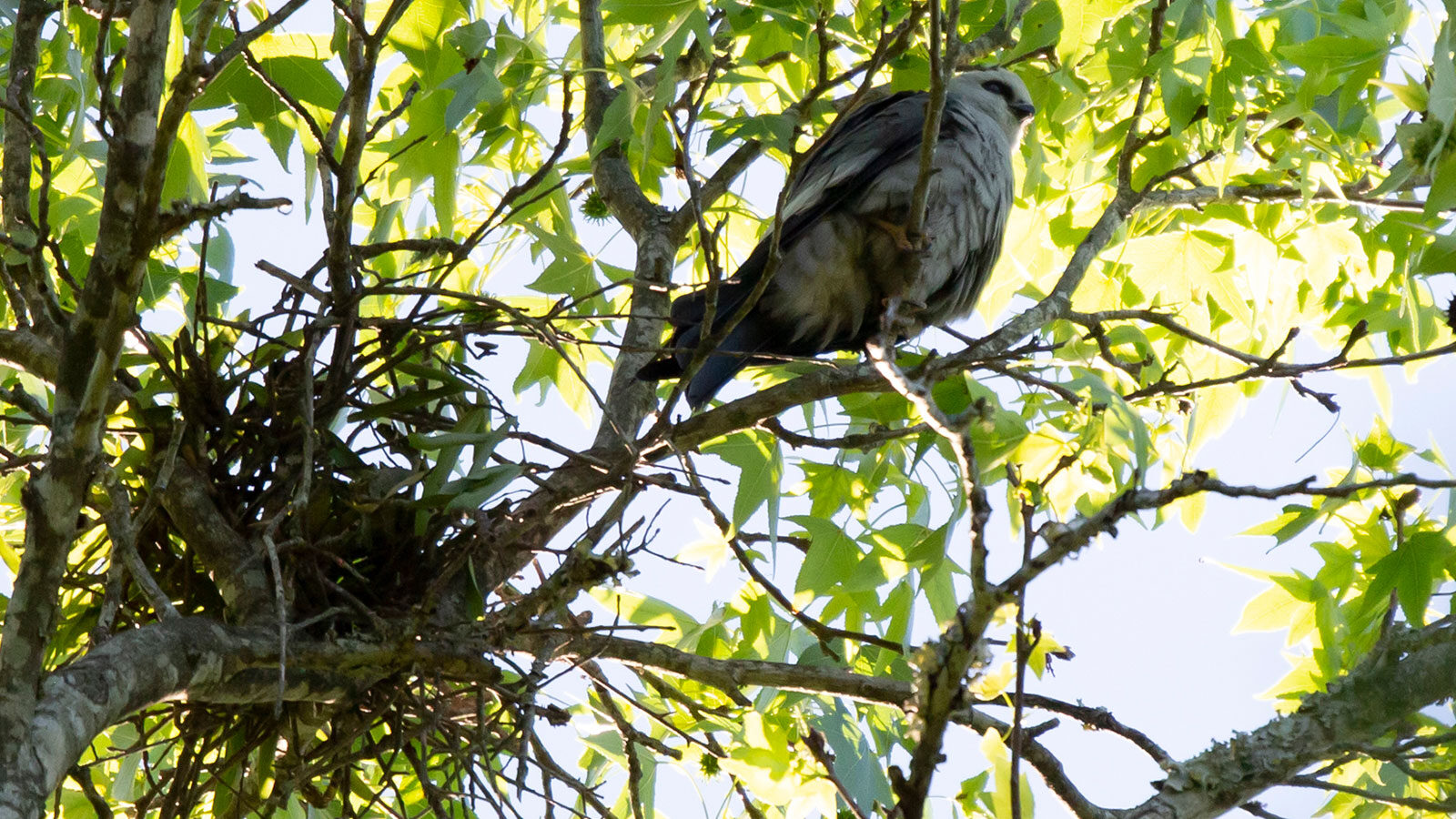
Mississippi Kites
Mississippi kites are forest birds, but they are becoming more common in towns in North Central Louisiana. You're just as likely to meet these birds soaring above your yard, or looking down from a limb over a business parking lot as in the forest. You're most likely to meet them in the late spring and summer in North Louisiana.
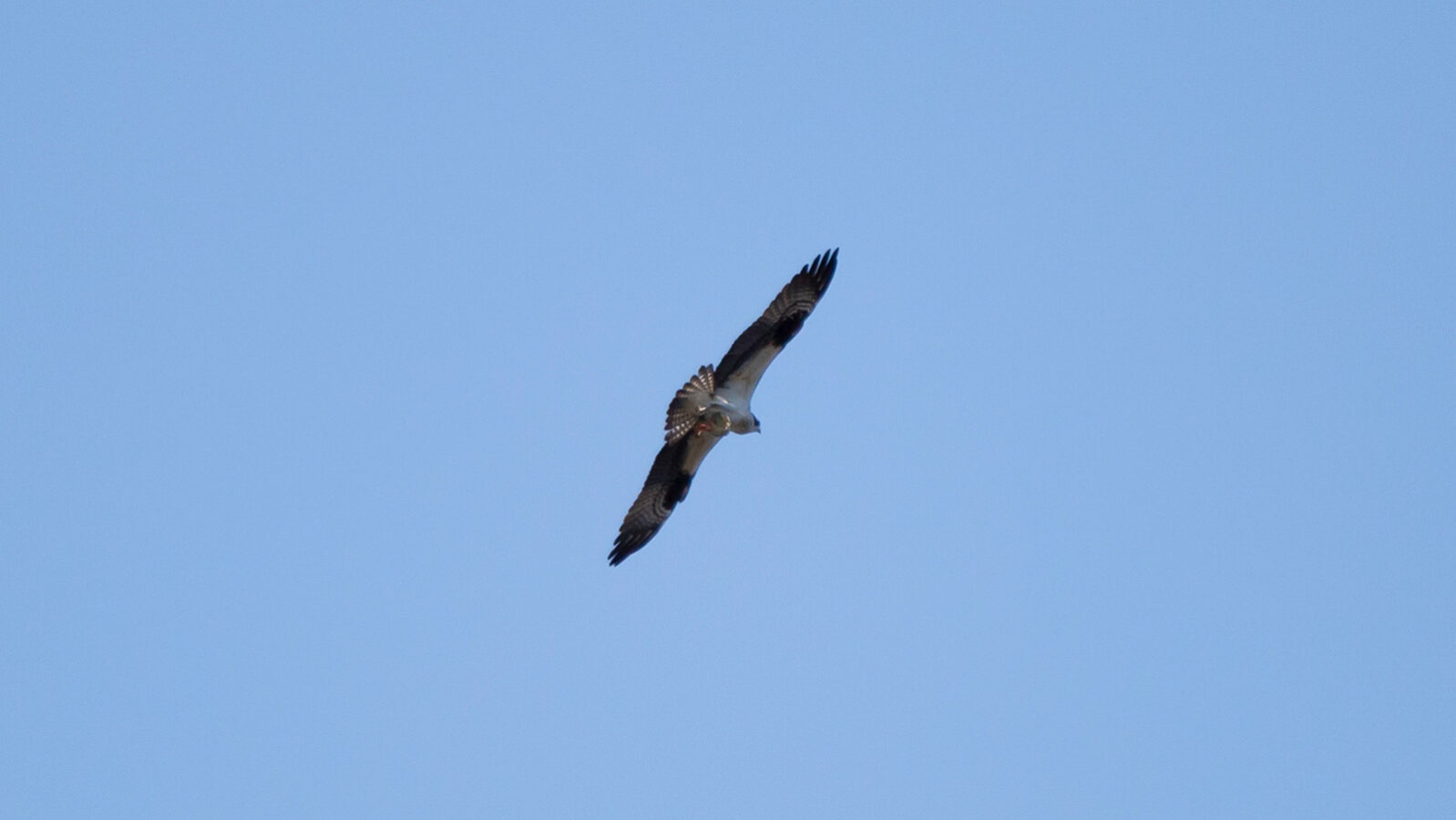
Ospreys
Learn More.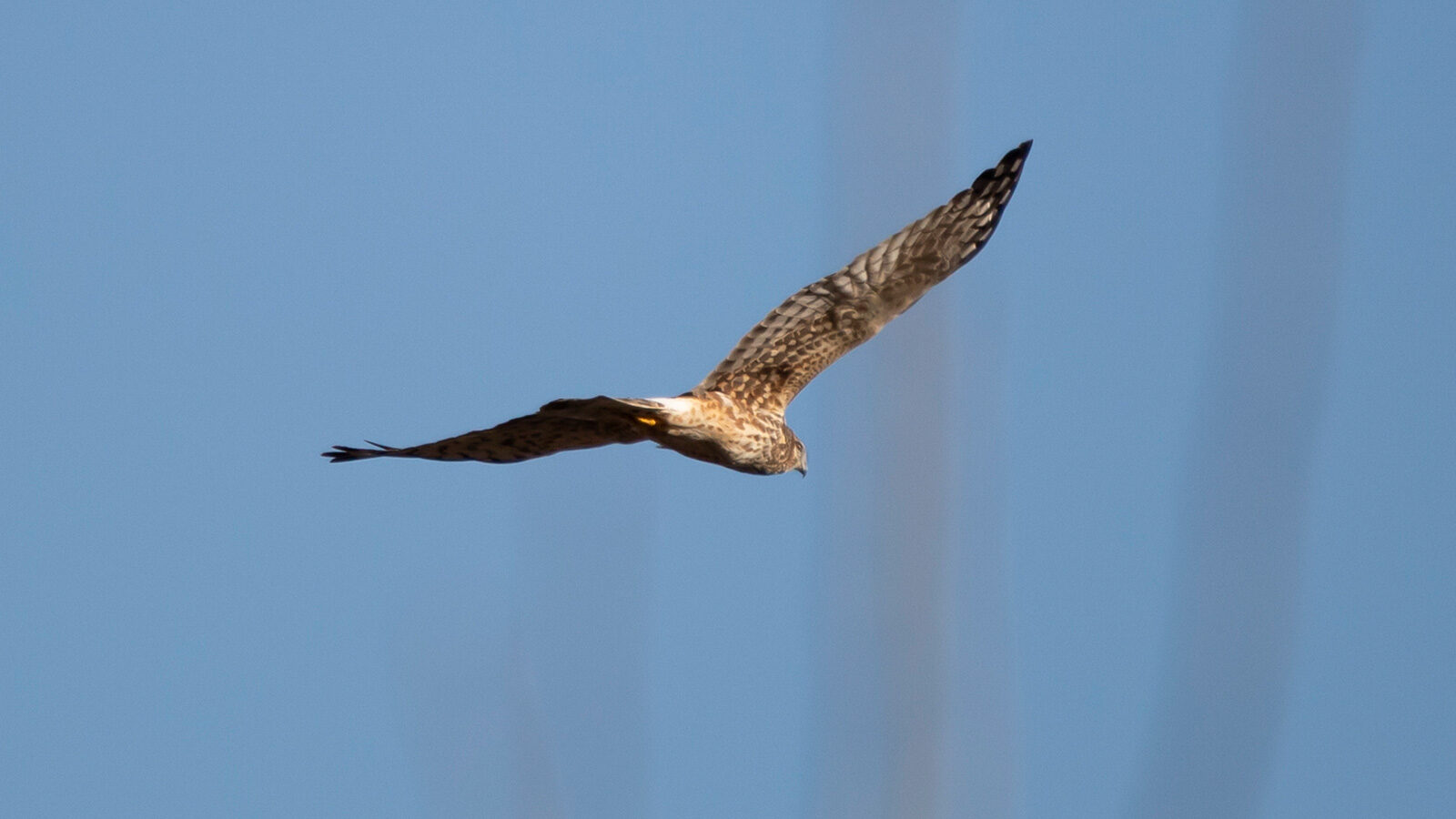
Northern Harriers
You're most likely to meet a northern harrier as it soars over an open field. These hawks are winter visitors who hunt in dry and open fields near water. You'll find them in many of the same places that you find red-tailed hawks.
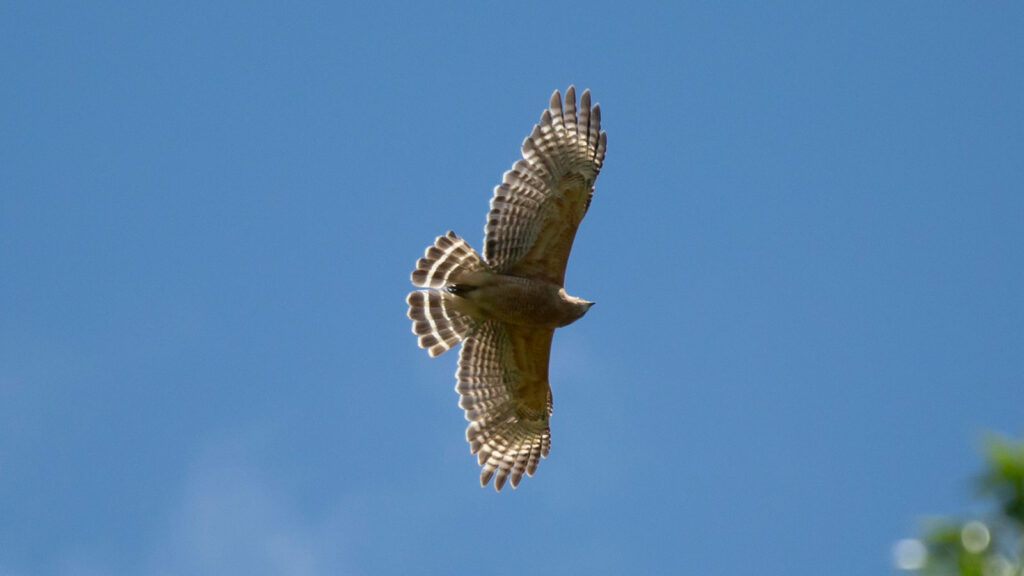
Red-Shouldered Hawks
These hawks are the most likely to be confused with their red-tailed cousins due to their similar body shape and size. You'll meet these slightly smaller hawks soaring over meadows or perched on a tree limbs.
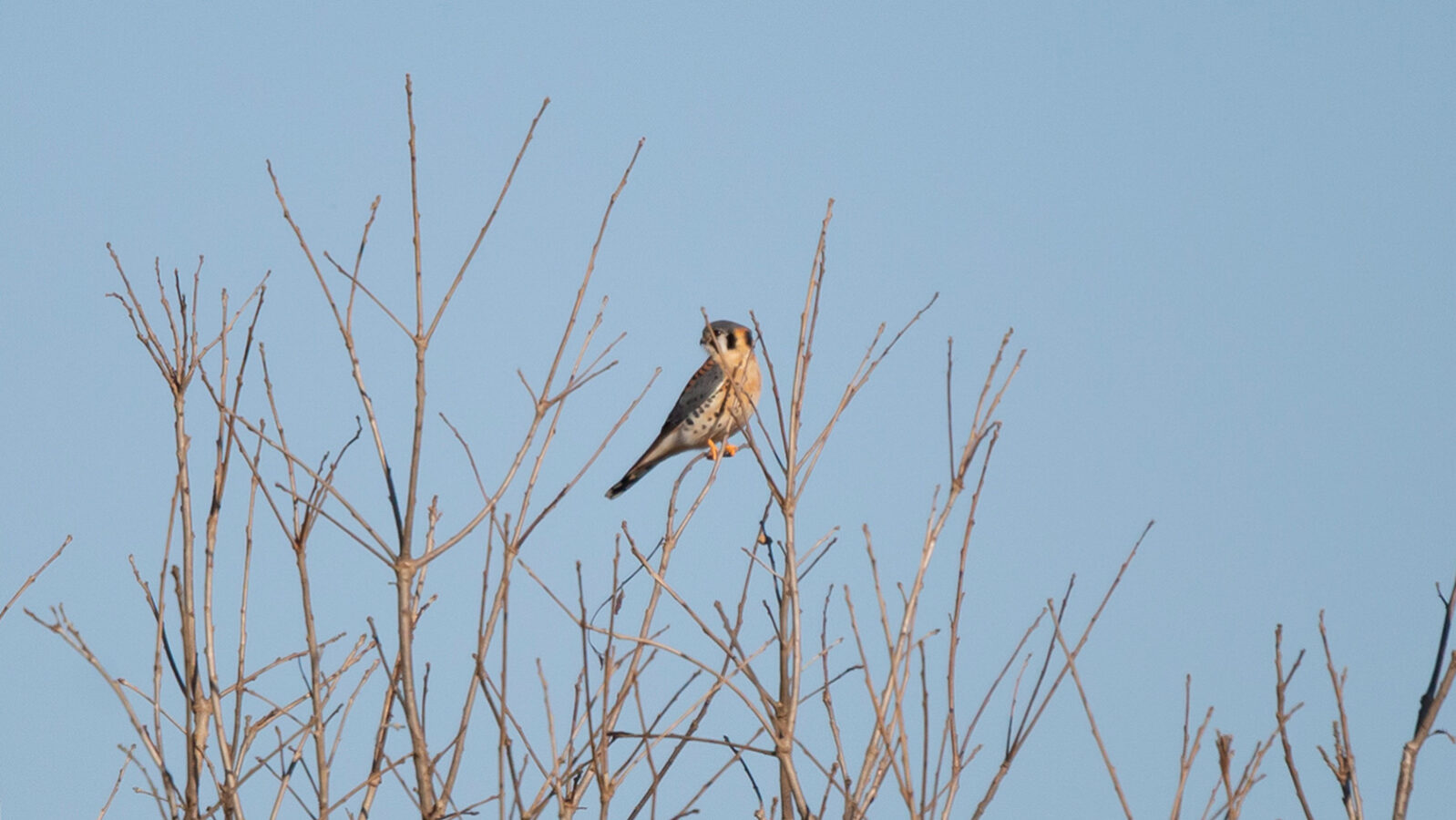
American Kestrels
Kestrels hang out in grasslands and meadows near water. You can find these falcons in North Louisiana year round.
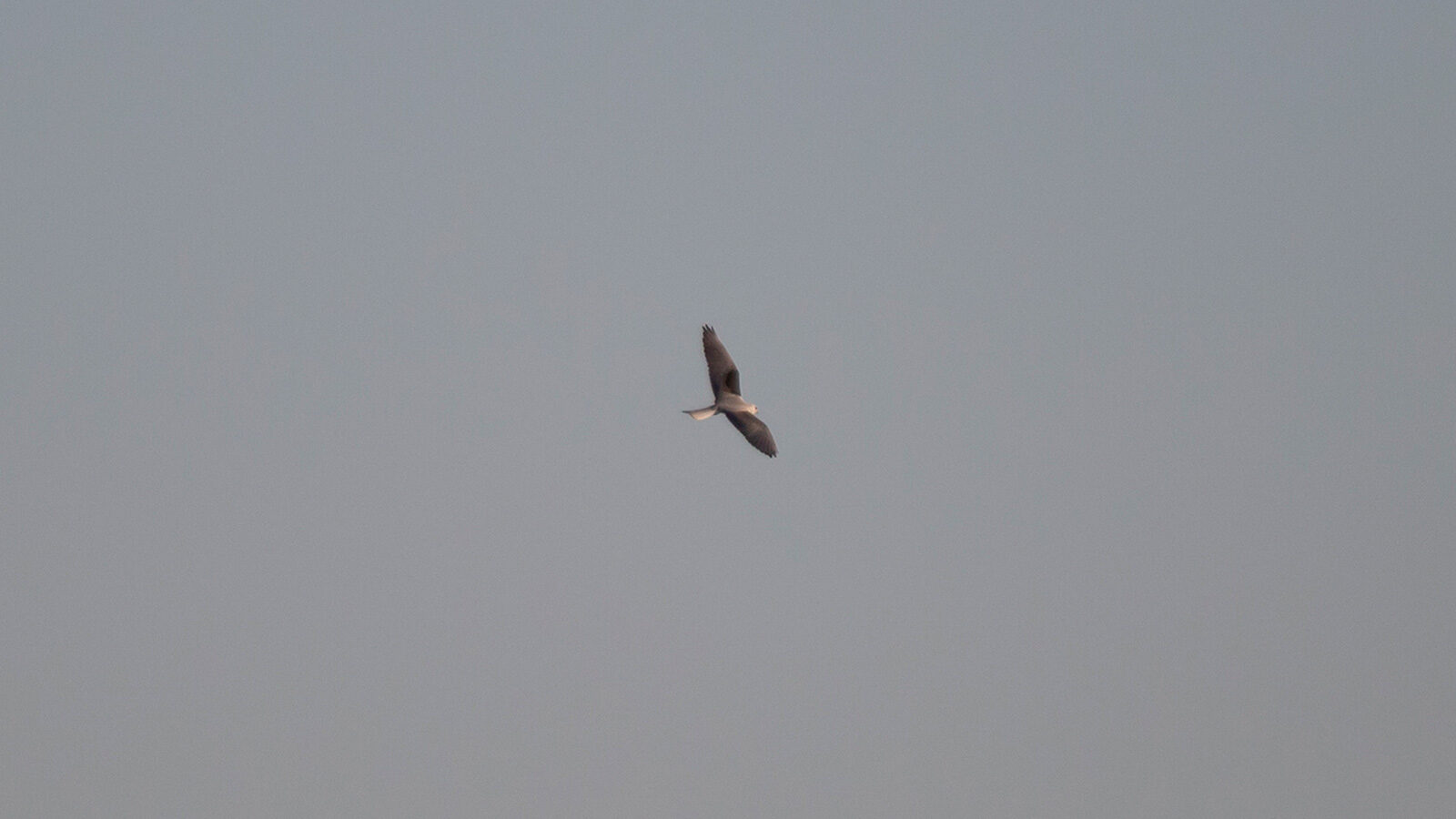
White-Tailed Kites
White-tailed kites migrate through North Louisiana in the fall and spring months. You're most likely to find them soaring above an open meadow or perched on a branch at the edge of a forest. These birds put on a really cool show as they do acrobatics as they hunt. You're most likely to meet these birds in the eastern part of the state.
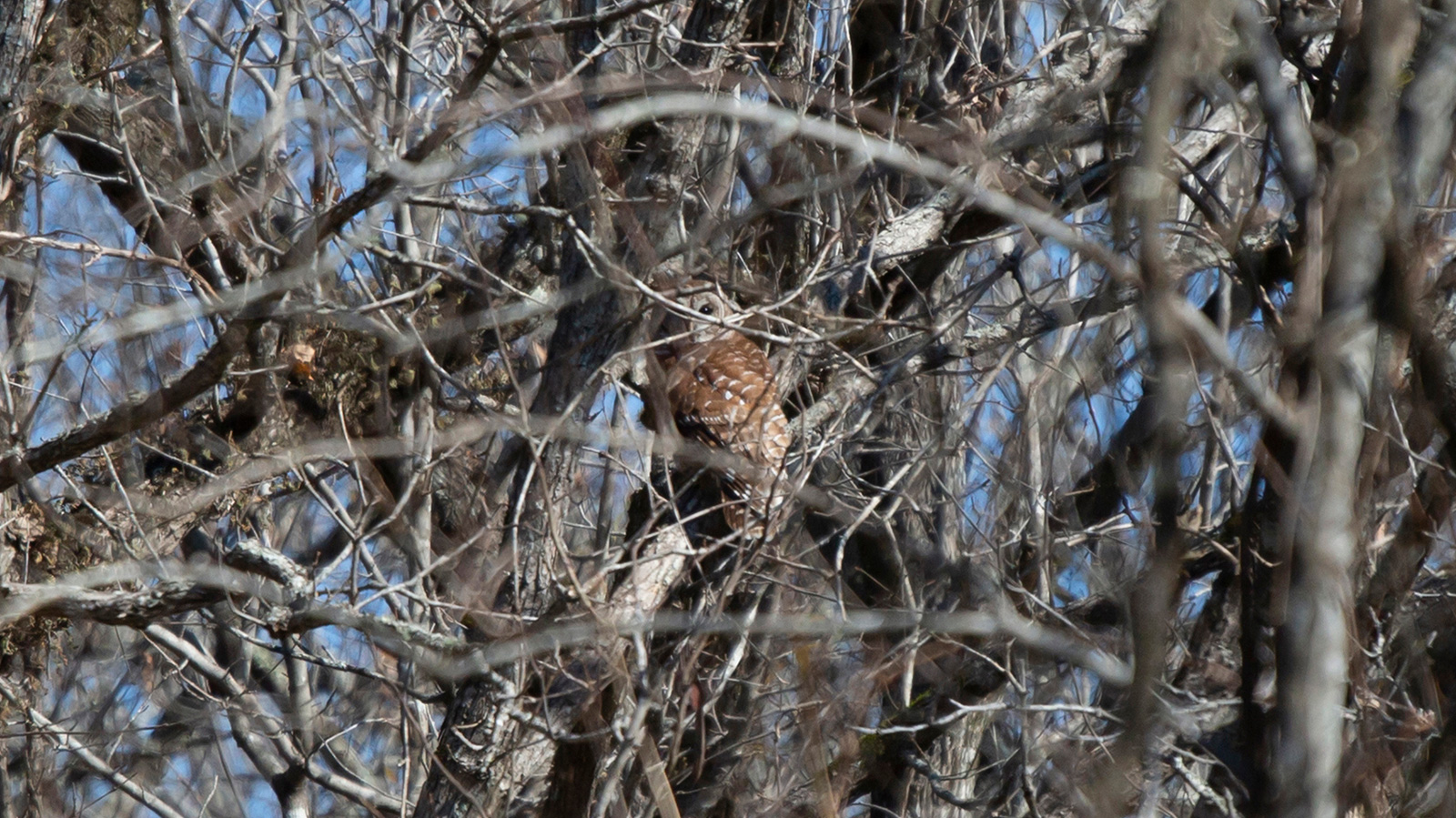
Barred Owls
Barred owls hang out in North Louisiana all year long. You're most likely to meet them in heavily forested areas near creeks, bayous, and rivers.
Sparrows
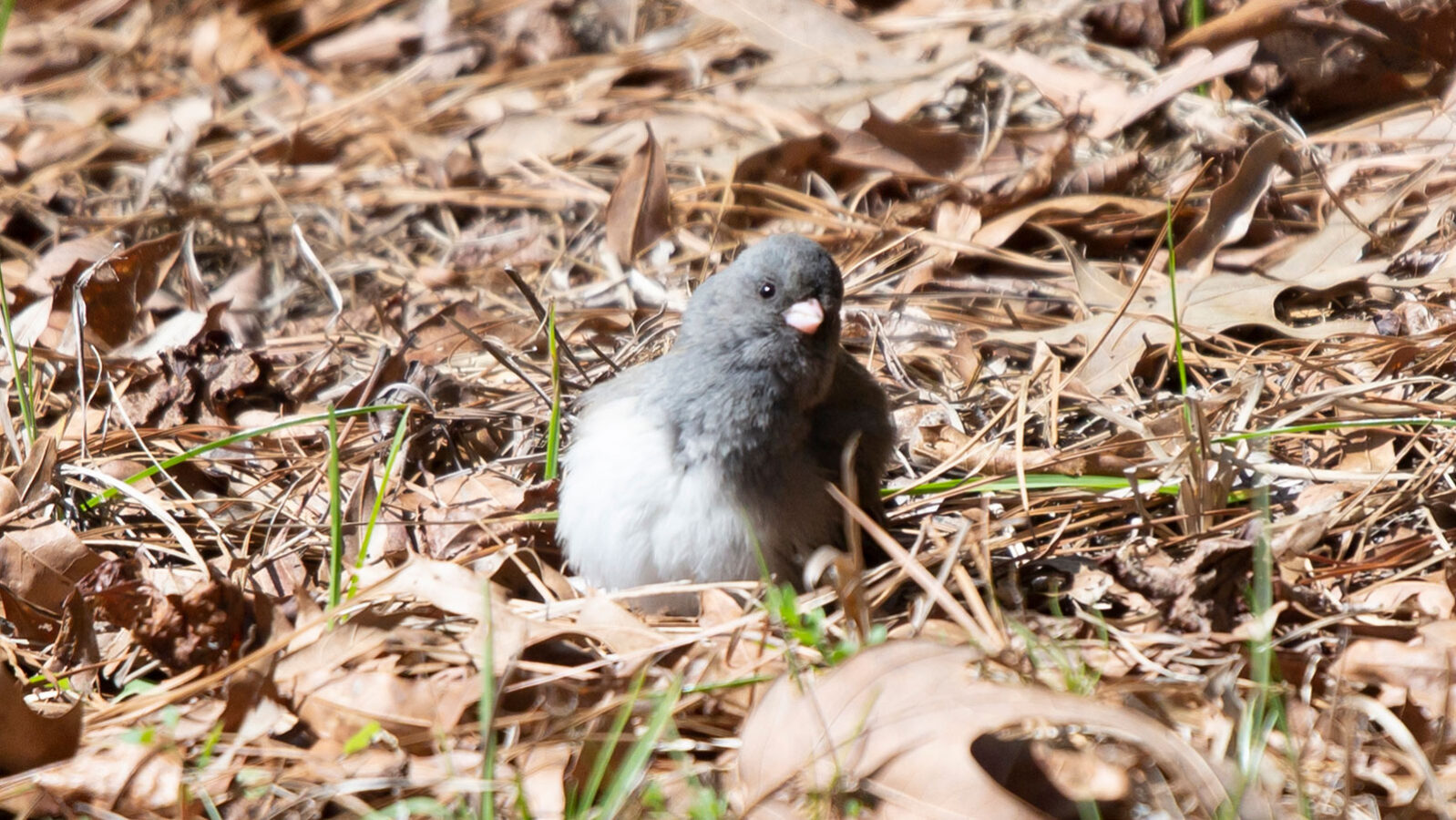
Dark-Eyed Juncos
Like many sparrows, dark-eyed juncos are winter visitors to North Louisiana. You're most likely to meet them as they forage along the ground in wooded areas near lakes.
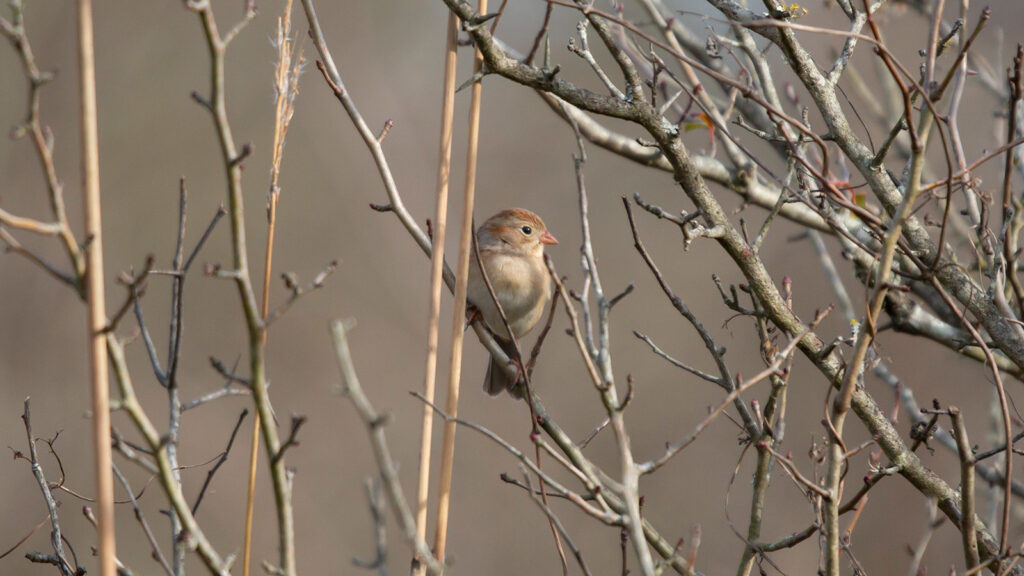
Field Sparrows
You'll find field sparrows in scrubby meadows and foliage near swamps year round. Look in bare branches near the ground.
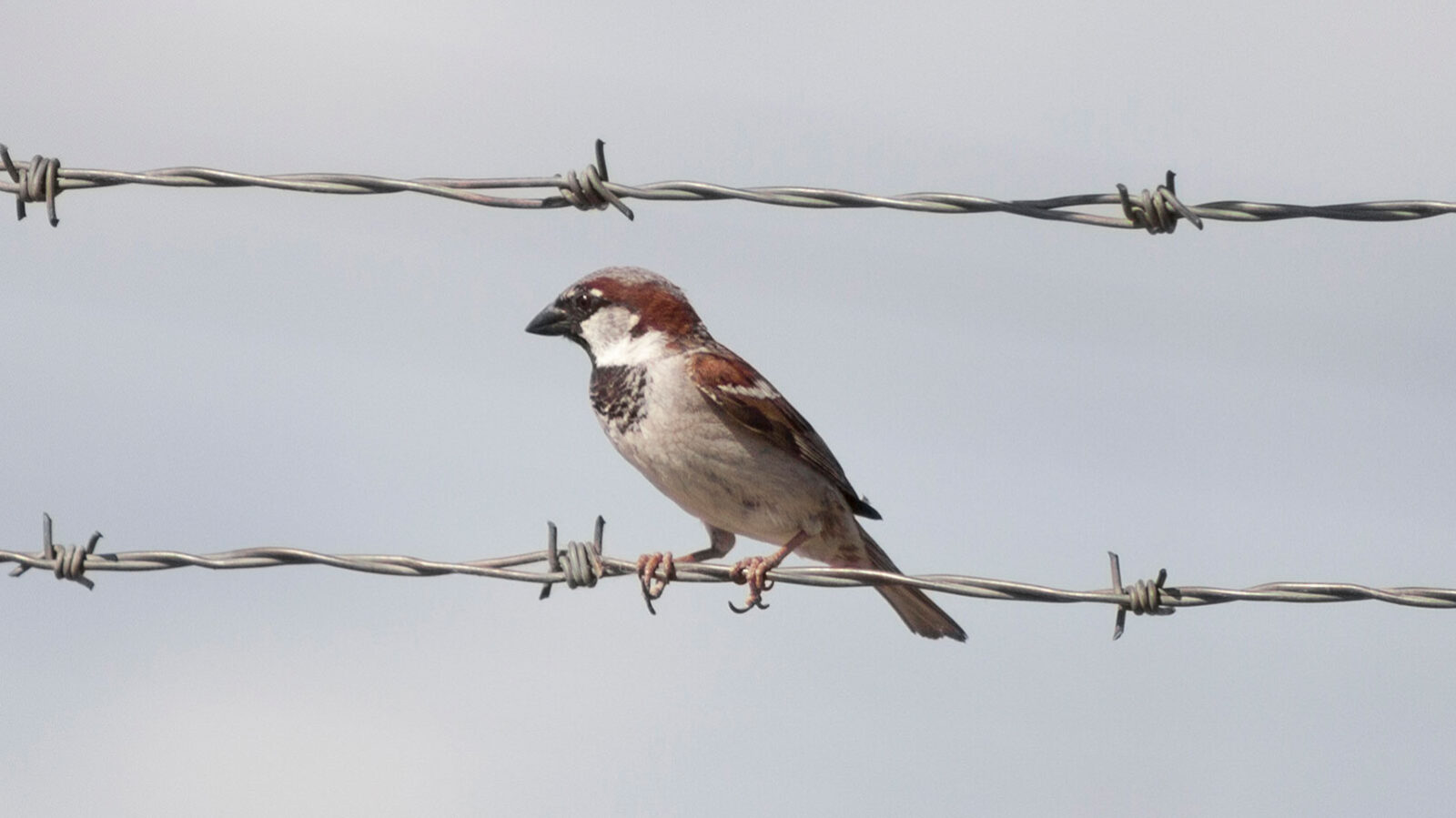
House Sparrows
This invasive species is loosely related to the other North Louisiana sparrows. You're most likely to meet them in towns. They particularly enjoy stoplights in North Central Louisiana university towns.
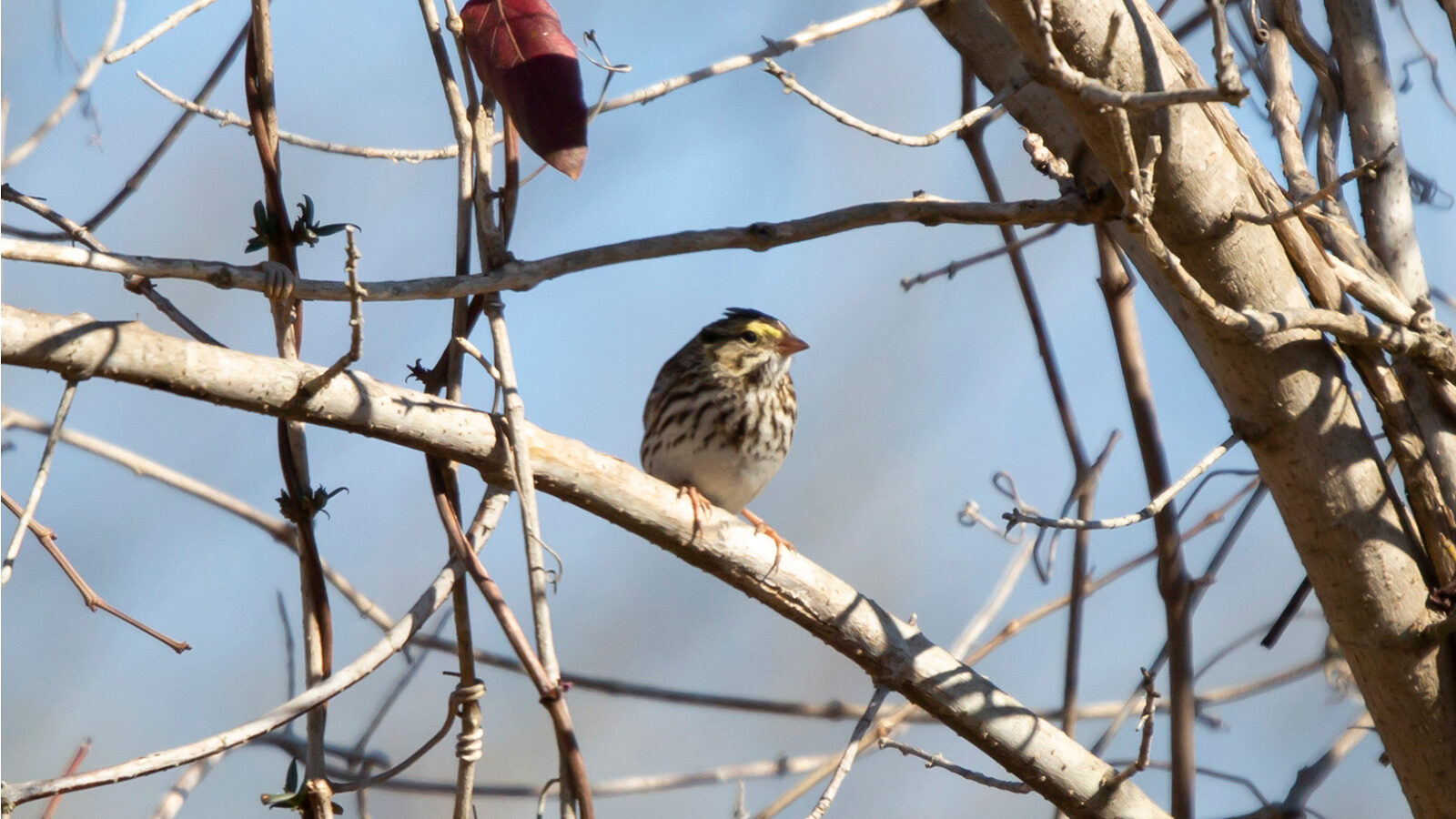
Savannah Sparrows
Savannah sparrows are winter visitors to North Louisiana. You'll meet them at the edge of meadows.
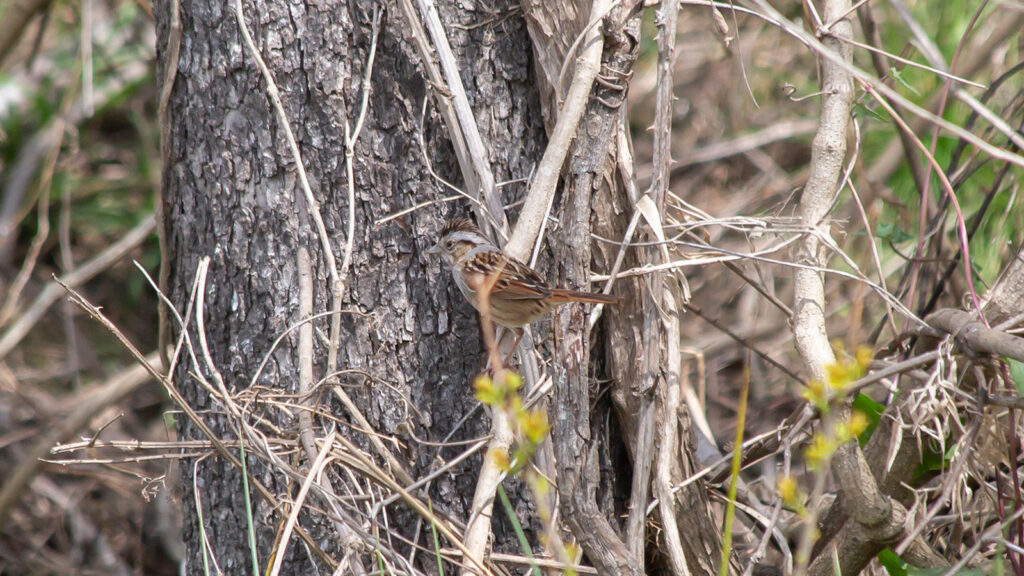
Swamp Sparrows
You're most likely to meet swamp sparrows in swamps throughout North Louisiana in the winter.
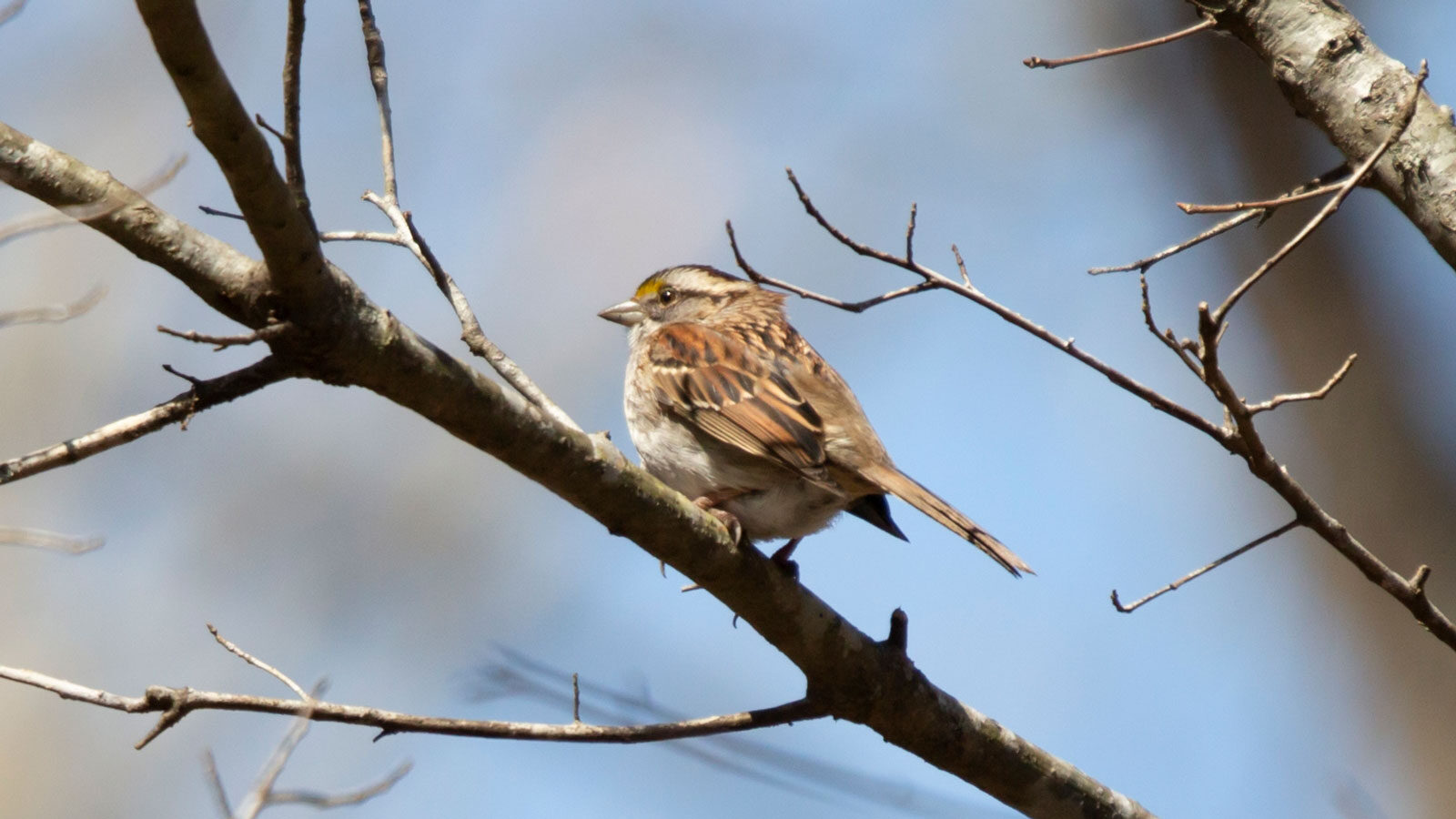
White-Throated Sparrows
White-throated sparrows are winter visitors who hang out in forests throughout North Louisiana. These are the sparrows you're most likely to meet in your yard.
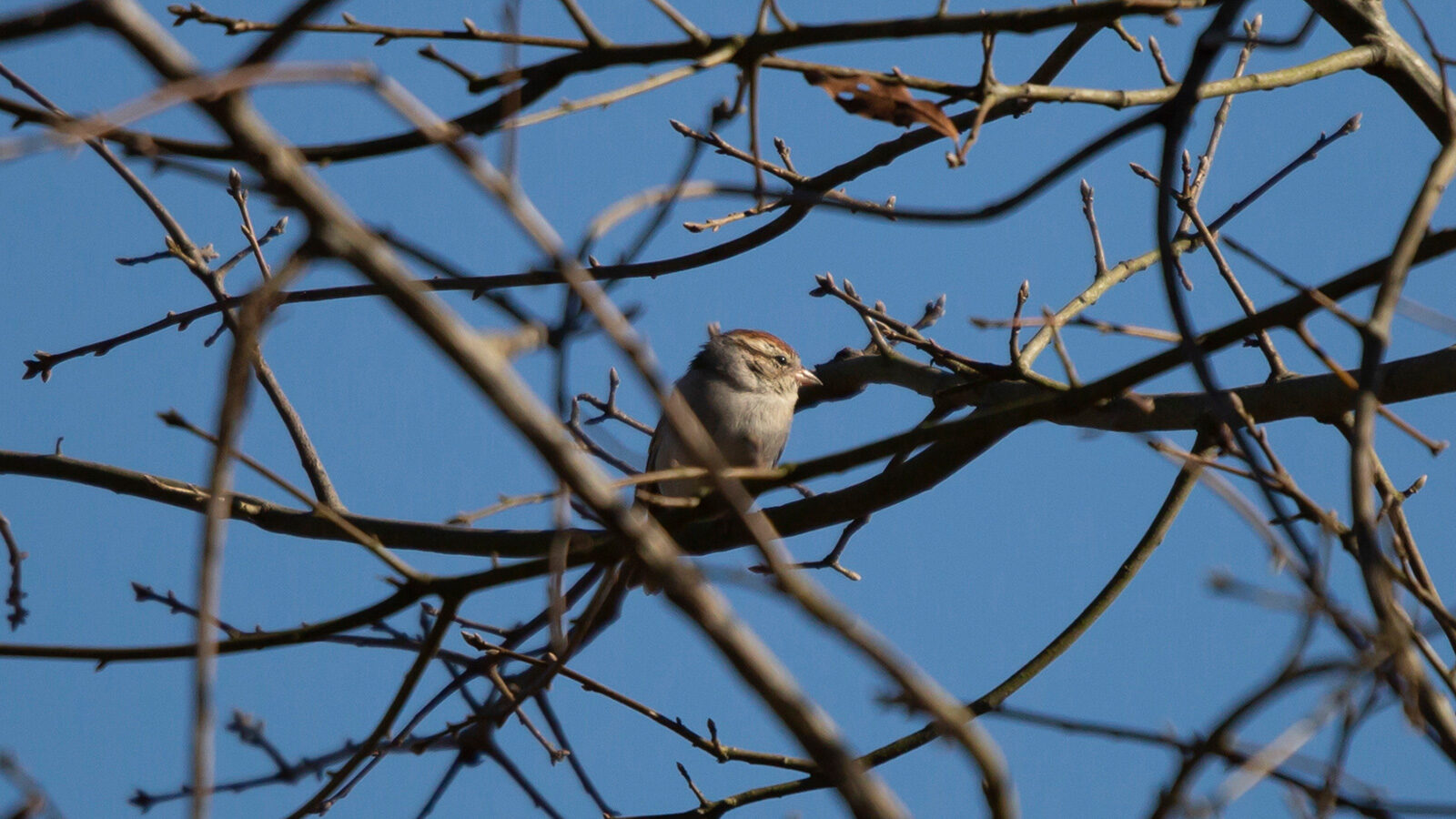
Chipping Sparrows
Chipping sparrows spend their spring and summers in North Louisiana. You're most likely to find them flocking together in trees or foraging on the ground in openings between forests and water.
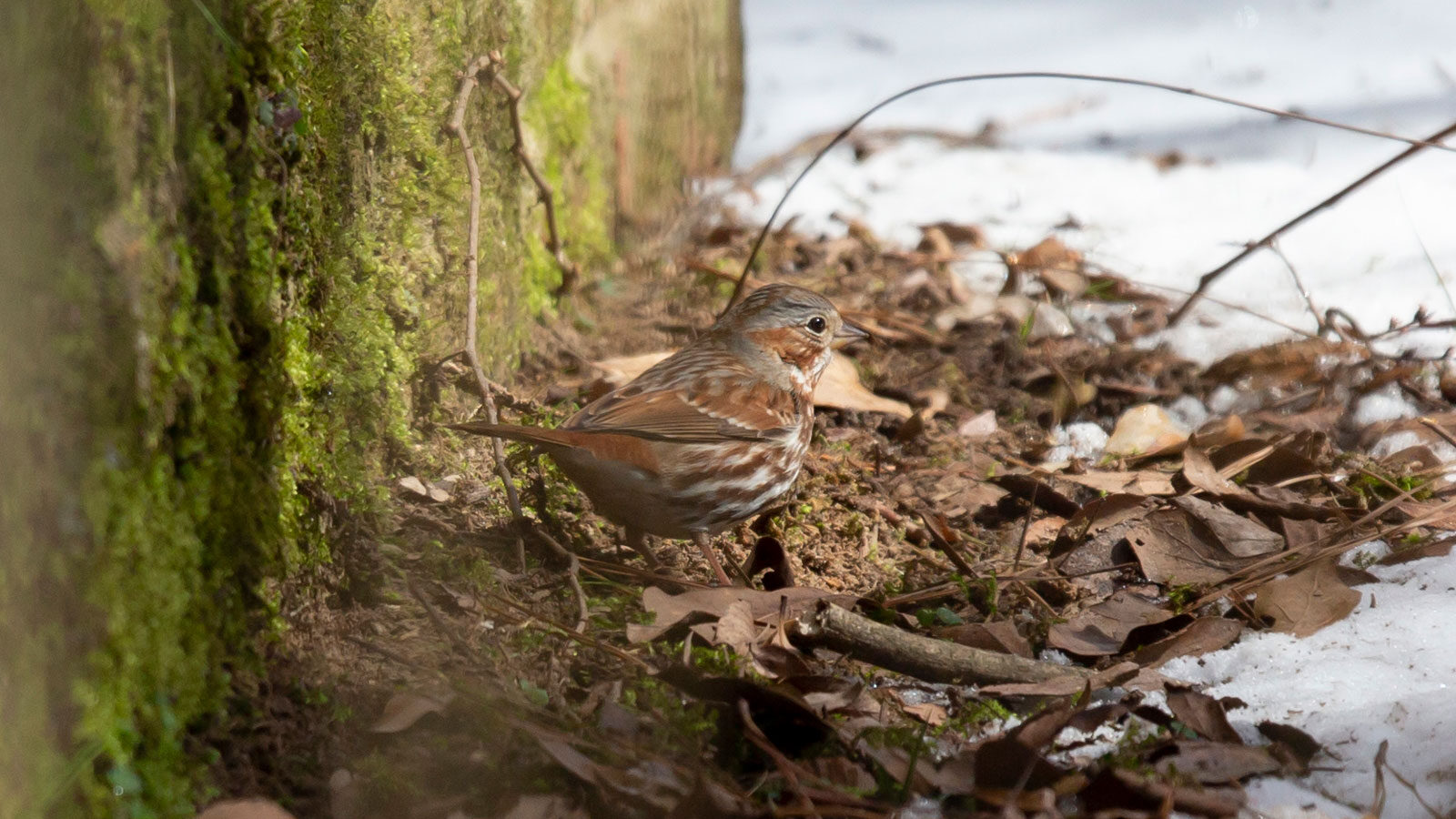
Fox Sparrows
These red sparrows are winter visitors who hang out in yards and near forests. You're most likely to find these little birds on the ground under foliage.
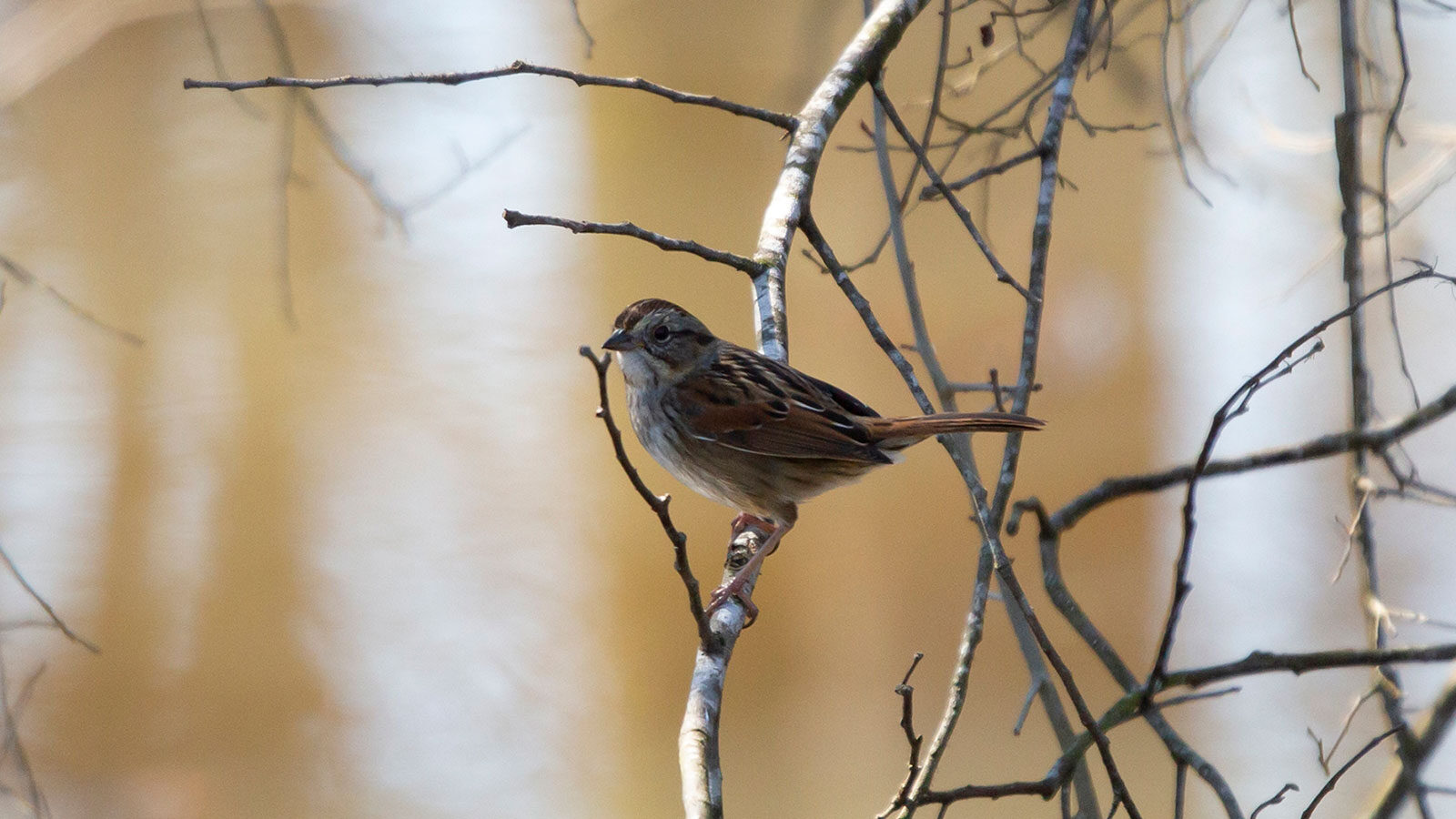
Lincoln's Sparrows
You'll meet Lincoln's sparrows in North Louisiana's swamps and meadows during the winter. You're most likely to find them hanging out in shrubs and low-hanging branches near meadows and swamps.
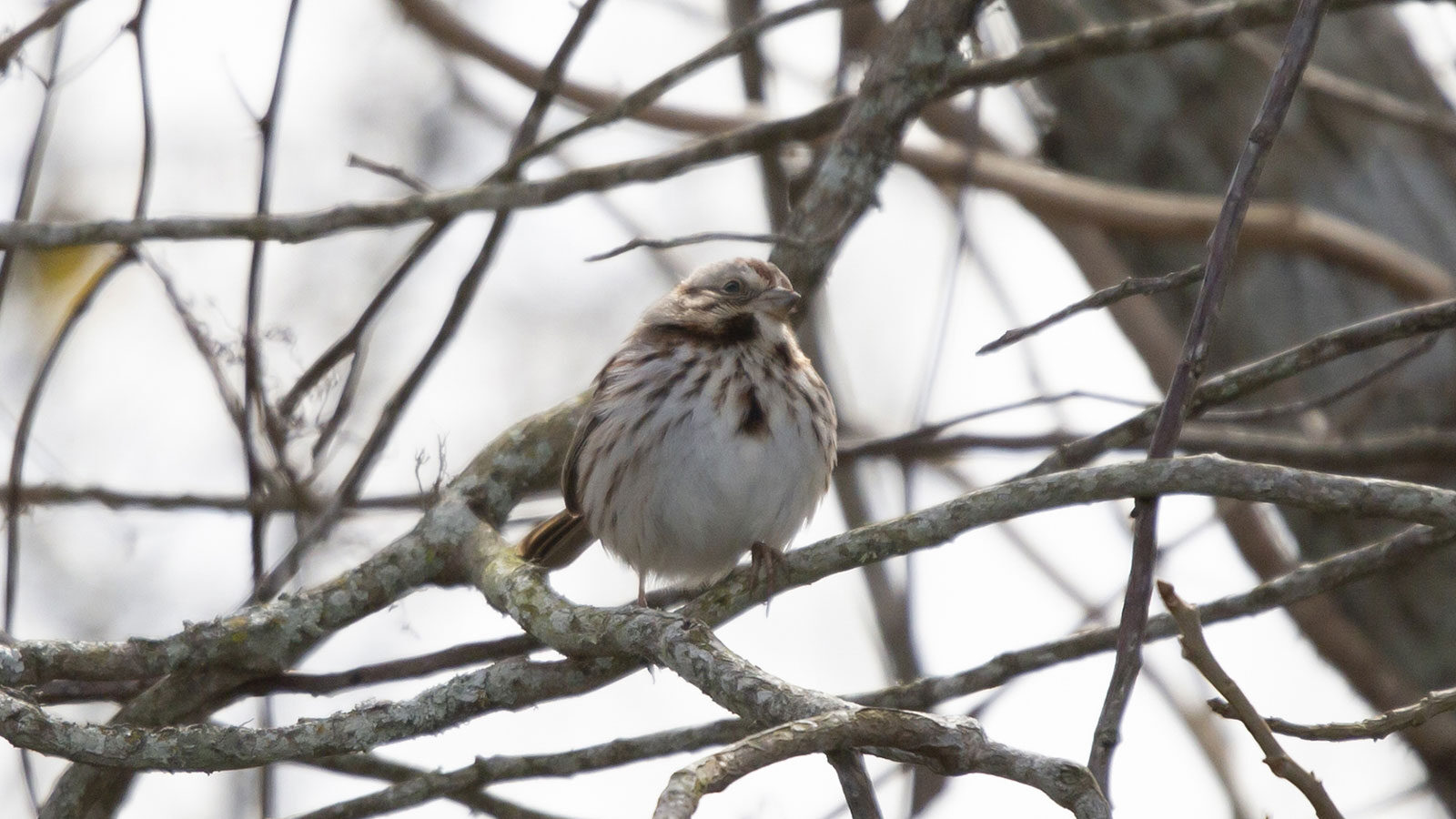
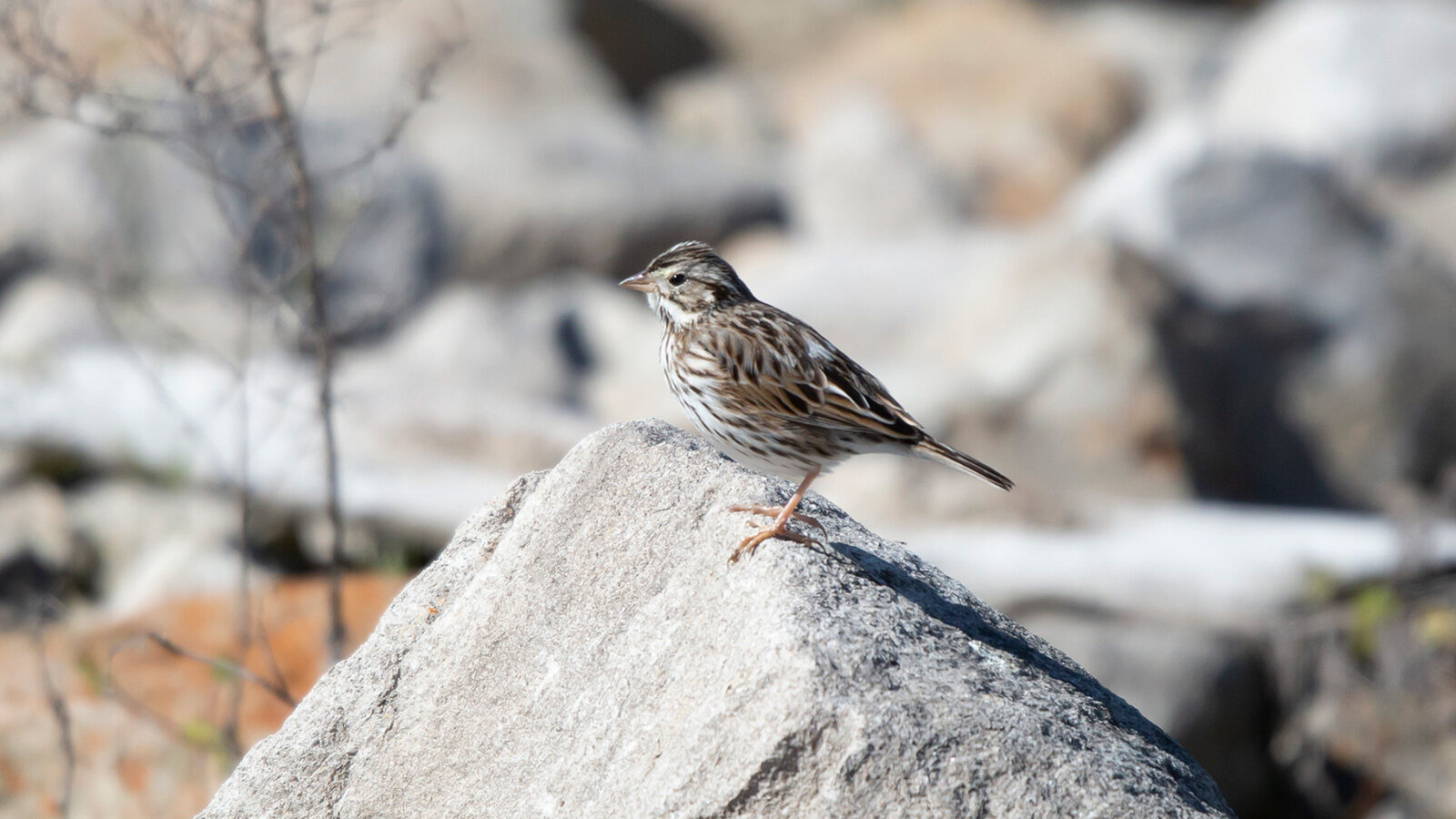
Vesper Sparrows
You'll meet vesper sparrows in meadows and on lawns near lakes. These birds are winter visitors.
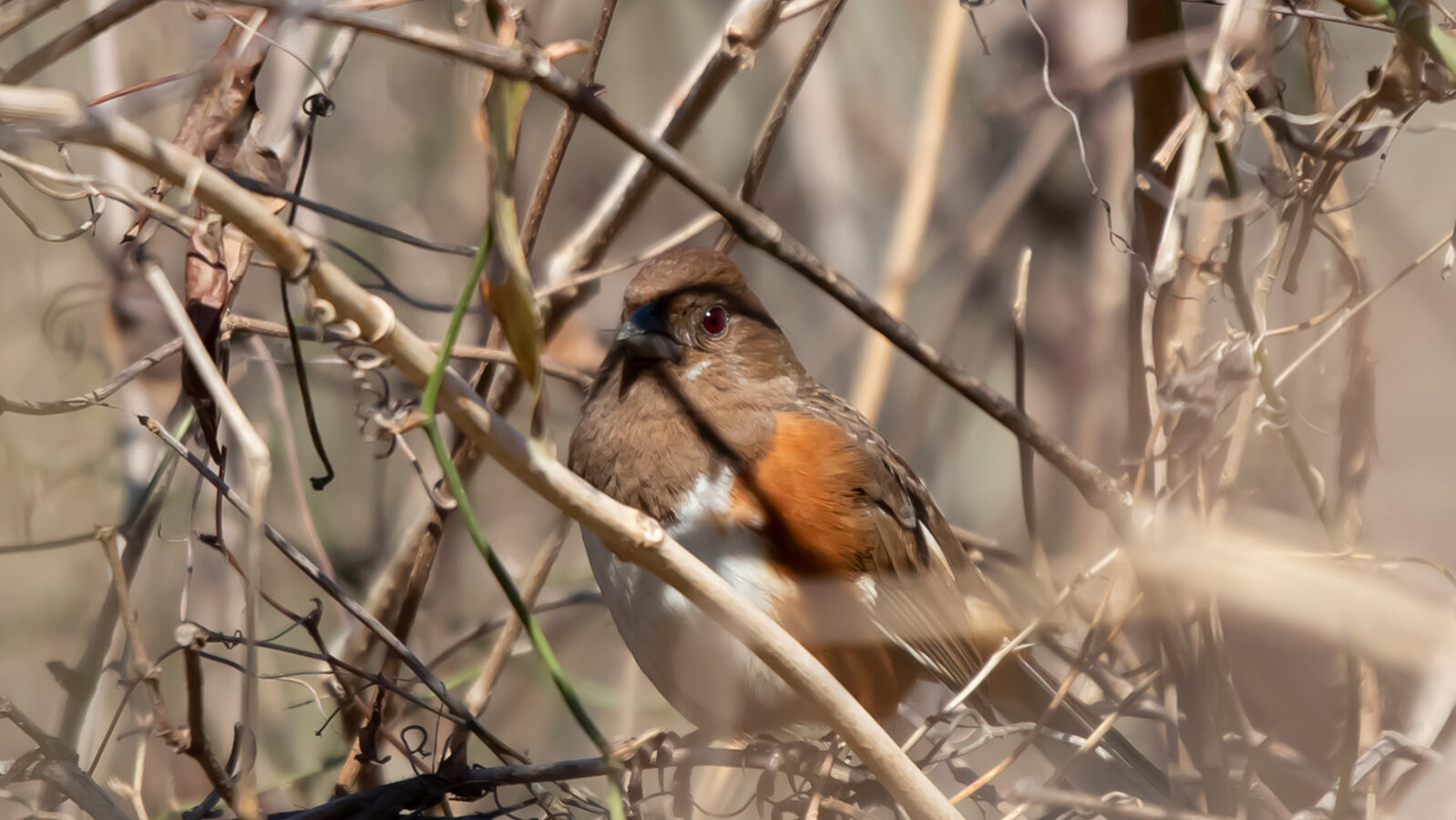
Eastern Towhees
You'll meet eastern towhees in North Louisiana year round. These sparrows hang out in forest edges with dense foliage.
Swallows
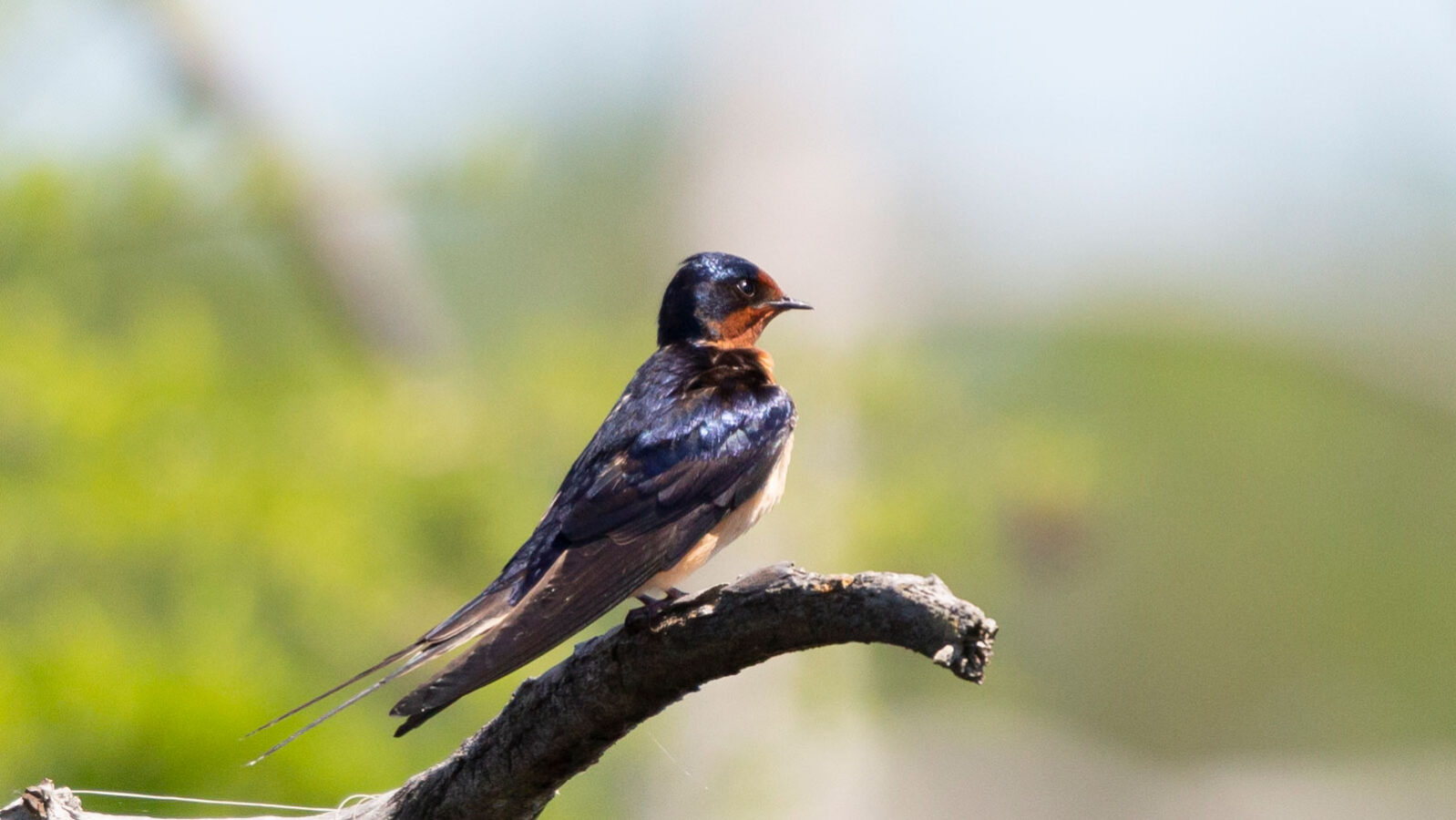
Barn Swallows
You'll meet barn swallows near lakes in North Louisiana from mid-spring through early fall. These birds will likely be perched at the water's edge or soaring above the water at the shore.
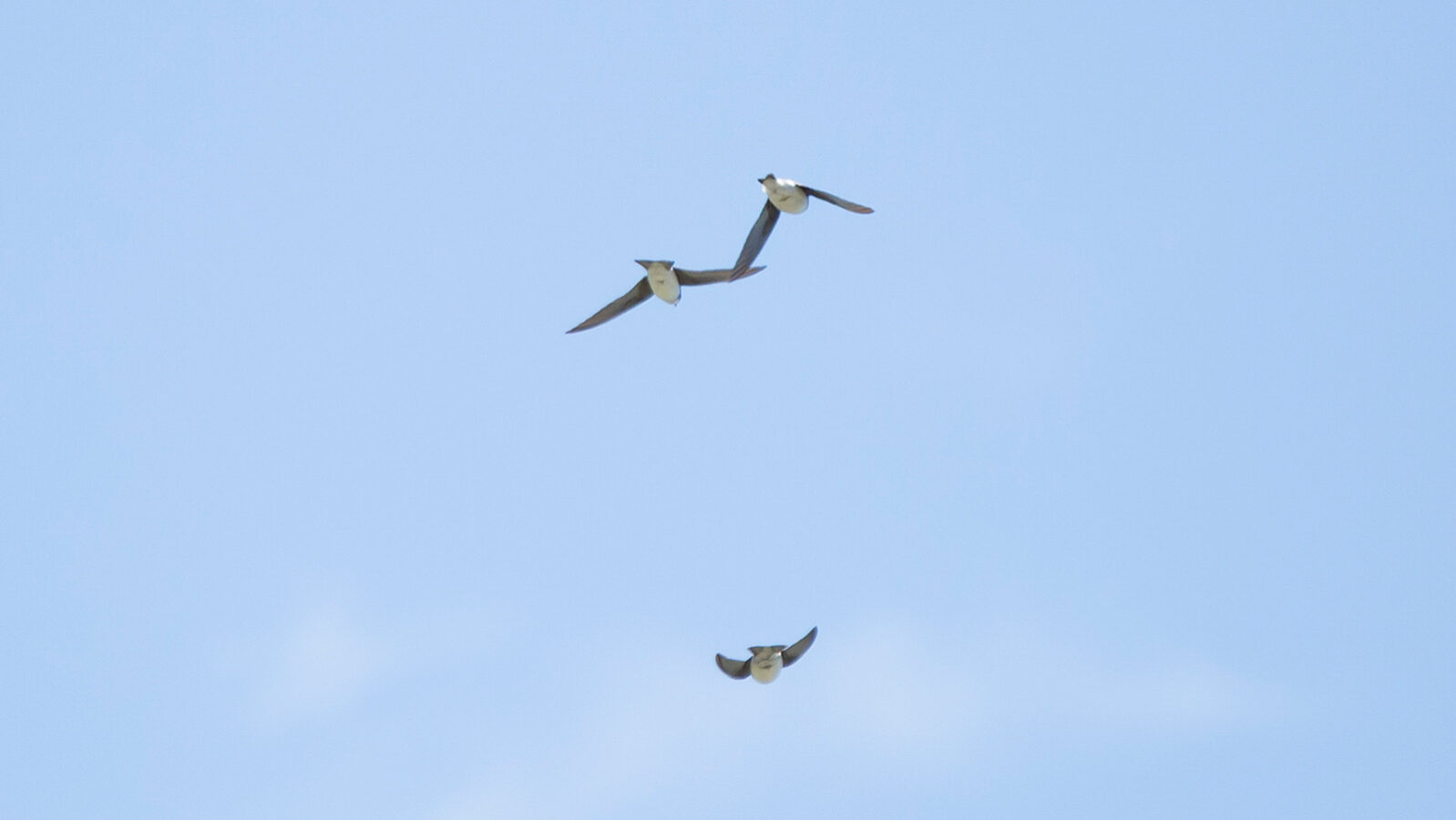
Tree Swallows
Learn More.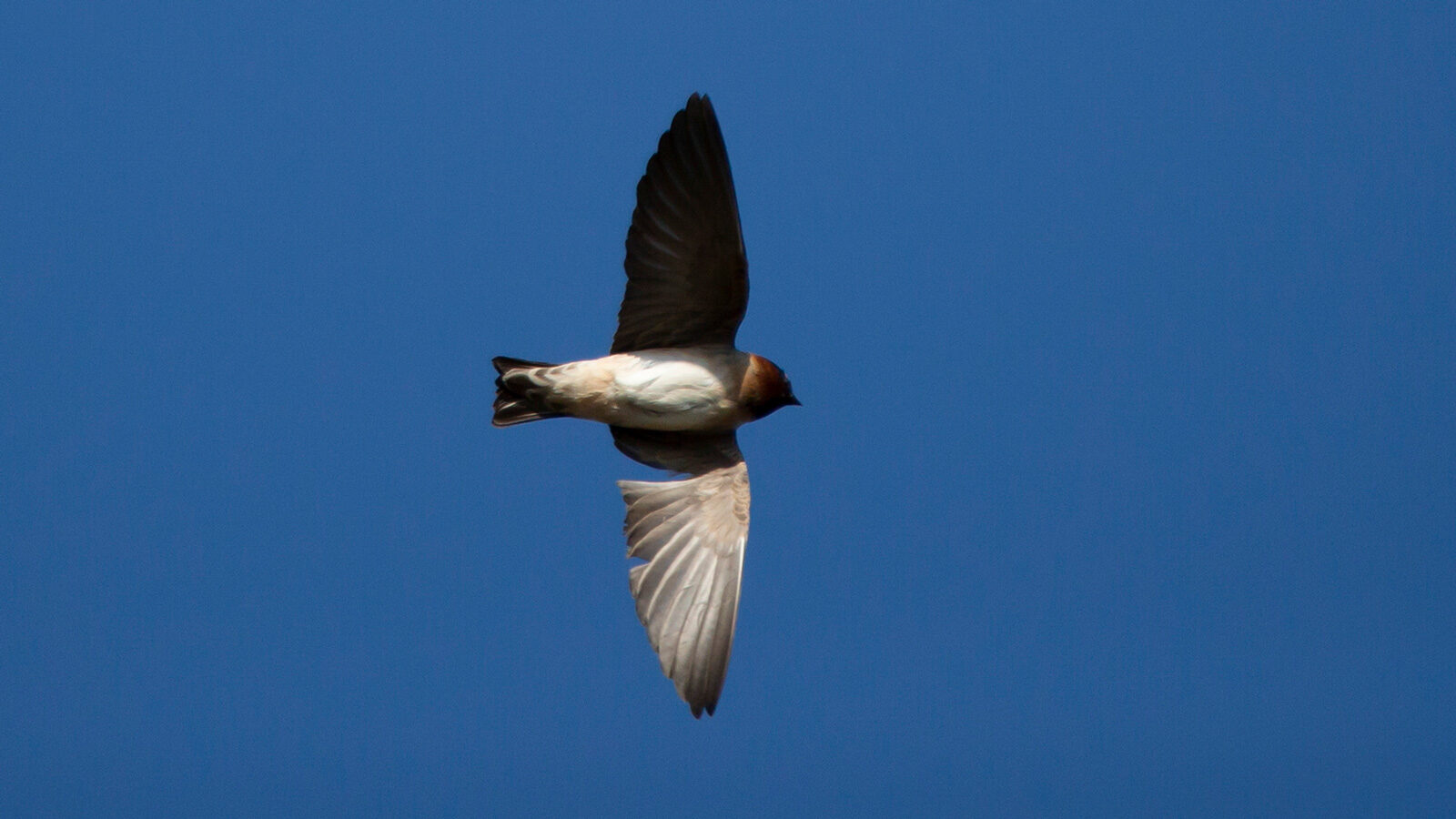
Cliff Swallows
Cliff swallows pass through North Louisiana in the early fall, and many nest in lake-adjacent overpasses throughout the area. You'll likely meet them soaring above water or fluttering in or out of their mud nests.
Vireos
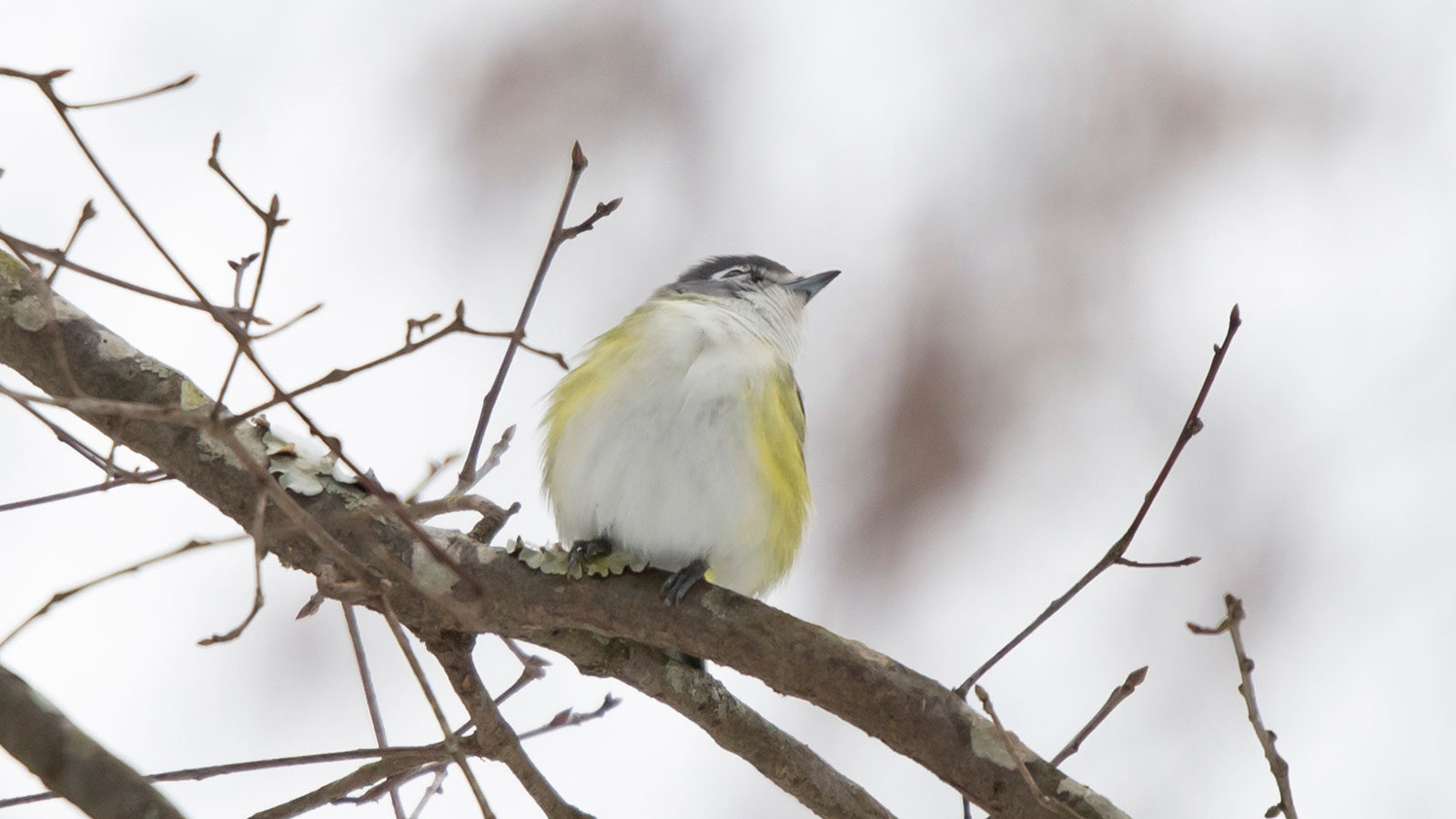
Blue-Headed Vireos
Blue-headed vireos come to North Louisiana in the winter, where they hang out in forests and yards. You're most likely to meet this vireo at forest edges and meadows near lakes.
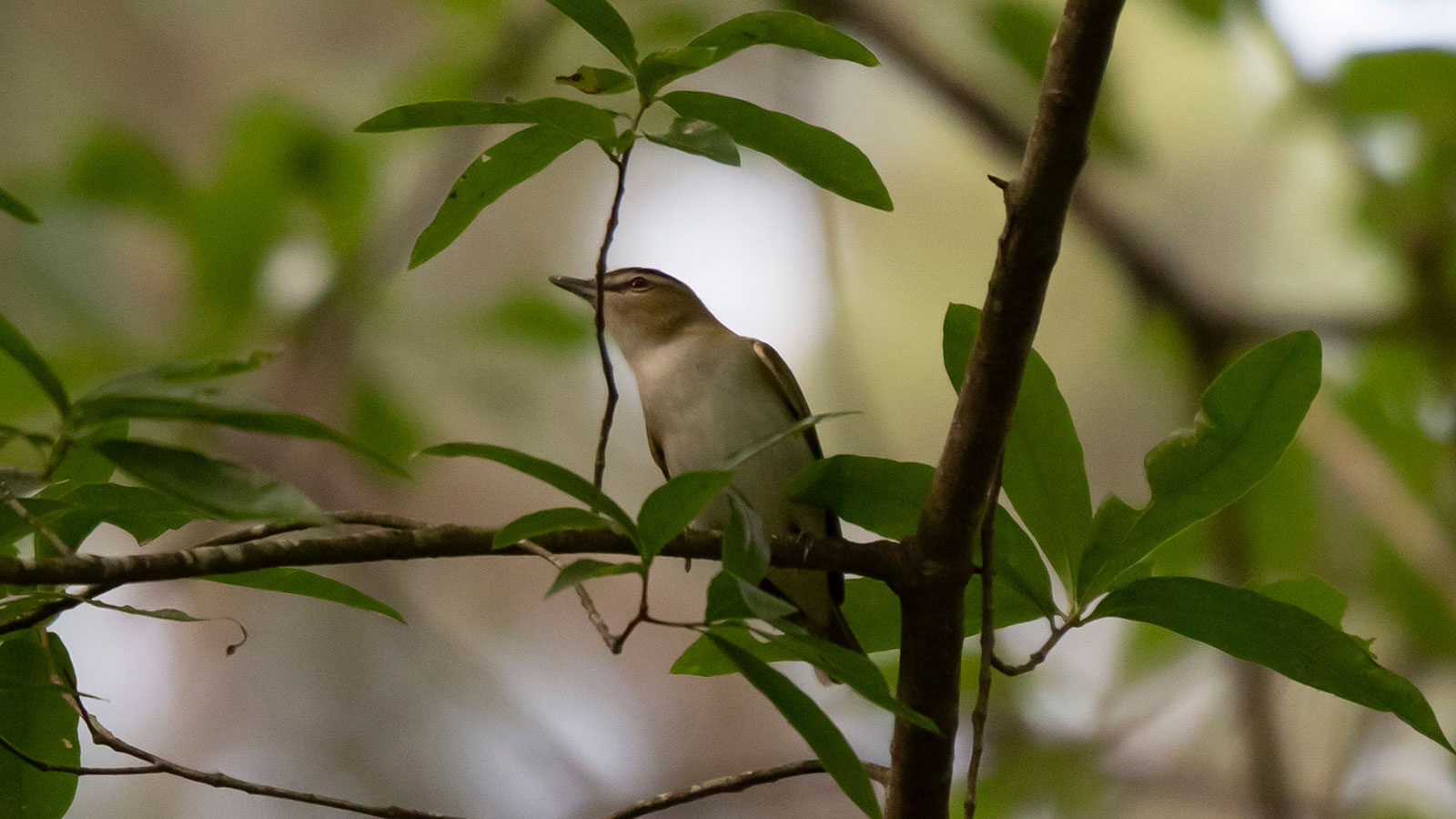
Red-Eyed Vireos
Red-eyed vireos are common members of the North Louisiana bird community during the spring, summer, and early fall. You're most likely to meet them in a forest or your yard.
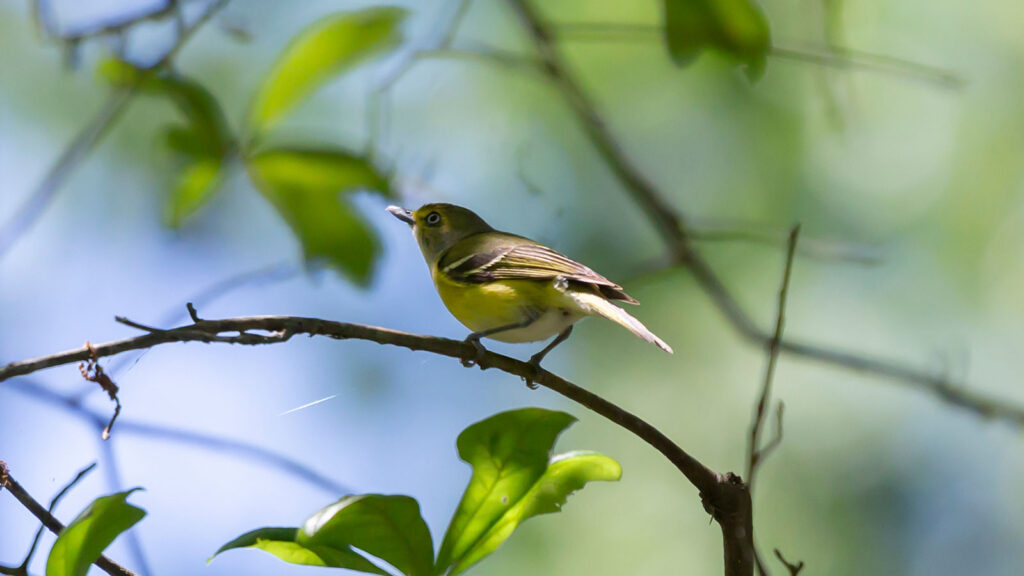
White-Eyed Vireos
White-eyed vireos live in North Louisiana during the spring, summer, and fall months. You're most likely to meet them in bushes near water.
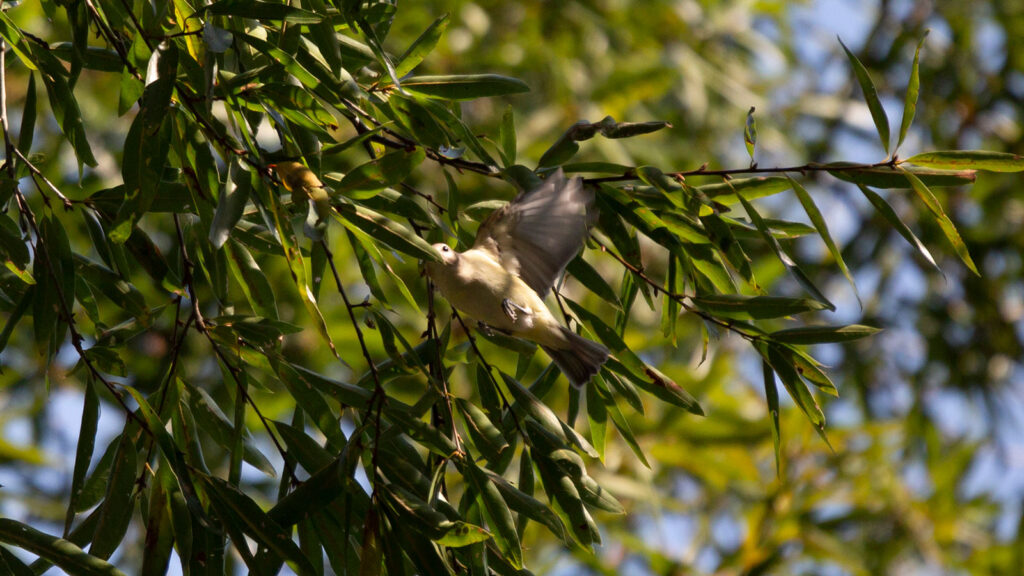
Philadelphia Vireos
Philadelphia vireos pass through North Louisiana during spring and fall migration. During that time, you're most likely to meet them in your yard or in the forest. They'll likely be foraging in oak trees.
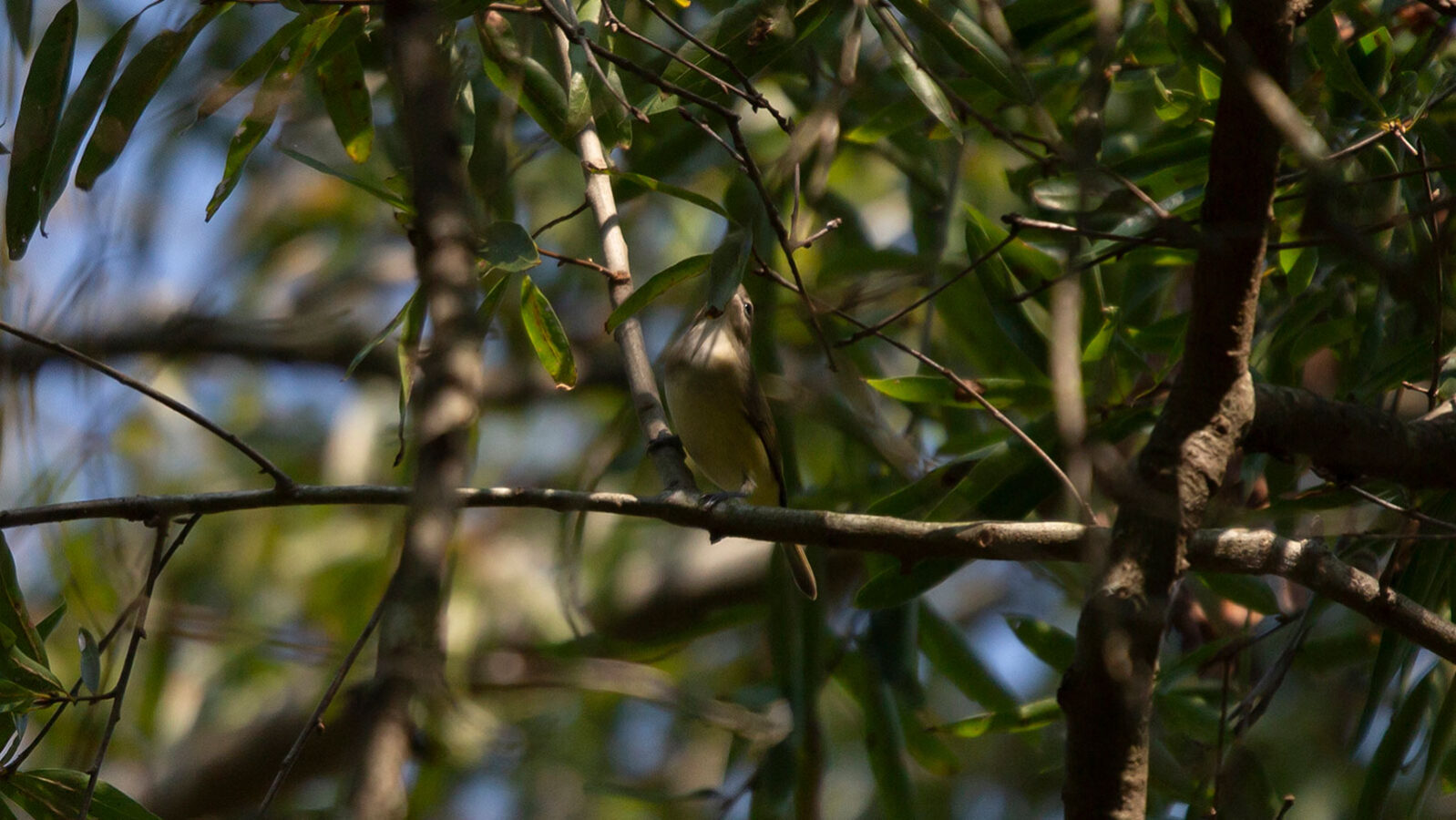
Warbling Vireos
Warbling vireos hang out in North Louisiana in the warm spring, summer, and fall months. You're most likely to meet them where meadows meet the edge of the forest or in your yard.
Warblers
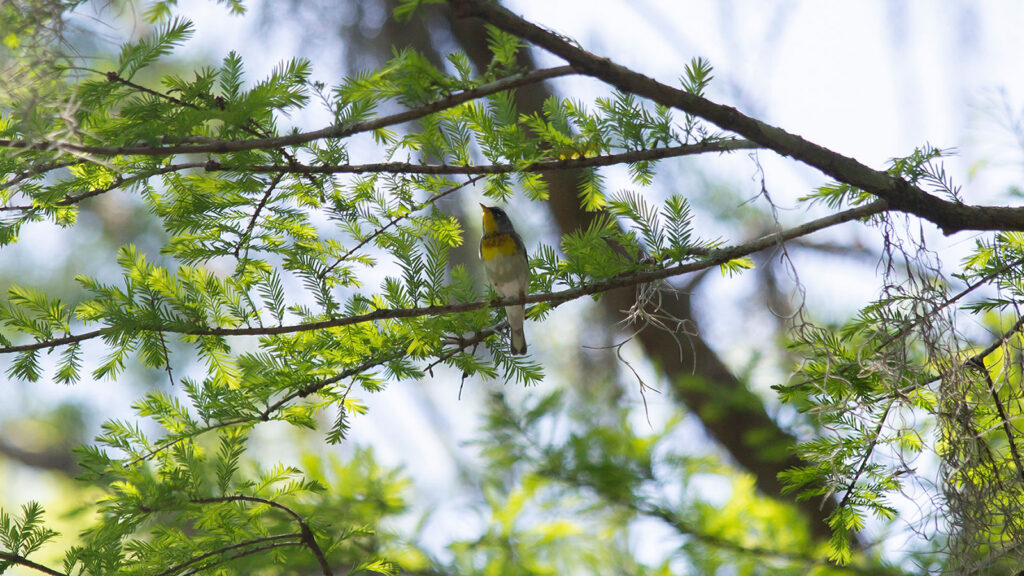
Northern Parula
Northern parulas spend the spring and summer months with us. You'll find these warblers in cypress and pine trees in forested areas near swamps and rivers. These birds will occasionally hang out in towns. When you meet them, they'll likely be singing from a perch.
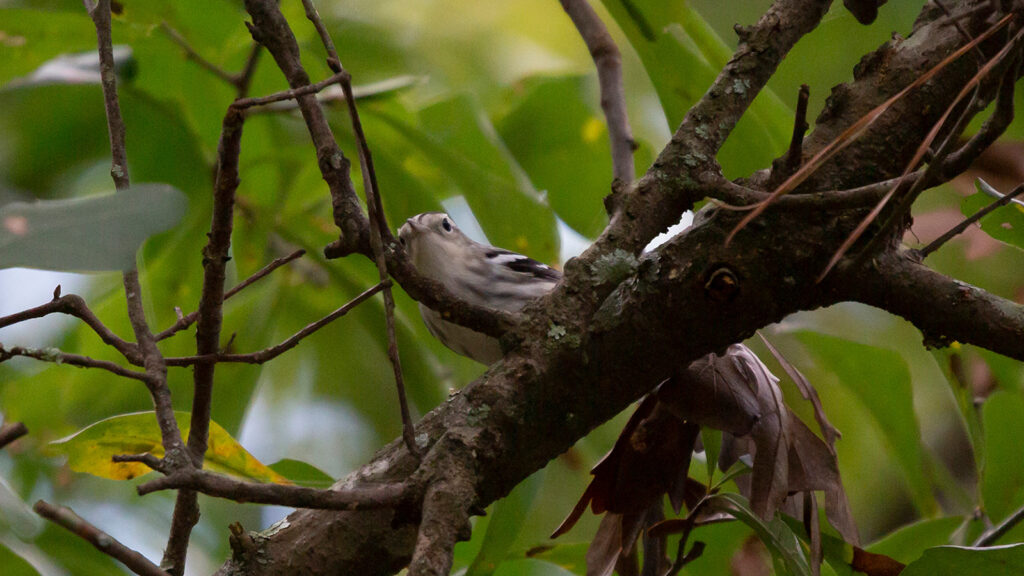
Black & White Warblers
Black and white warblers live in North Louisiana in the spring, summer, and fall. These 1940s cartoon warblers hang out in forests and yards. You're most likely to meet them while they're chasing bugs on limbs.
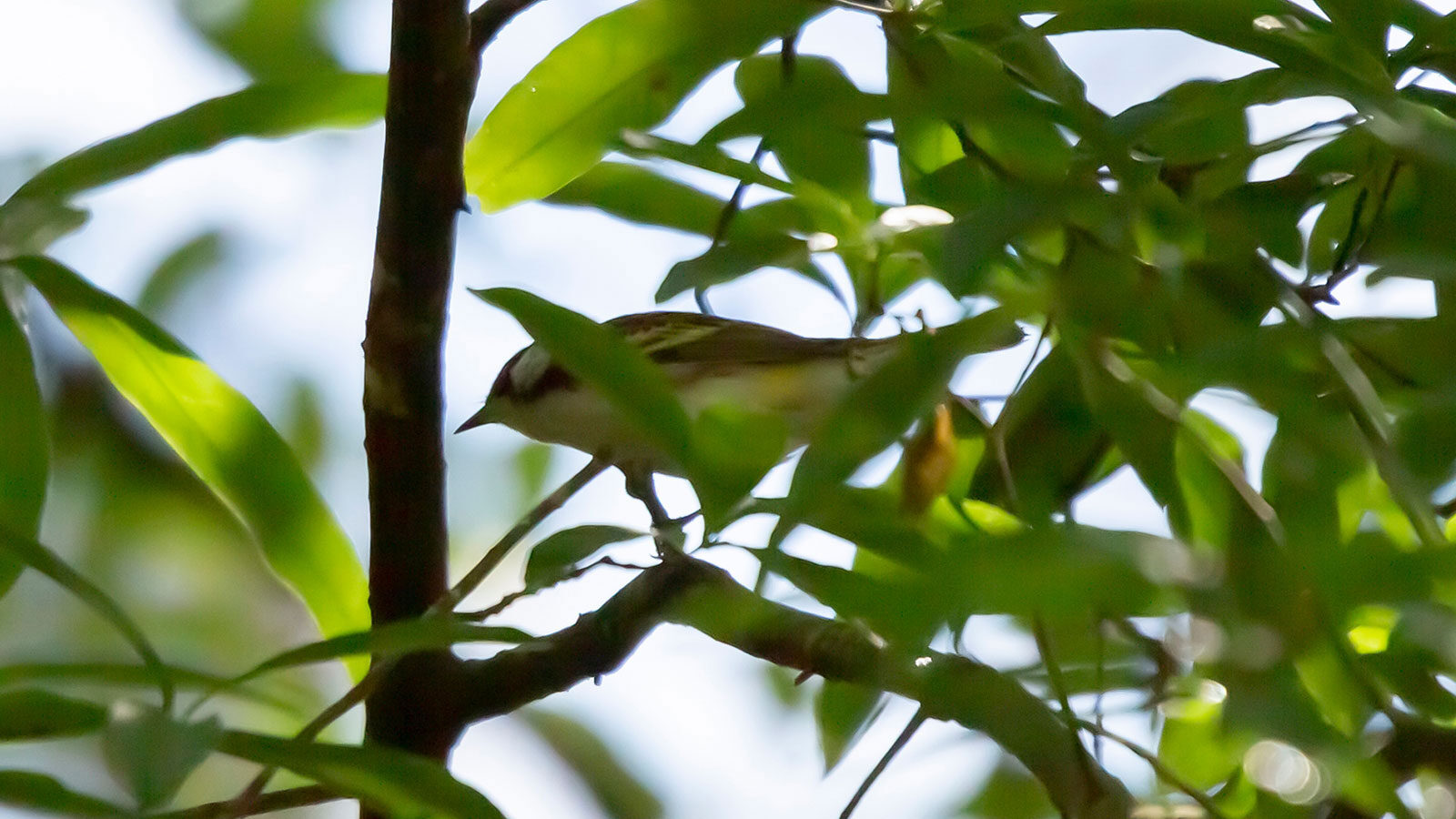
Chestnut-Sided Warblers
Chestnut-sided warblers migrate through North Louisiana during the fall and spring. These warblers tend to make pitstops in meadows near forests and in yards. You're most likely to find these birds flitting around tree limbs.
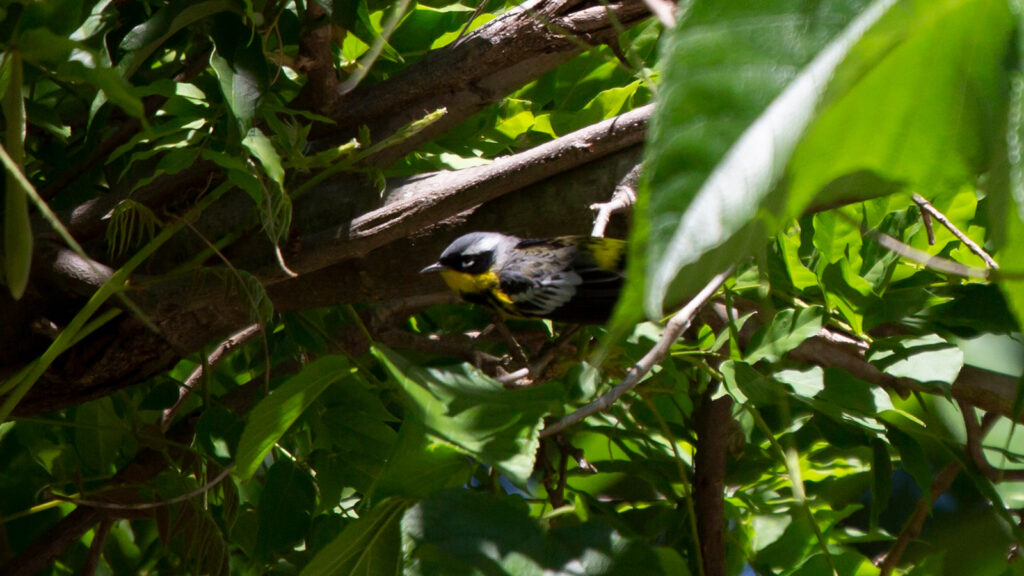
Magnolia Warblers
Magnolia warblers migrate through North Louisiana in the spring and fall. You'll likely meet them in forests or your yard. Get a quick look. These birds are fast.
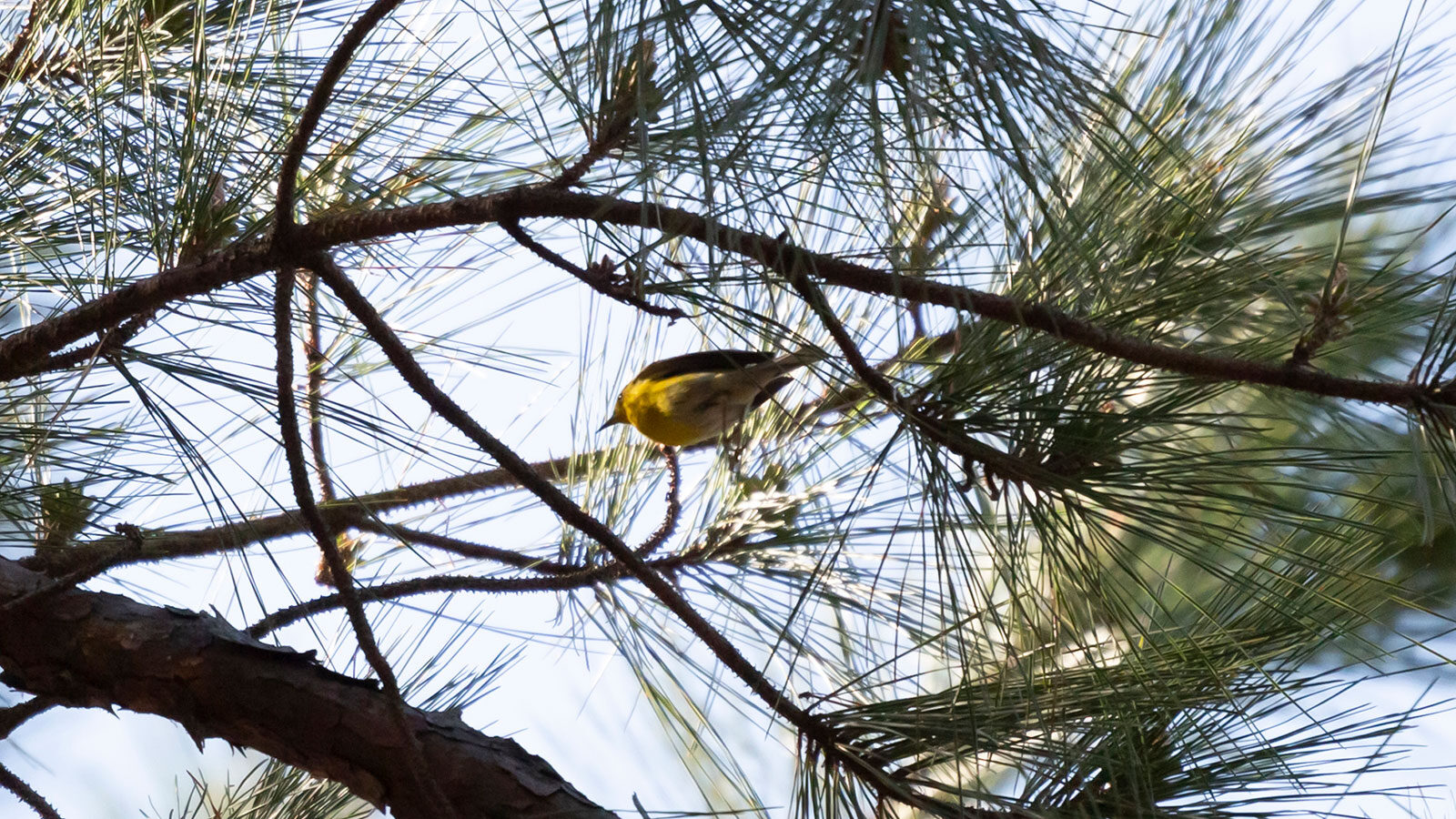
Pine Warblers
Pine warblers live in North Louisiana year round, although they are more common in the winter. As their name indicates, you're most likely to meet these birds in the pine trees in forests or your yard.
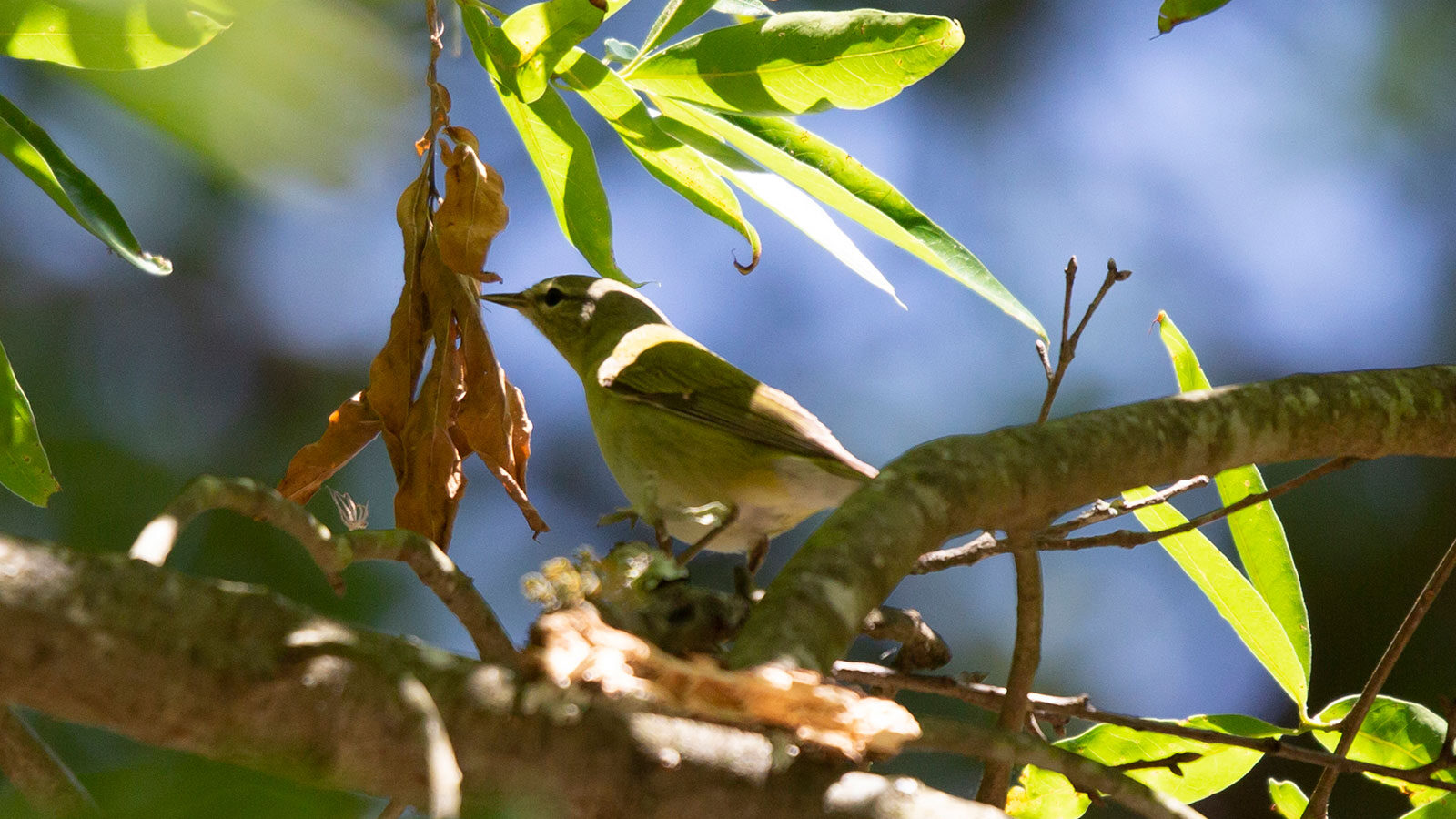
Tennessee Warblers
These migrants flit through North Louisiana during the spring and fall. Tennessee warblers hang out in forests, and that's where you'll likely find them...in a forest or in your yard.
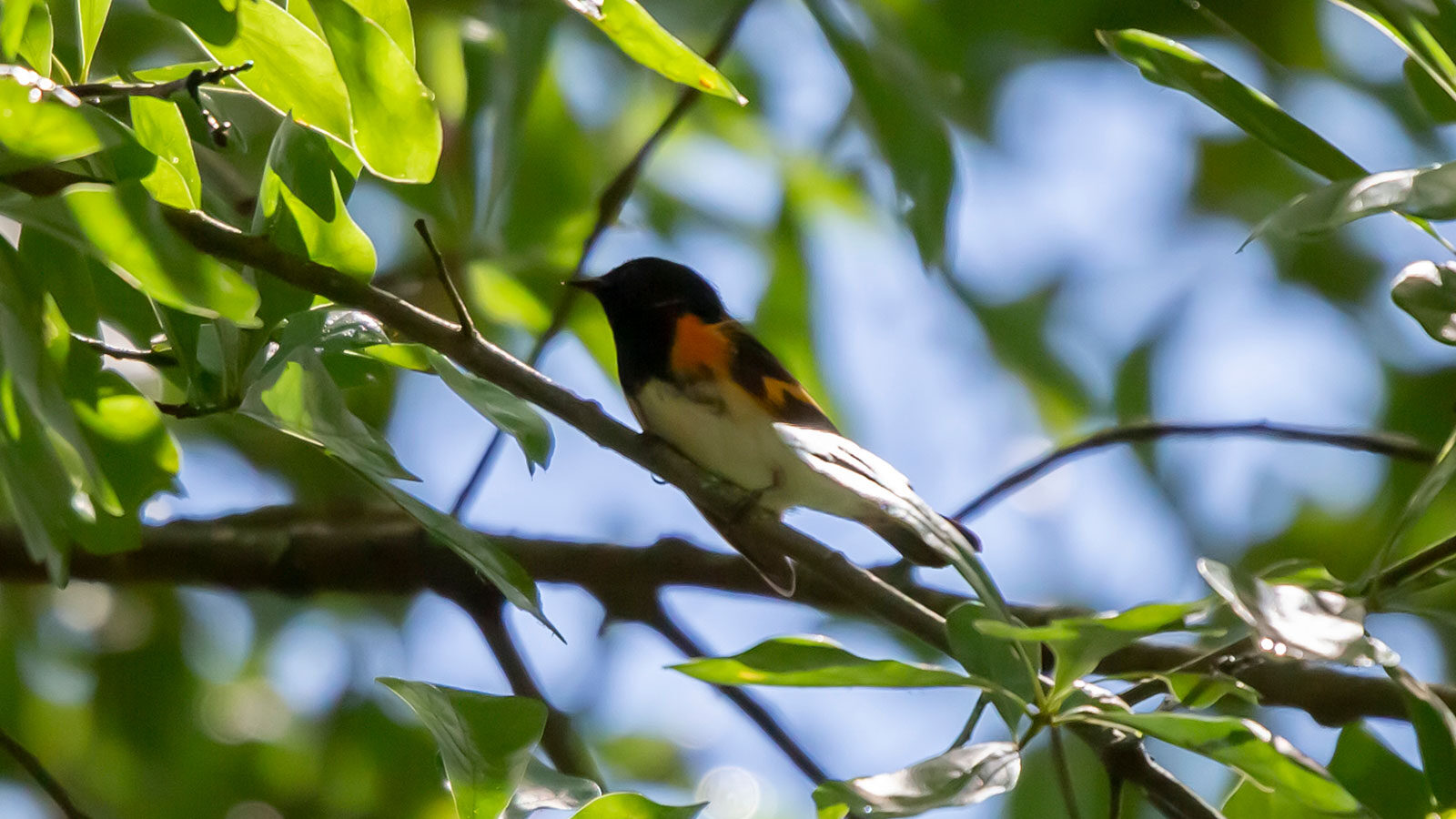
American Redstarts
Like northern parulas, American redstarts spend the spring and summer in North Louisiana. These warblers like hardwoods, and you'll find them hanging out in oak trees in forests and yards. You're most likely to catch them foraging on limbs.
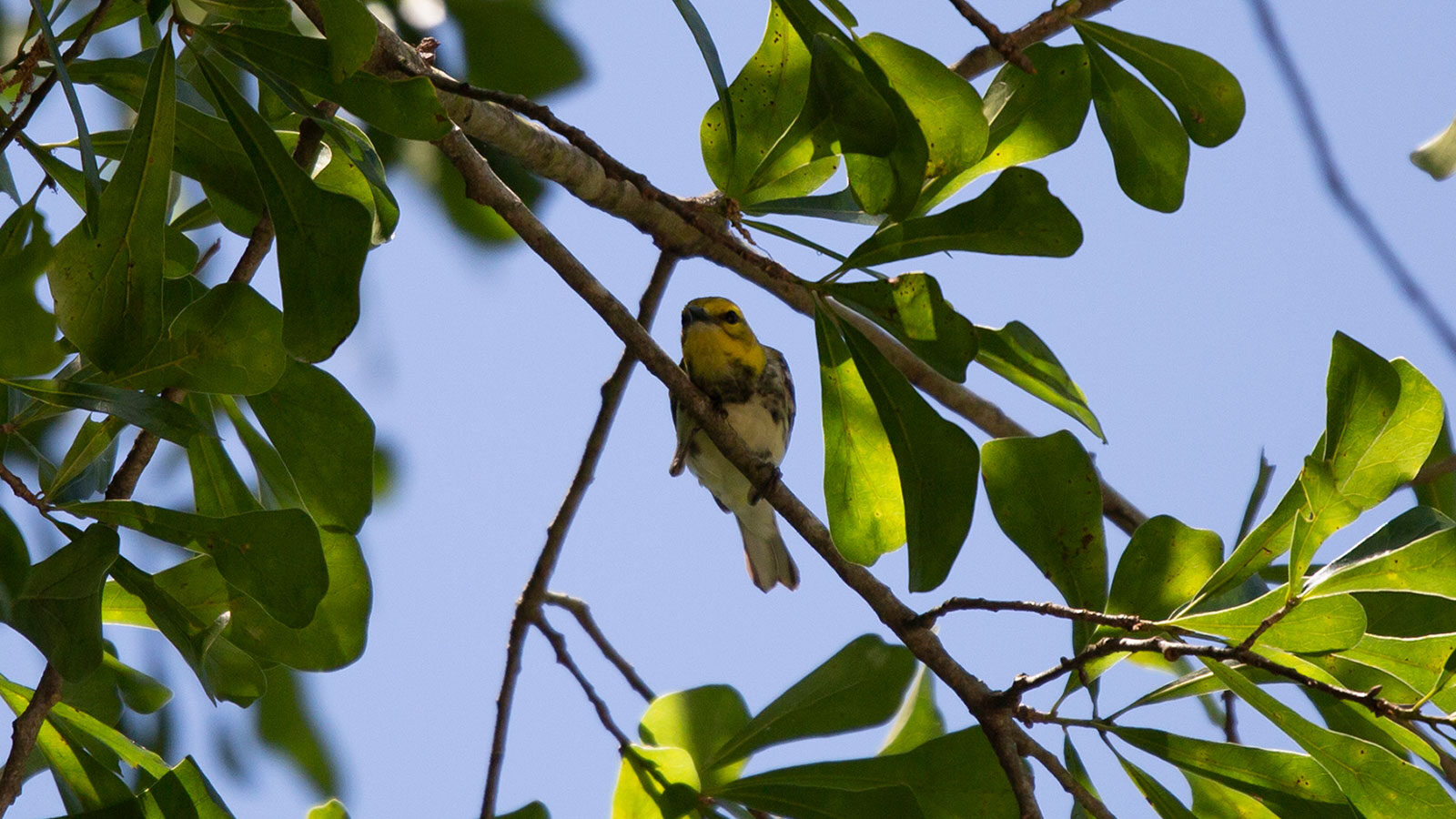
Black-Throated Green Warblers
Black-throated green warblers migrate through North Louisiana in the fall and spring. You're likely to find them in forests near wetlands or your yard. They're likely to be flitting between limbs when you meet them.
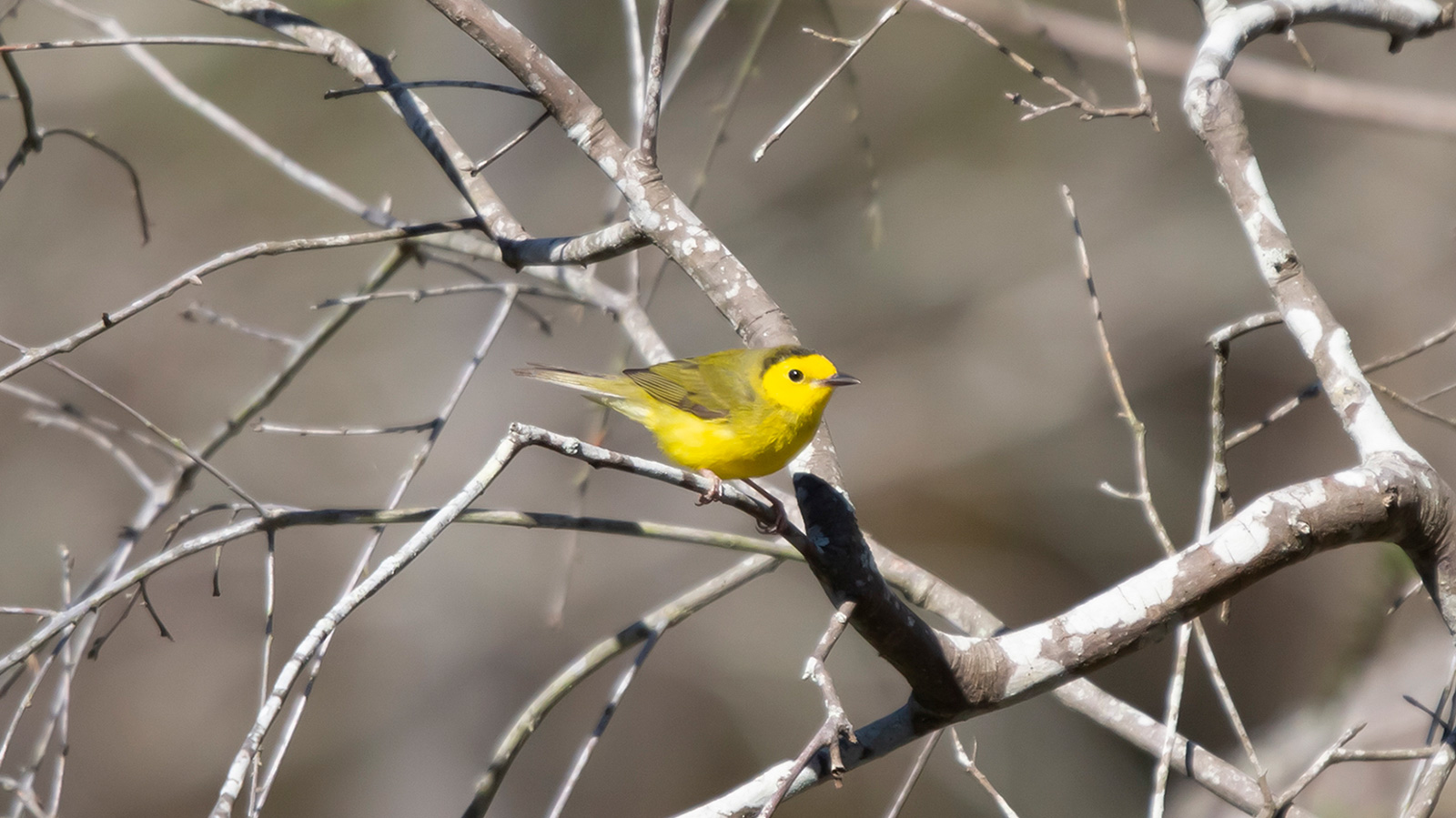
Hooded Warblers
Hooded warblers live in North Louisiana during the spring, summer, and fall. These warbs hang out in forests, especially those near lakes and swamps. They'll most likely be flitting from limb to limb or be perched on lookout when you meet them.
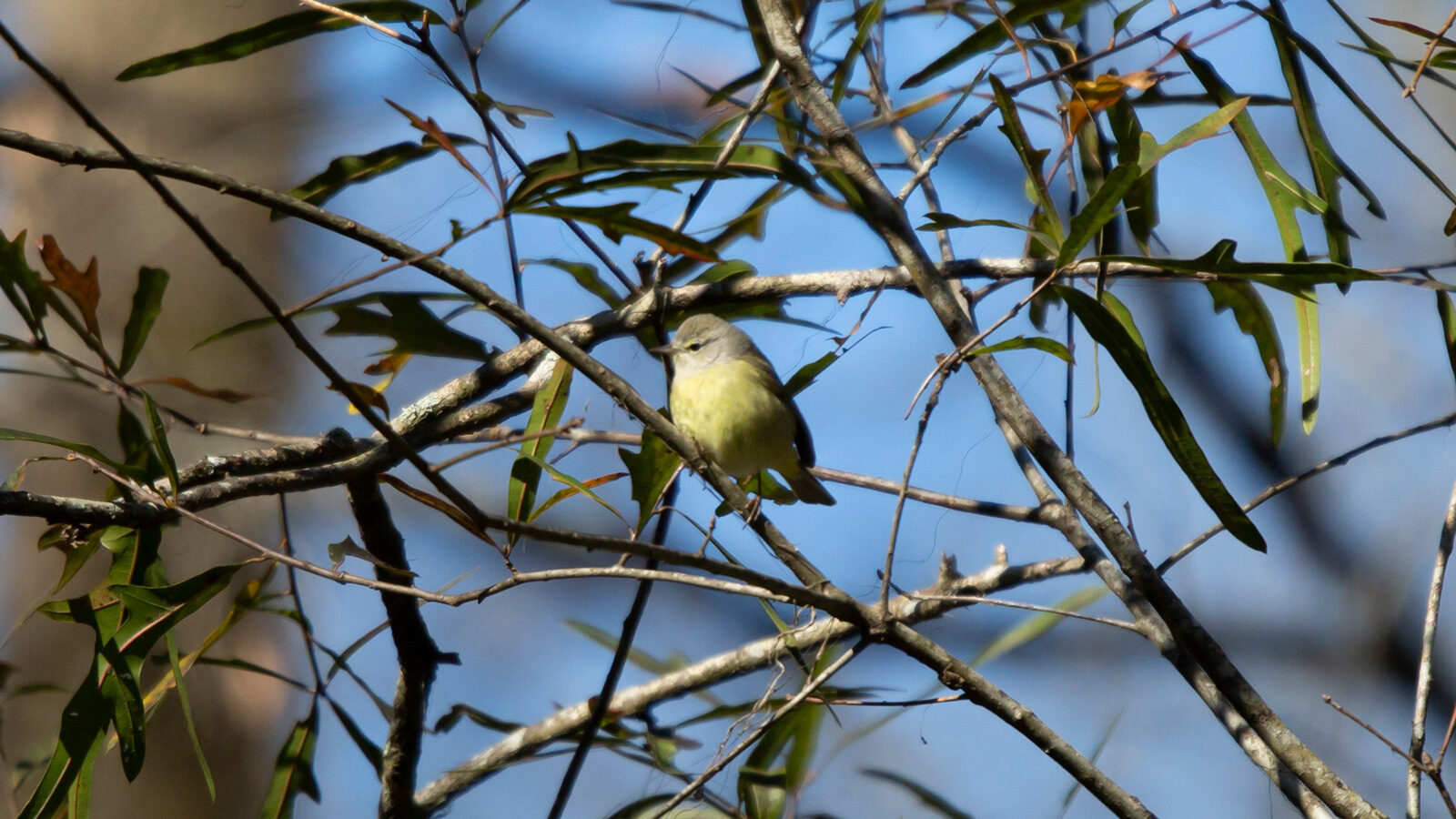
Orange-Crowned Warblers
Orange-crowned warblers winter in North Louisiana's forests and yards. They'll likely be foraging in bushes or low-hanging tree branches when you meet them.
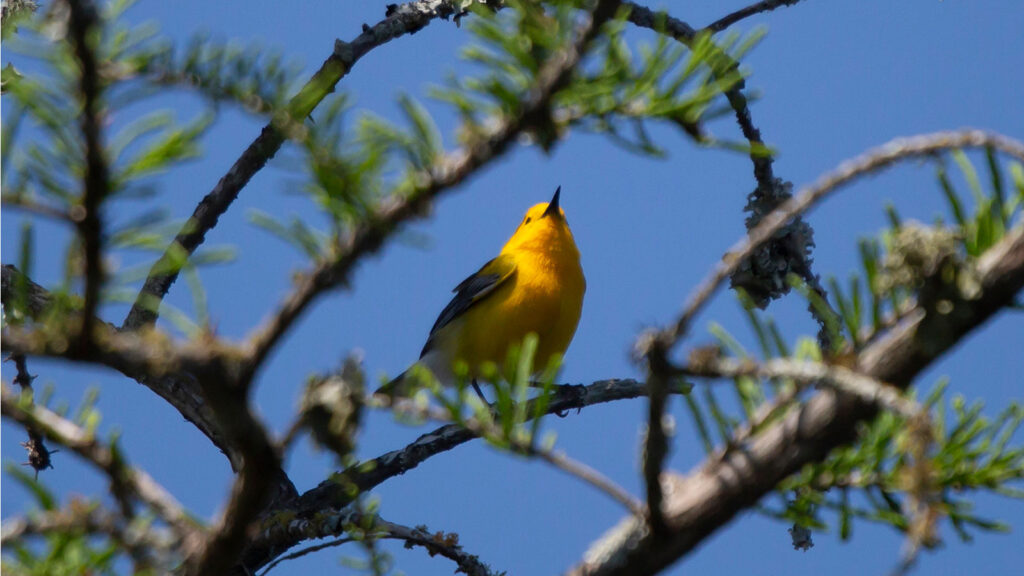
Prothonotary Warblers
Prothonotary warblers hang out in forests, particularly those that surround swampland. You're most likely to meet these pretty, yellow birds after the weather turns warm in spring. They leave the area in the winter.
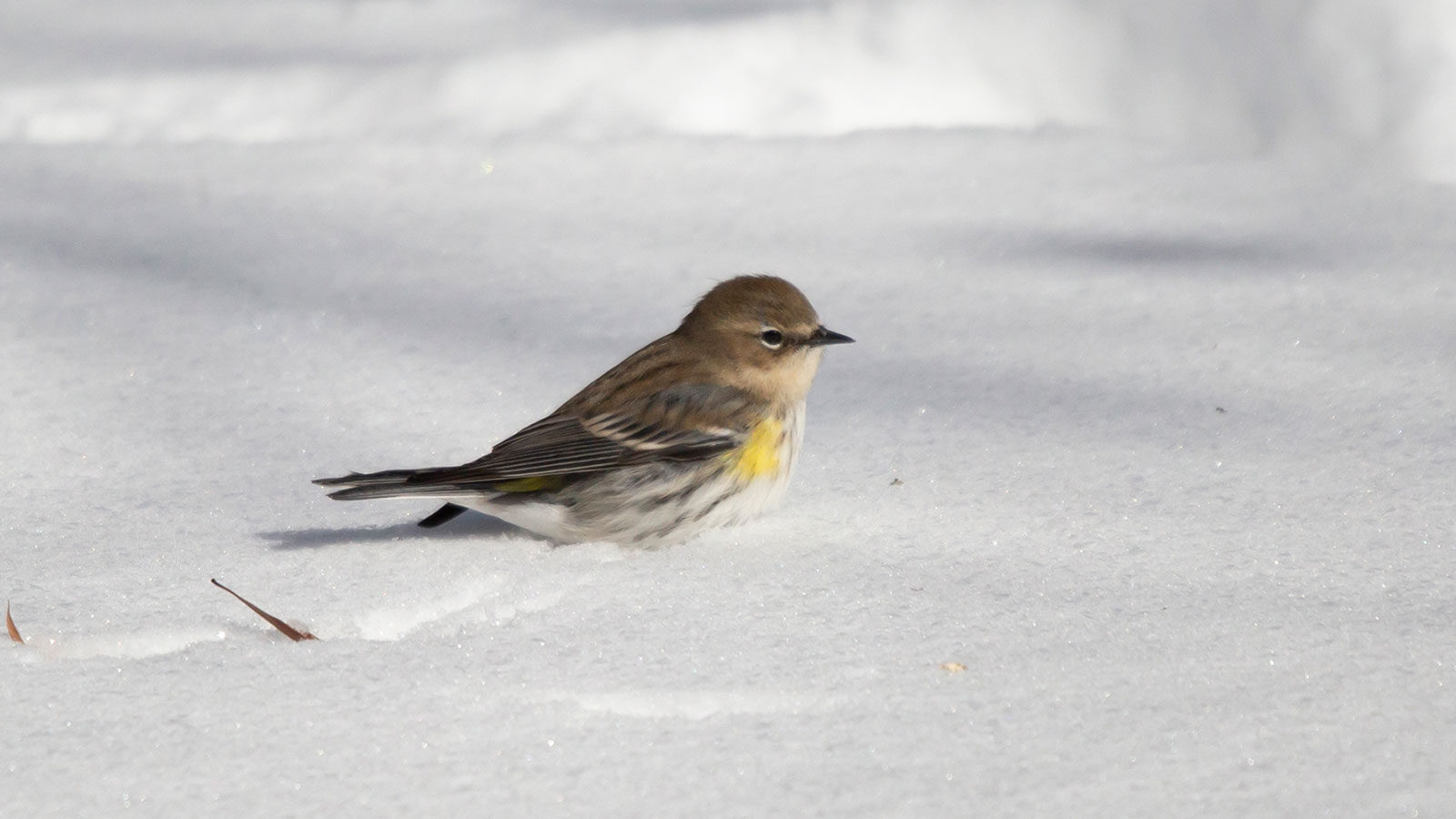
Yellow-Rumped Warblers
Yellow-rumped warblers are common visitors to North Louisiana during the winter. These birds hang out in forests and yards, and you're likely to find them in the branches of your own trees.
Woodpeckers
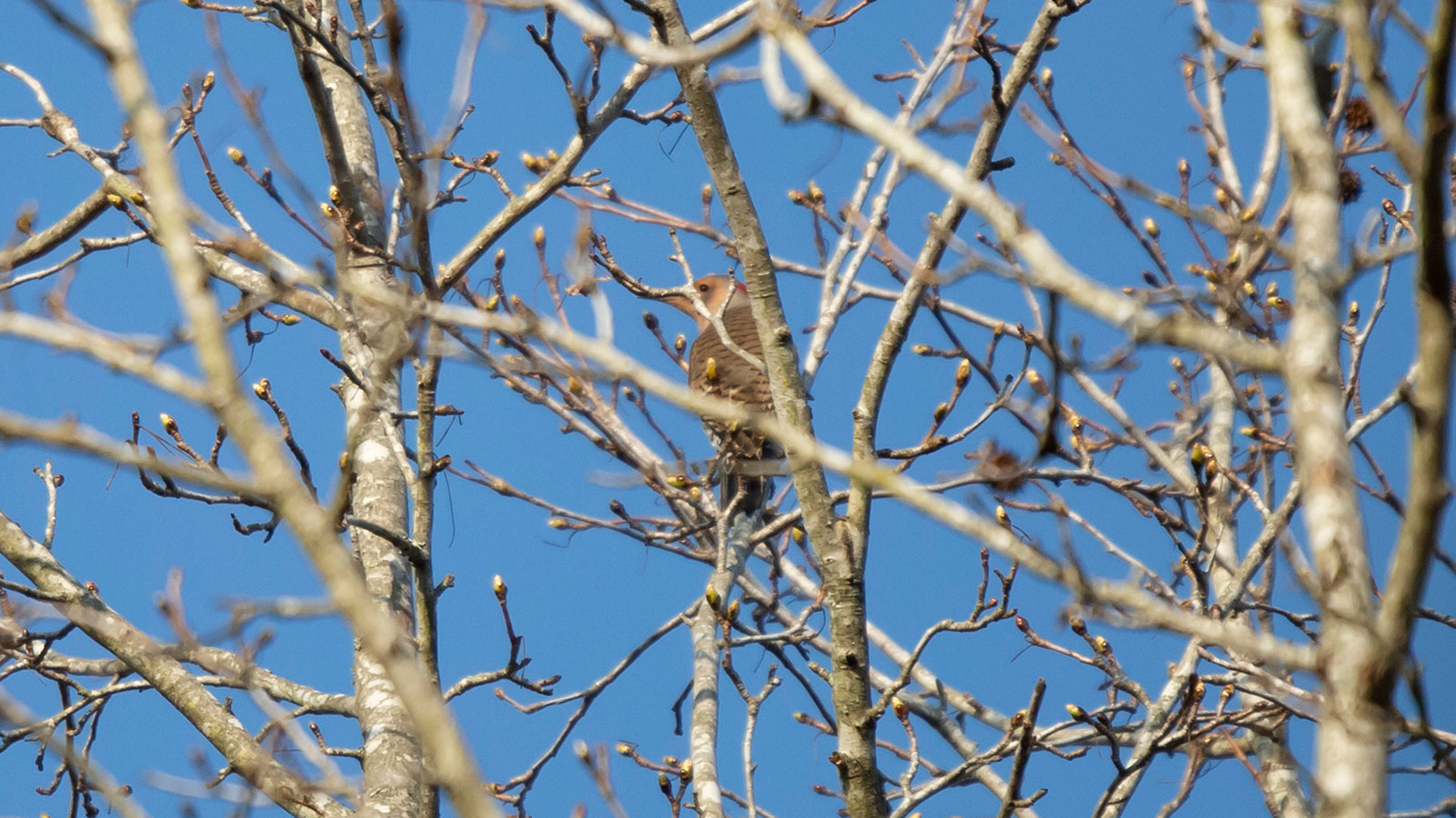
Yellow-Shafted Northern Flickers
Yellow-shafted northern flickers live in North Louisiana year round. These large woodpeckers hang out in trees near meadows, especially those near swamps. You're most likely to meet a flicker in a wetlands area or in your yard.
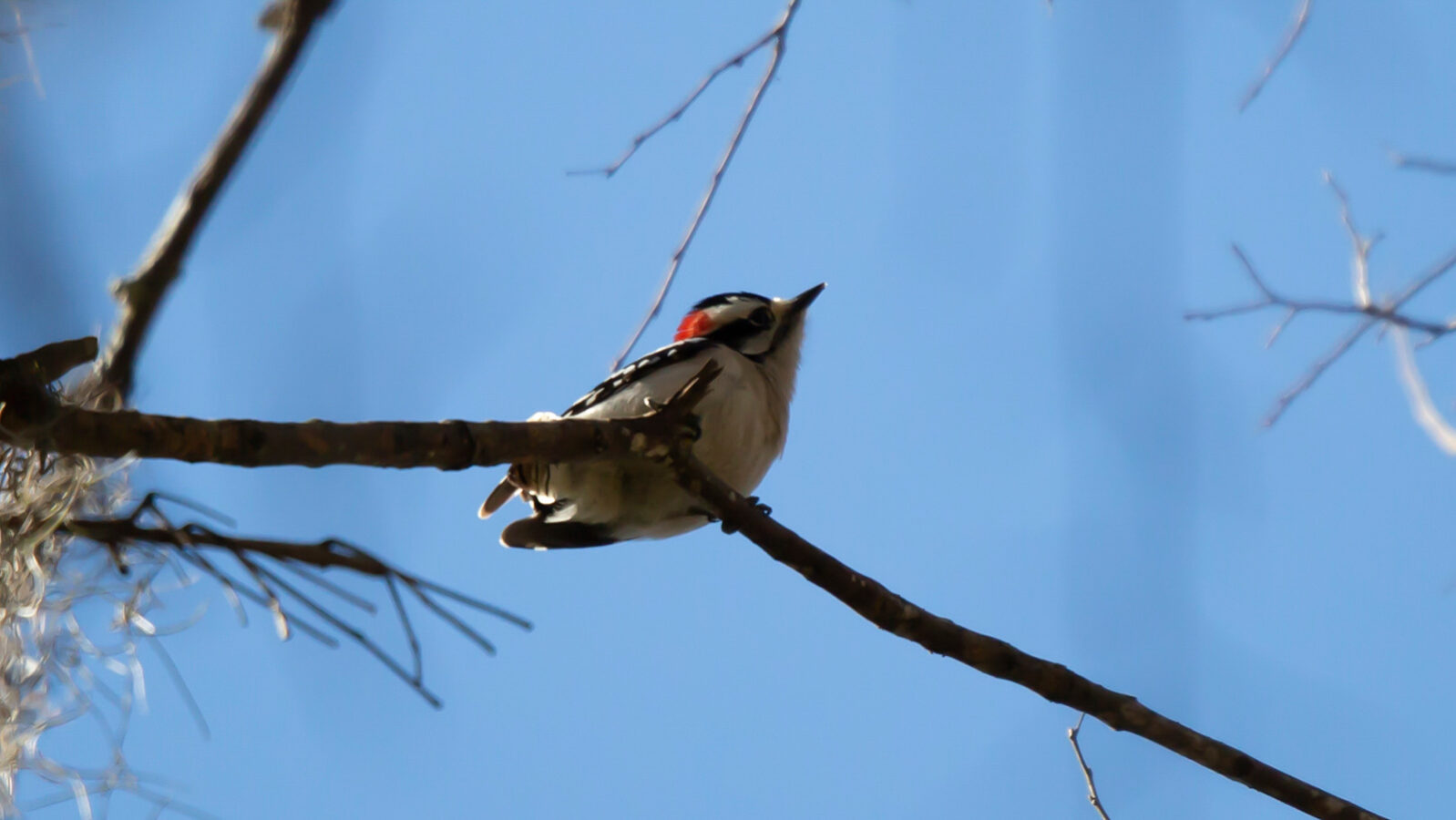
Downy Woodpeckers
Downy woodpeckers hang out in North Louisiana forests year round. When you meet them, they'll likely be searching for bugs in a tree.
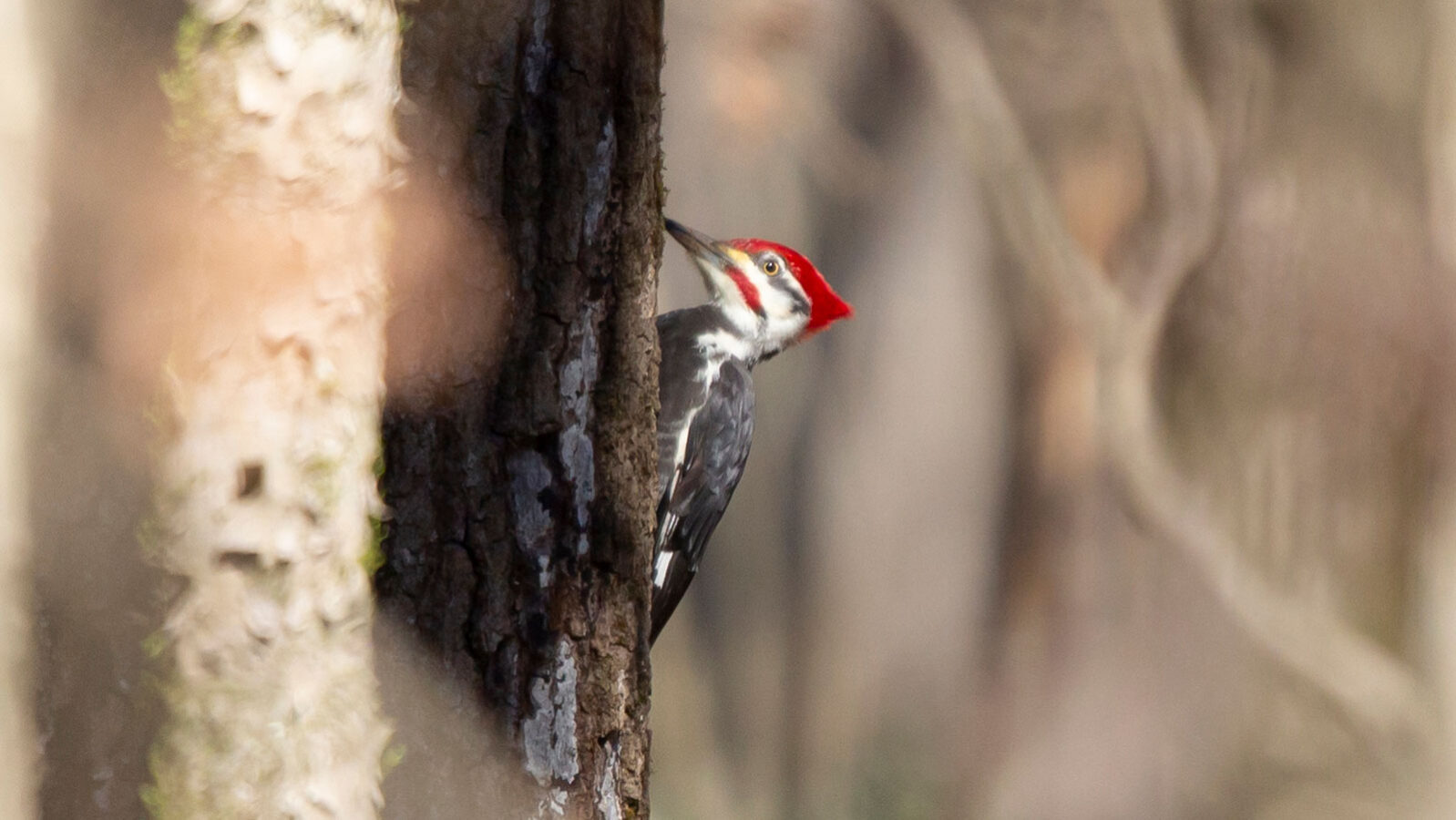
Pileated Woodpecker
Pileated woodpeckers live in North Louisiana year round. These woodpeckers live in forests, and you're likely to meet them first by hearing their machine like drilling.
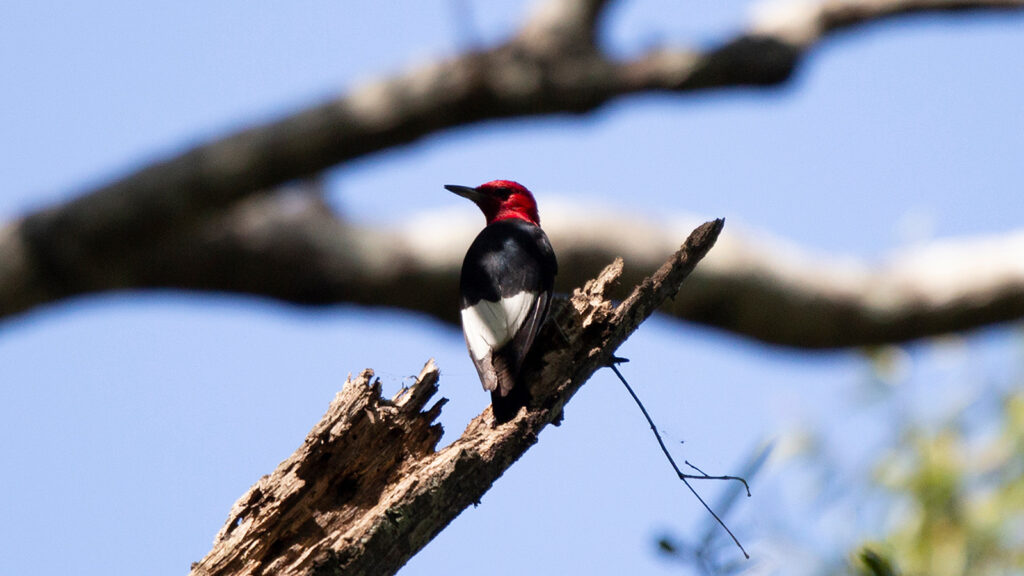
Red-Headed Woodpeckers
Red-headed woodpeckers hang around North Louisiana year round. Your most likely to meet these pretty birds in forests near swamps.
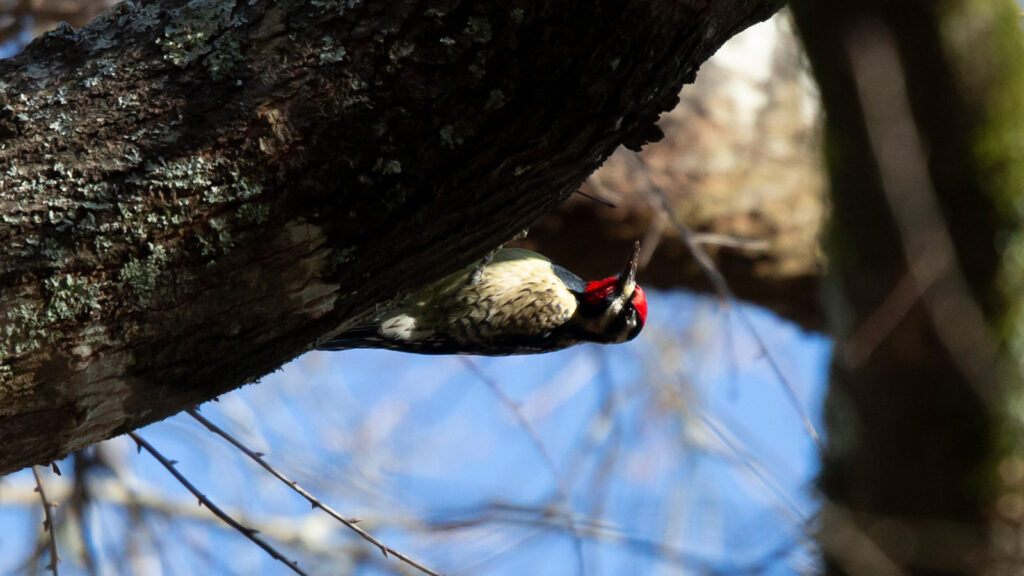
Yellow-Bellied Sapsuckers
Yellow-bellied sapsuckers arrive in North Louisiana in the early fall and hang out through the winter. You're likely to see these birds drilling a tree in search of snacks or hanging off a tree branch. They hang out in forests and yards.
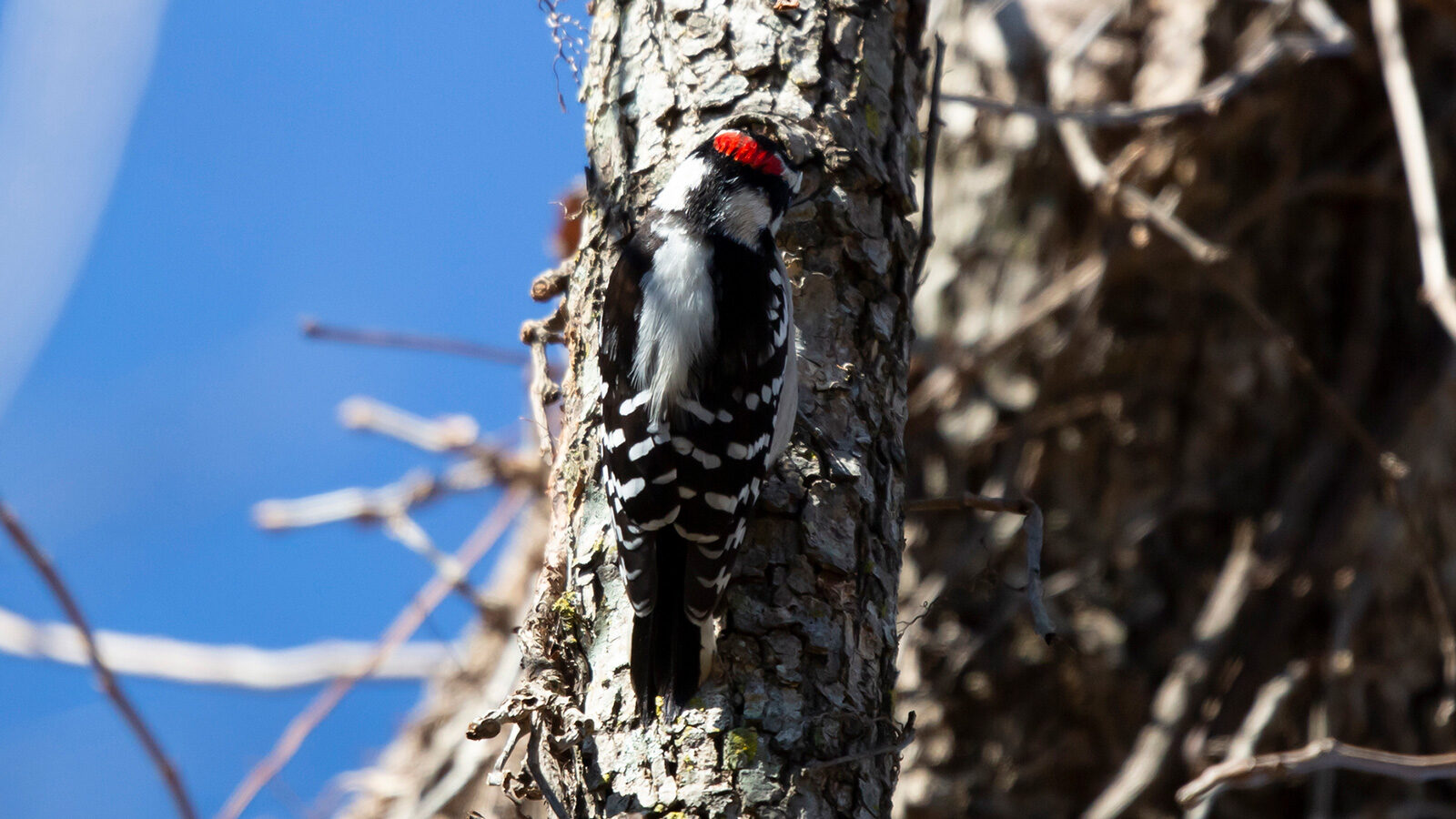
Hairy Woodpeckers
Like downy woodpeckers, hairy woodpeckers hang out in North Louisiana forests year round. You'll likely meet them in the forest as they forage for food.
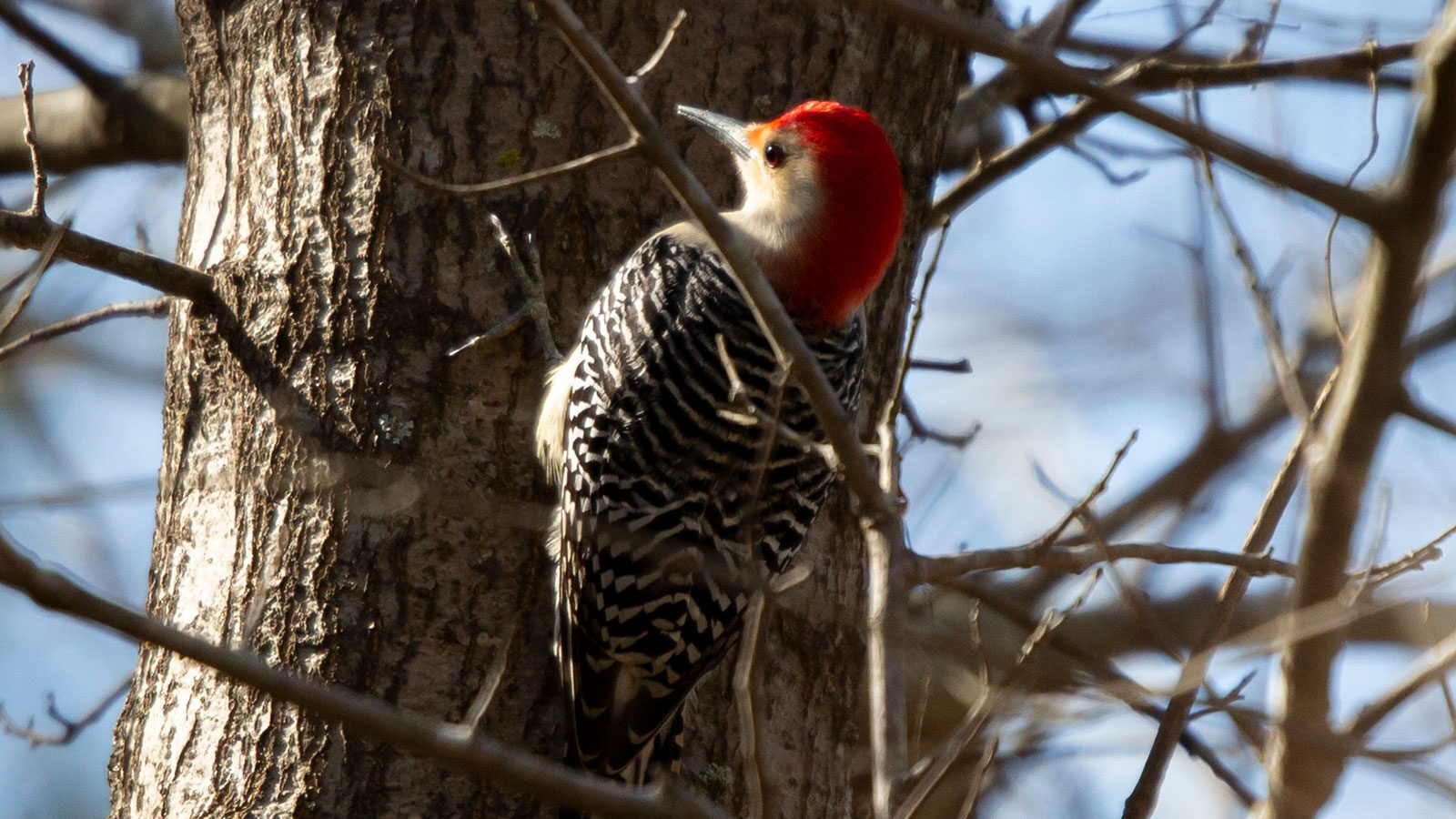
Red-Bellied Woodpeckers
Red-bellied woodpeckers live in North Louisiana year round. These birds live in forests, especially those near swamps, and yards.
Visit Our Wildlife
Explore North Louisiana's Outdoors.
Learn about birds found throughout North Louisiana's national wildlife refuges, Kisatchie National Forest ranger districts, state wildlife management areas, and state parks.